01-04 July 2019
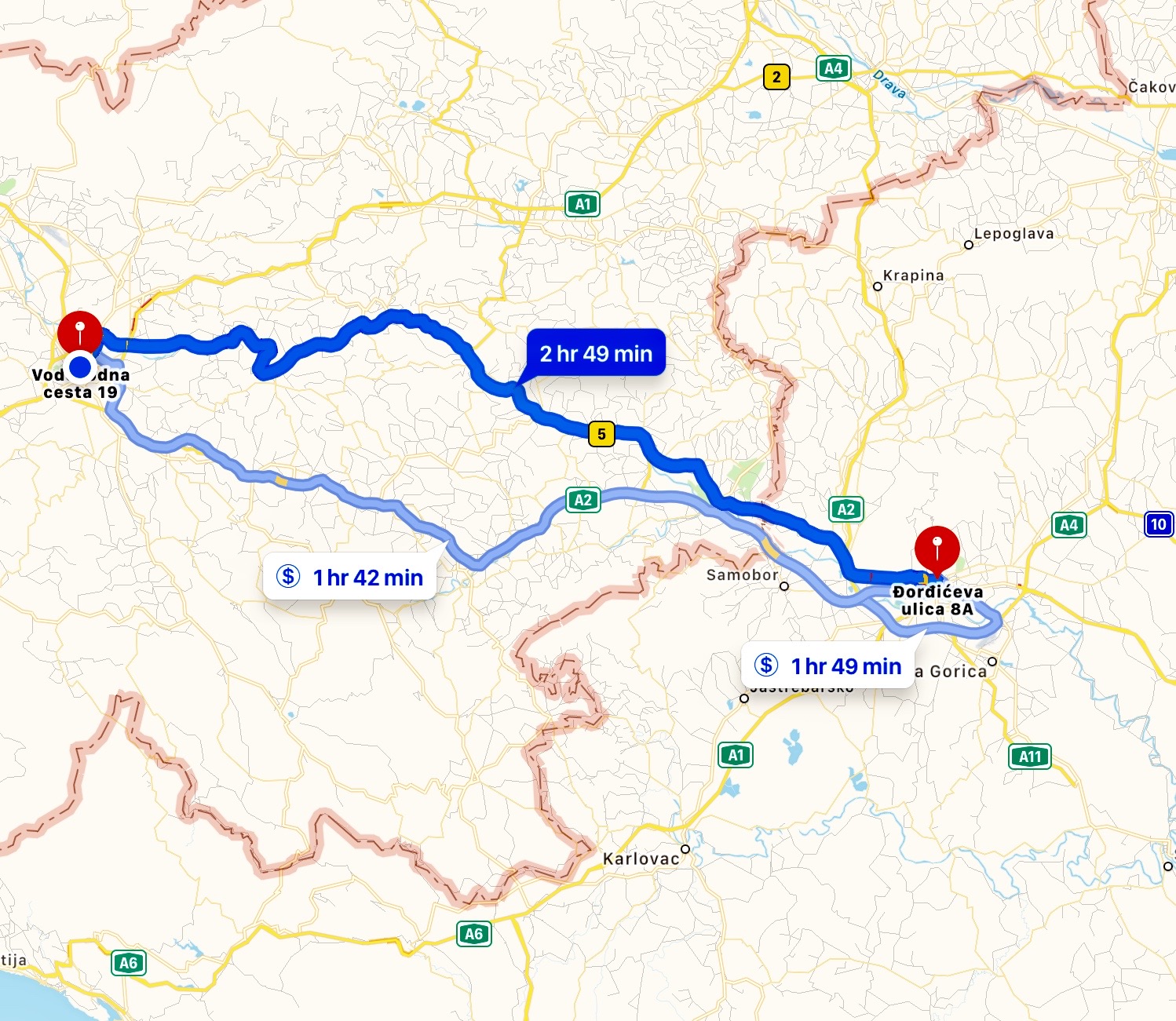
Getting here
Leaving Zagreb was easy peasy. We arrived at the border of Slovenia and bought the windshield sticker that pays for autostrada tolls. You now drive through abandoned toll booths throughout the country.
Because of another quirky intervention by Waze, we did not make it onto the freeway but ended up on a small local road that required one additional hour of driving time. But it was great.
We wound through beautiful green rolling countryside dotted with a few buildings that looked more Alpine than Mediterranean. We paralleled one major river, crossing it and a few others numerous times. The local road narrowed to one lane in a few places, requiring one-way traffic controlled by stop lights.
We weren’t in a hurry and the landscape was quite a change from the rocky dry landscape we experienced in western Croatia. Very green. Very forested. Very rounded. The rounded hills gave way to Alps in the distance, some still with snow. Austria is just beyond.

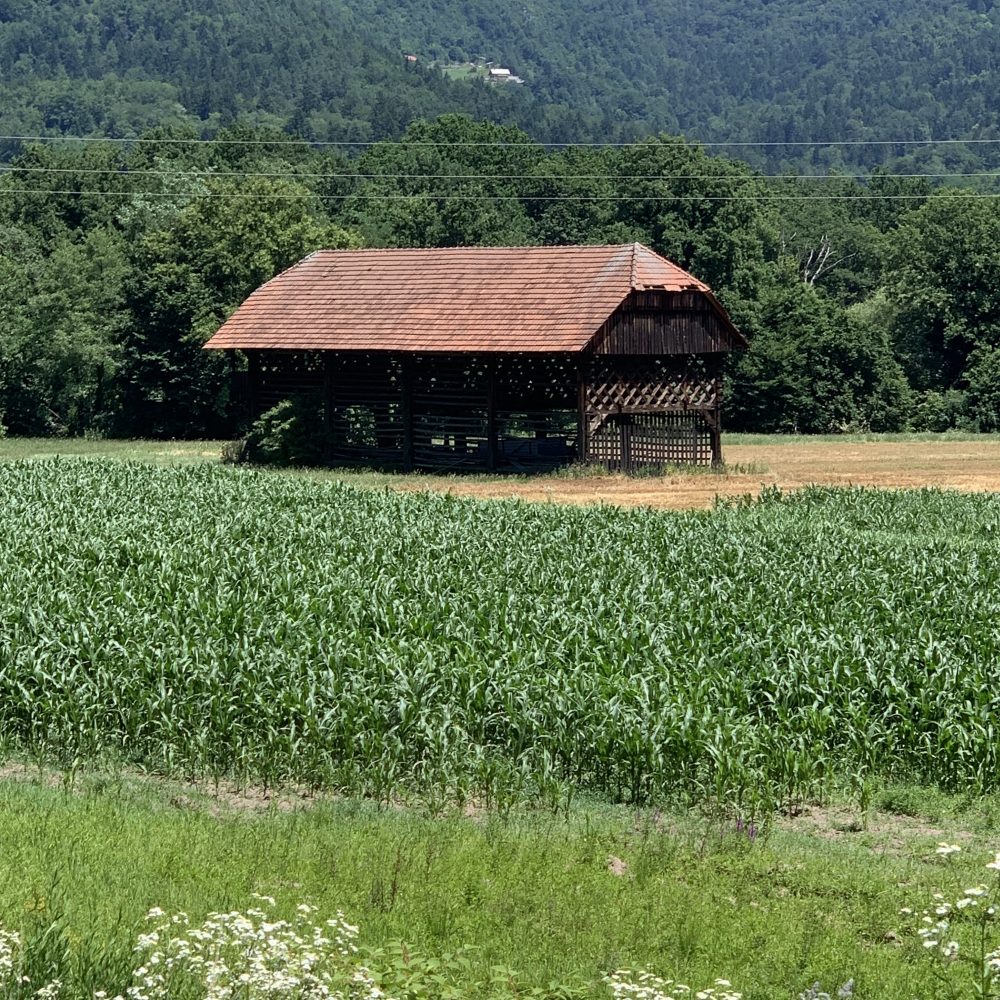
Ljubljana
Did we mention that Europe is in the midst of one of the worst heat waves in recent history? So when we arrived at our Airbnb and discovered that there was no AC (even though the listing showed it), we cancelled and quickly found another apartment within a short 4 Euro taxi ride to the city center.
The picturesque historic core of the city centers on the Ljubljanica river and tourists. It is quaint but in an urban style, heavily influenced by the architect Jože Plečnik (1872-1957) who designed many of its civic spaces and buildings in his particular style—a blend of classical and Art Nouveau. Symbolism was a key element in his design as we will show Elizabeth Byrne later in this post.
His triple bridge in the center of the district is a practical response to three pedestrian desire lines crossing the river. Rather than forcing everyone onto one bridge, his three-bridge solution gives an intimate scale to this center and yet creates a larger unified visual statement. Quite beautiful.
Plecnik studied with Otto Wagner and also worked in Prague. It turns out he was well connected with the mayor in Ljubljana and that explains his many commissions. Robert is not sure why his design work did not pop up in landscape architecture or urban design classes because Plečnik‘s grasp of designing civic spaces at a human scale is inspiring.
The city is awash with pedestrian zones. Conversion to an extensive network of pedestrian streets started about ten years ago. All have distinctive paving. All have tables, chairs, and canopies that make the parklet movement in the USA look amateur in comparison. Sitting down to have a drink or a bite to eat offers great people-watching—tourists, business people, toddlers in strollers, and construction workers.
Everyone in the city speaks some English. All are quite friendly. You walk by a restaurant at dinner time and they say hello but do not urge you to eat there. Quite a nice change from several weeks ago.
Wanderings
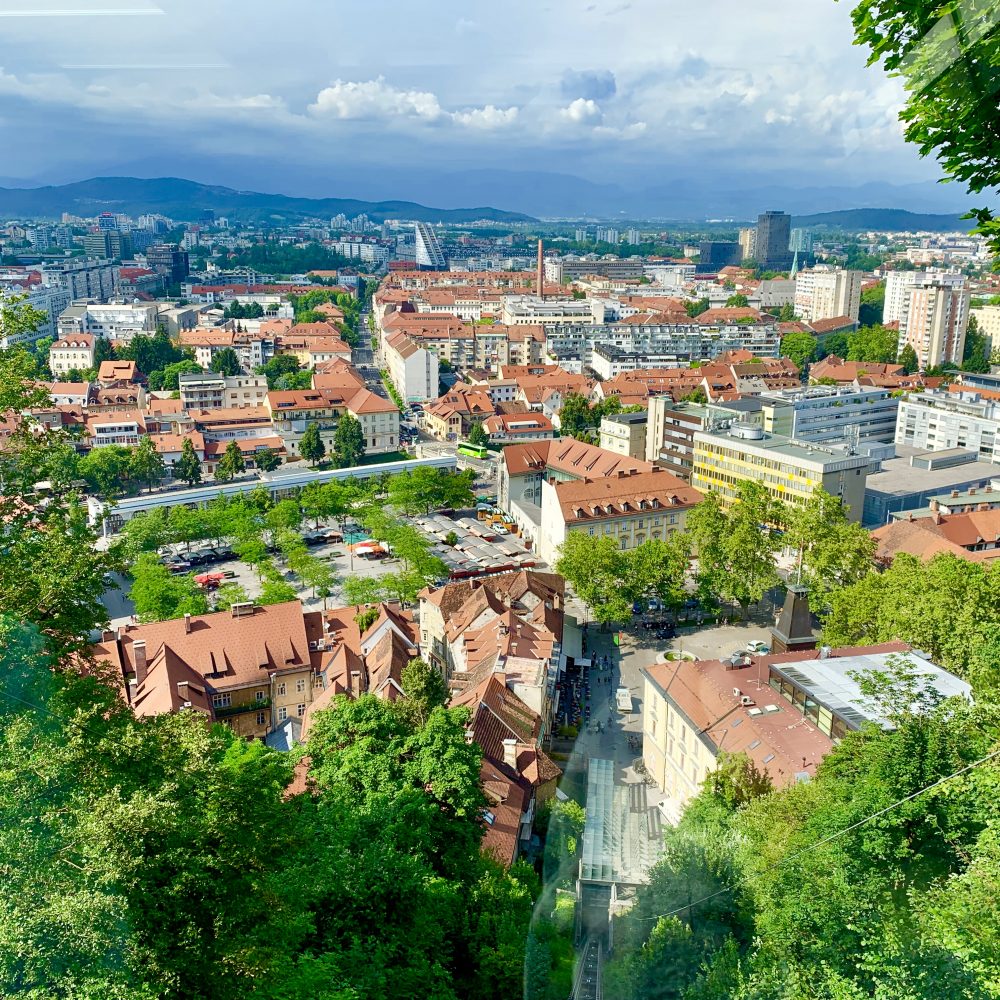
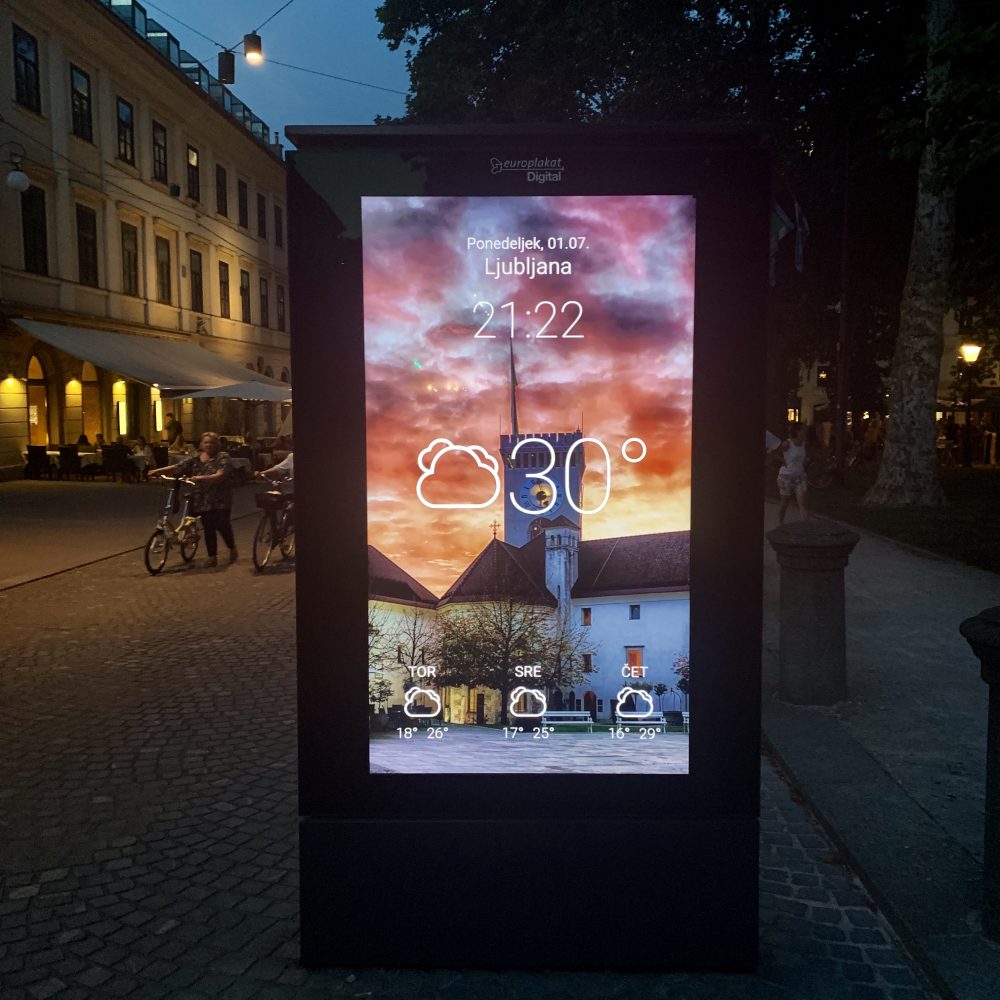
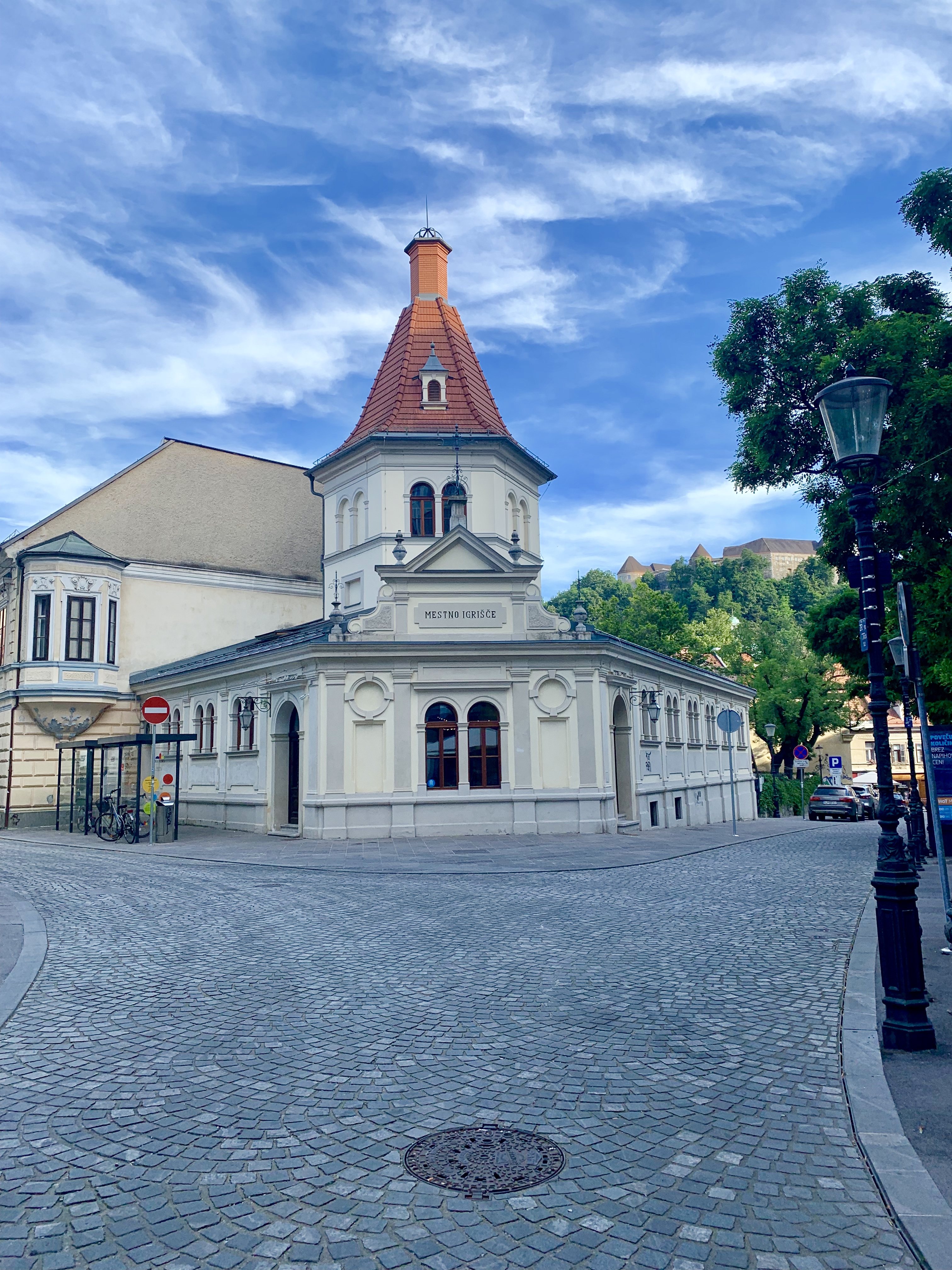
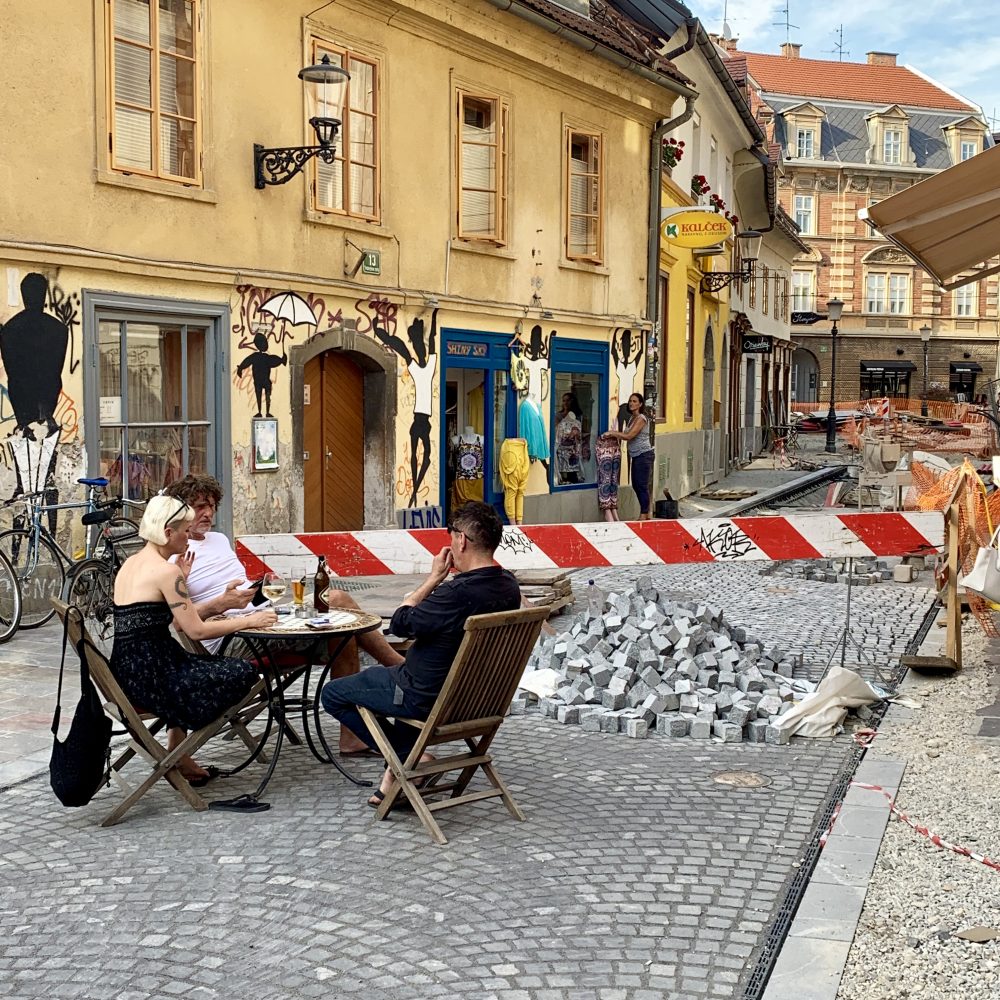
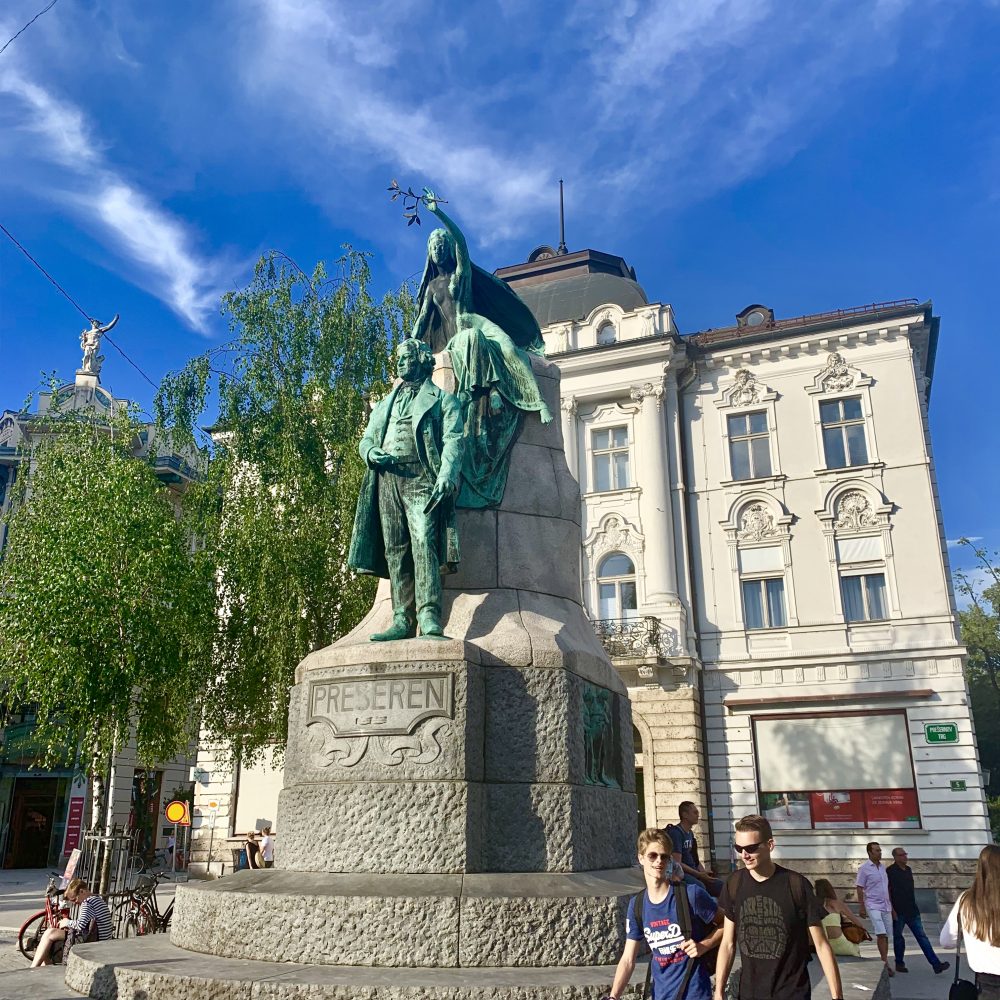
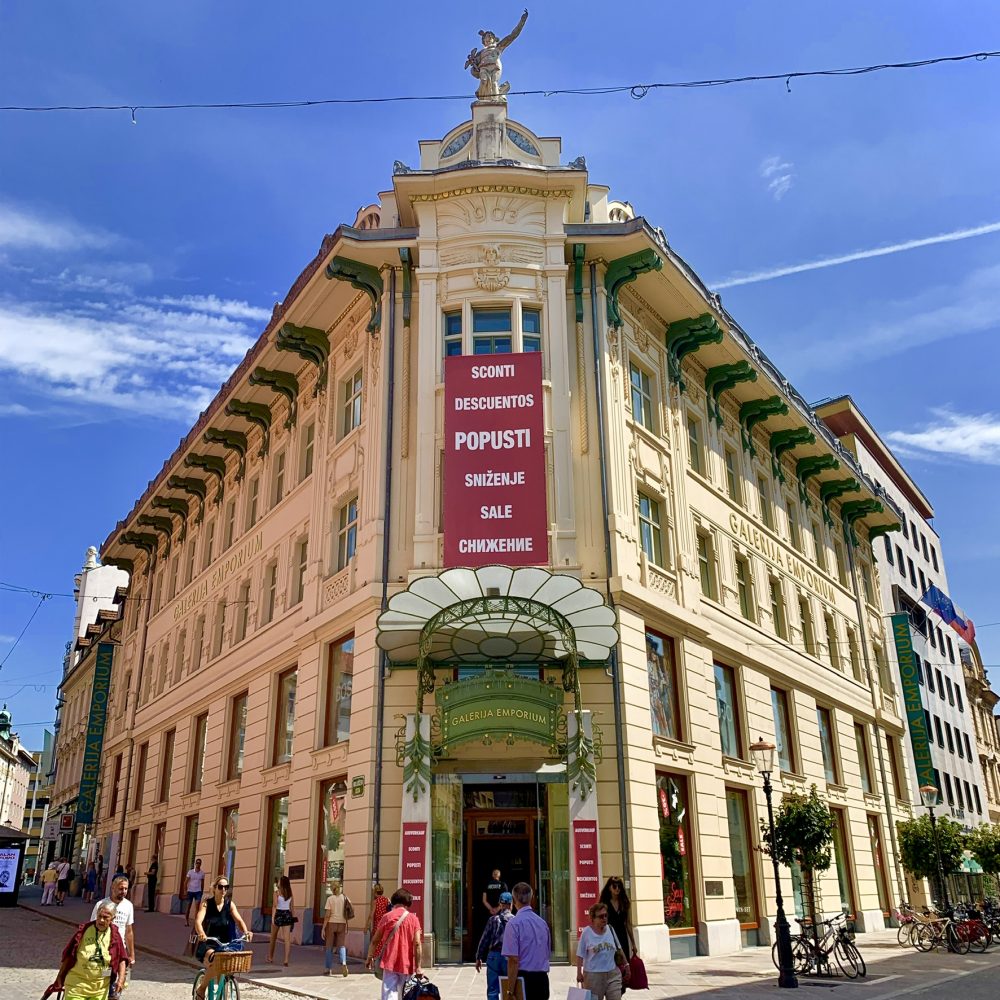
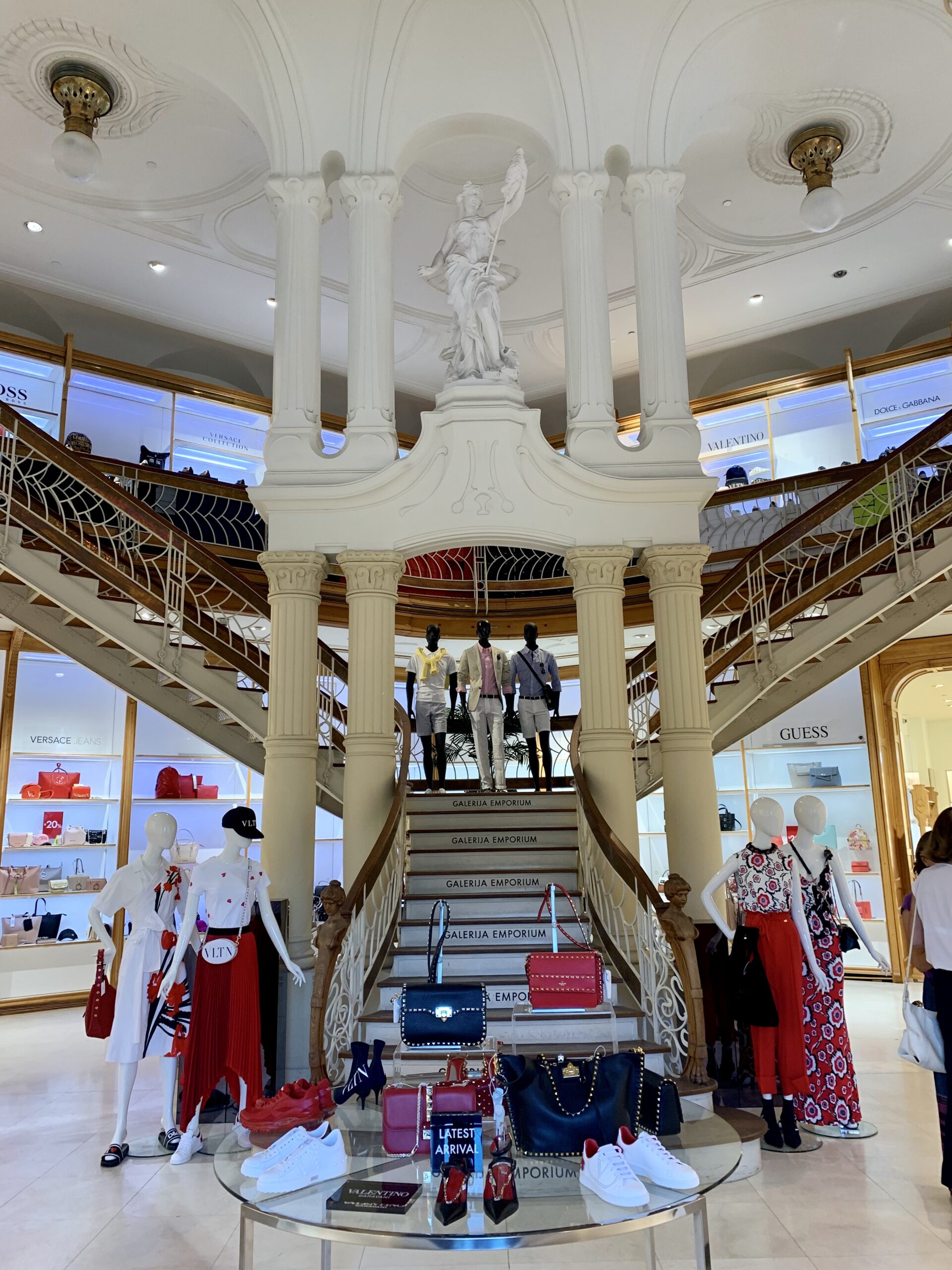
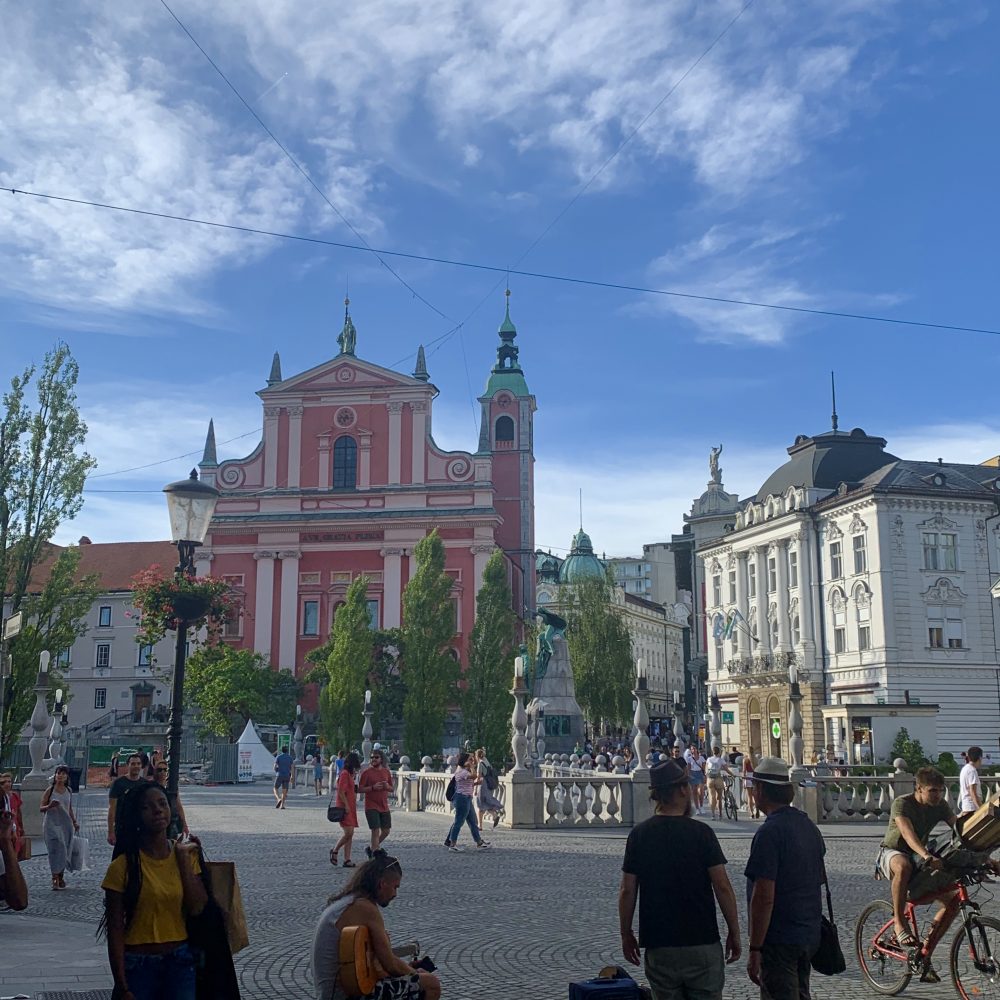
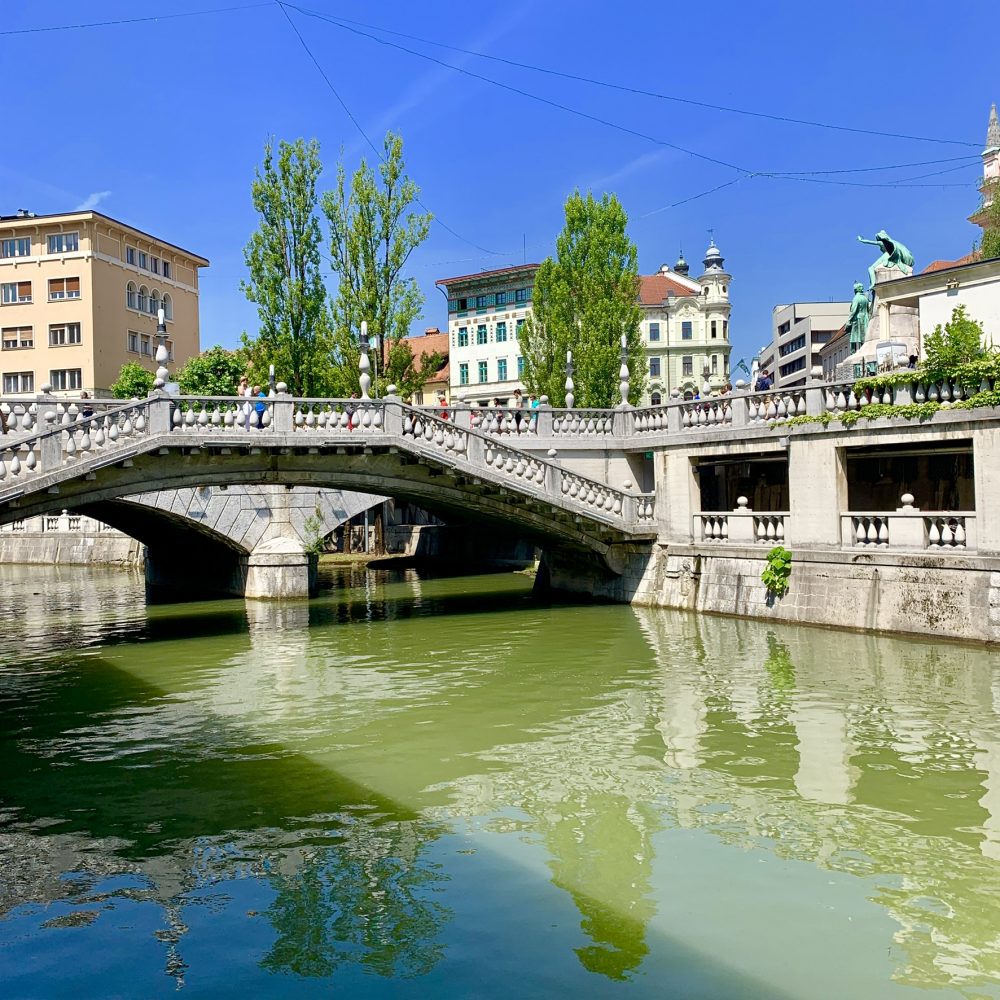
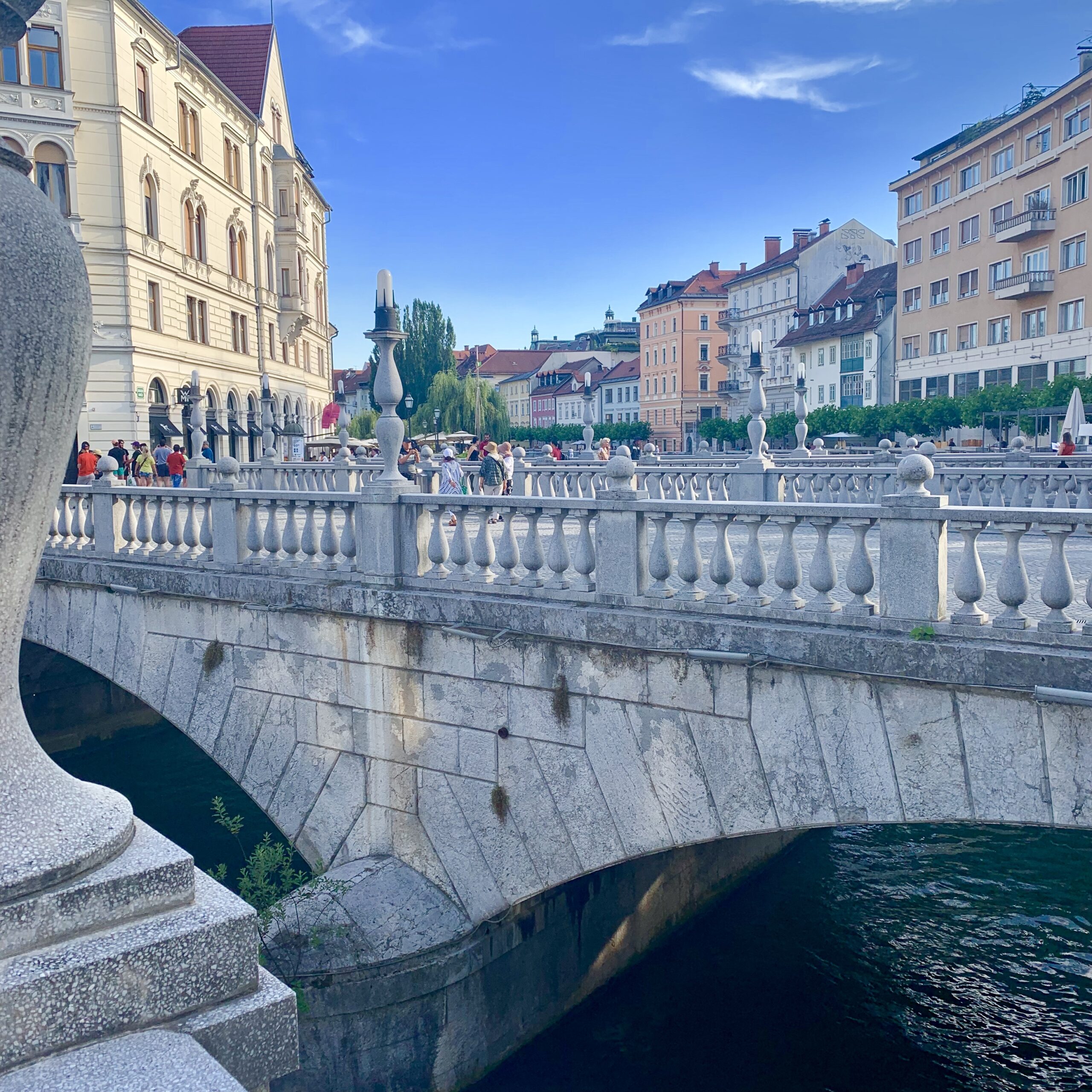
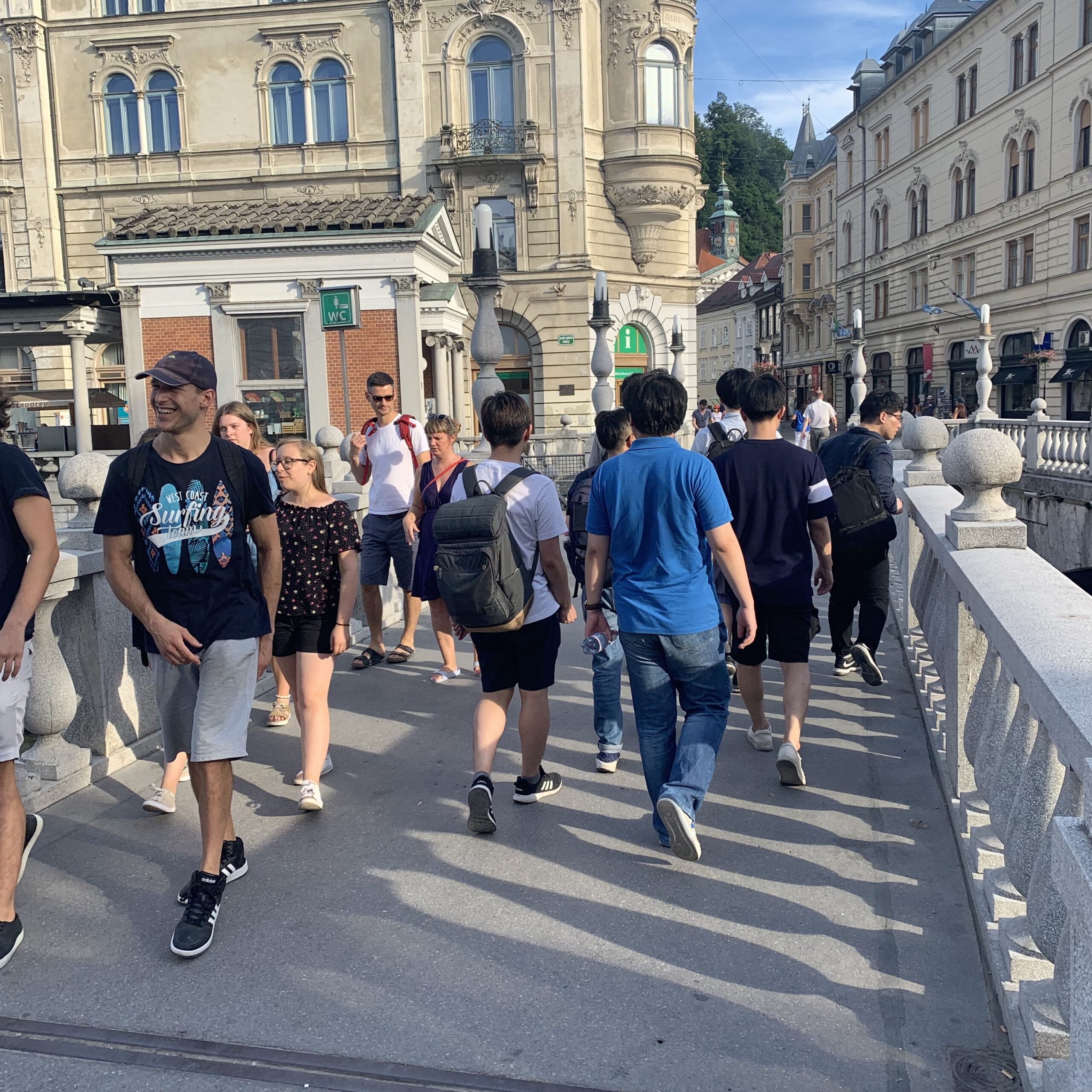
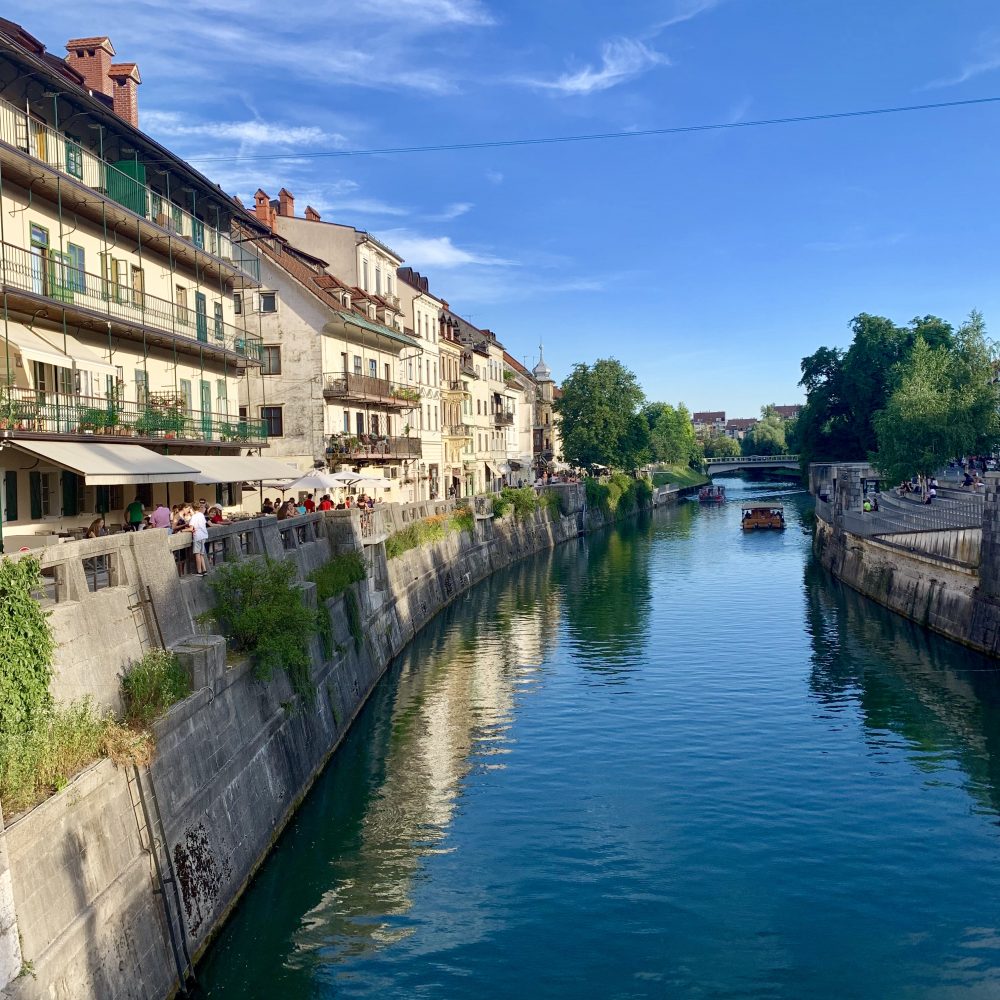
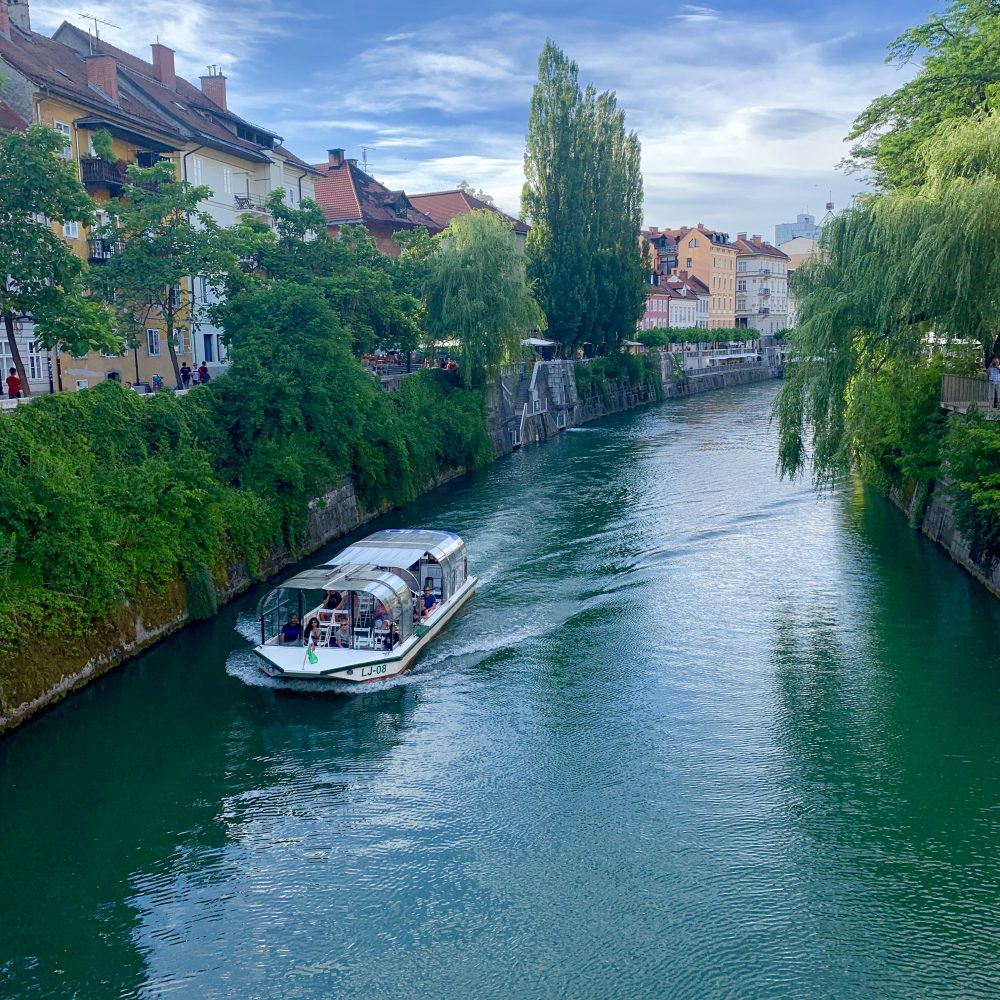
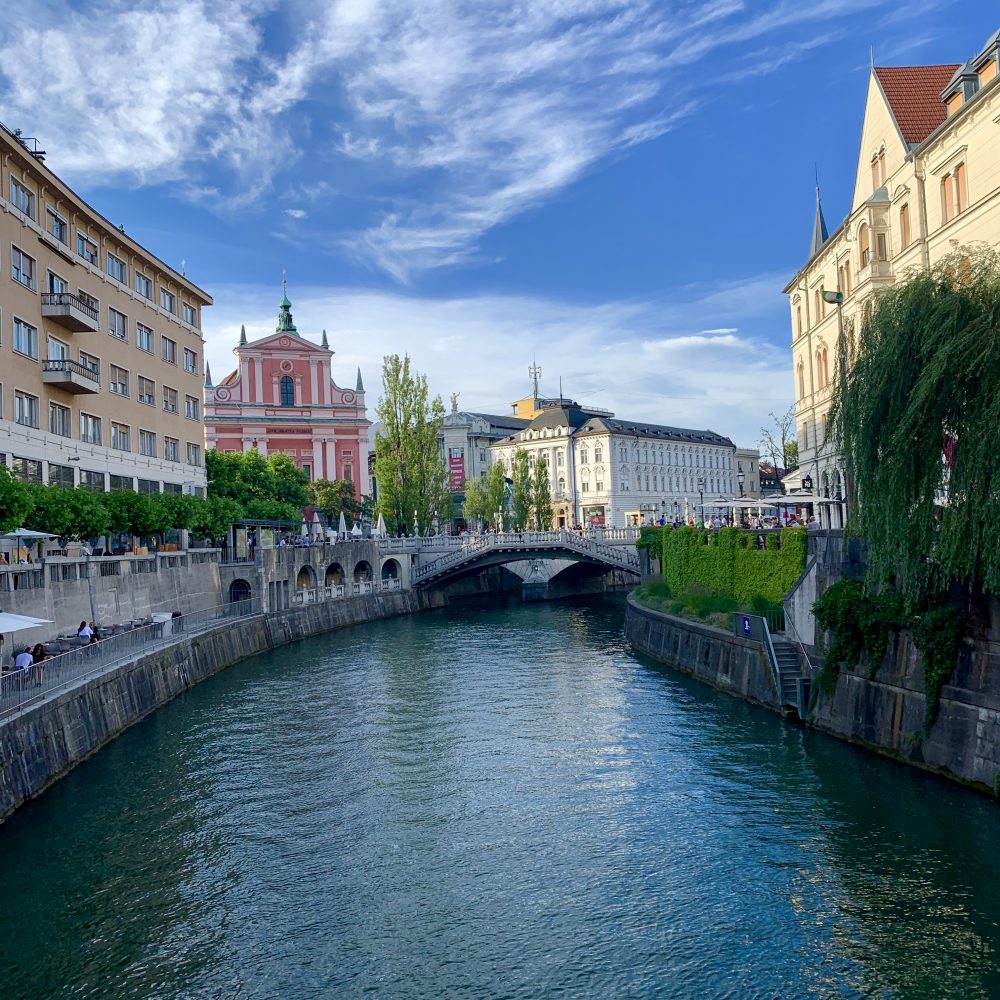
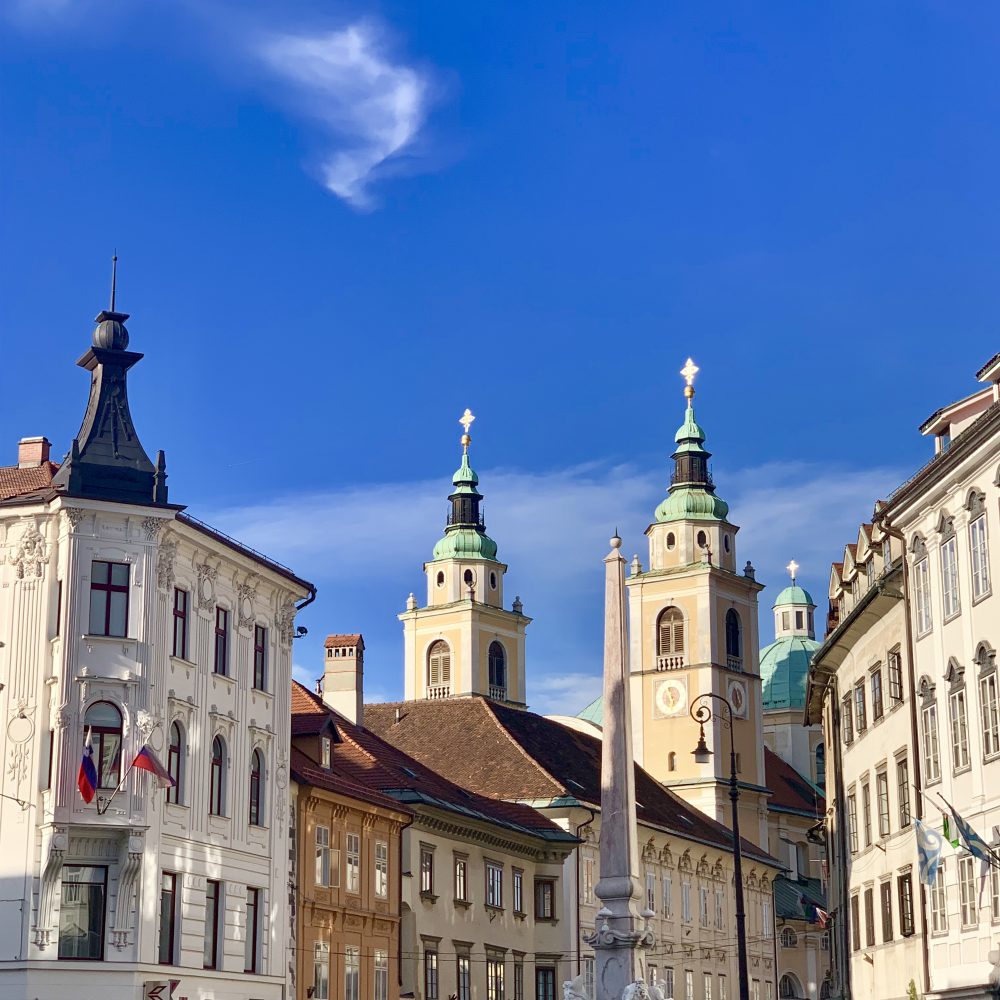
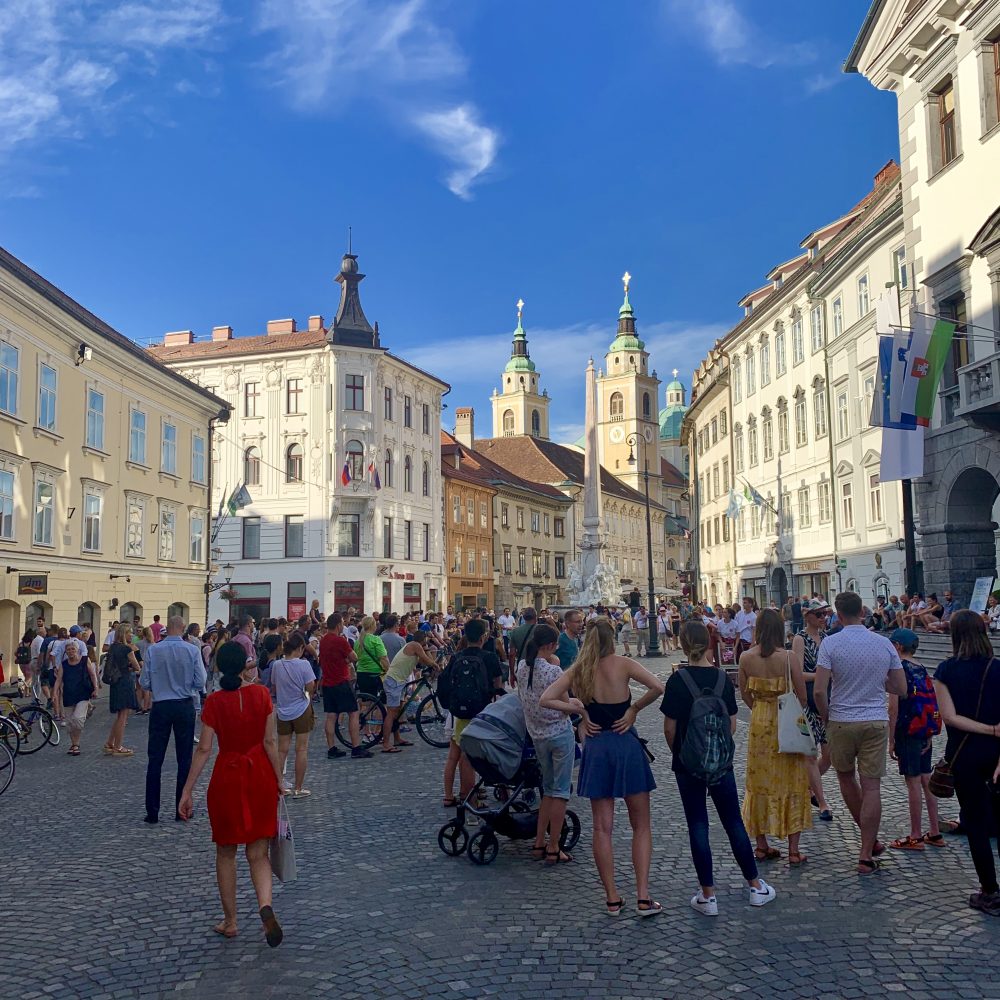
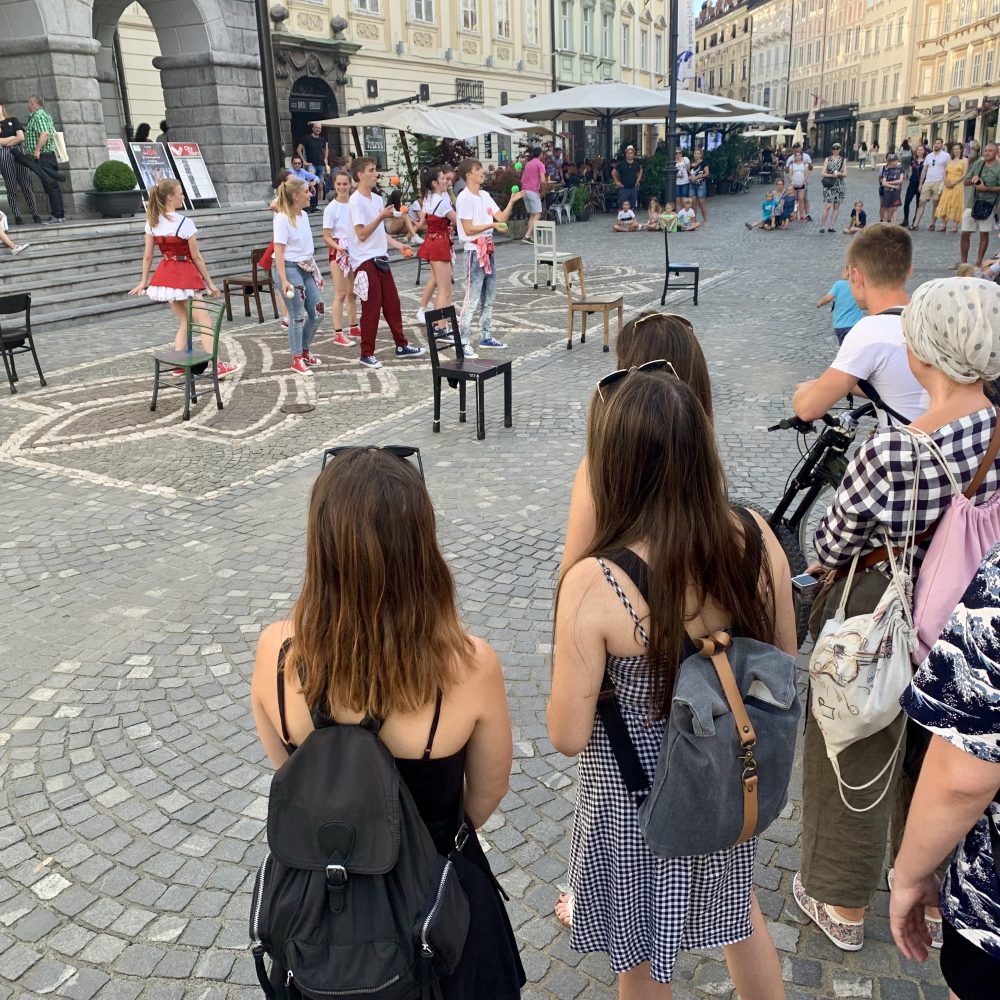
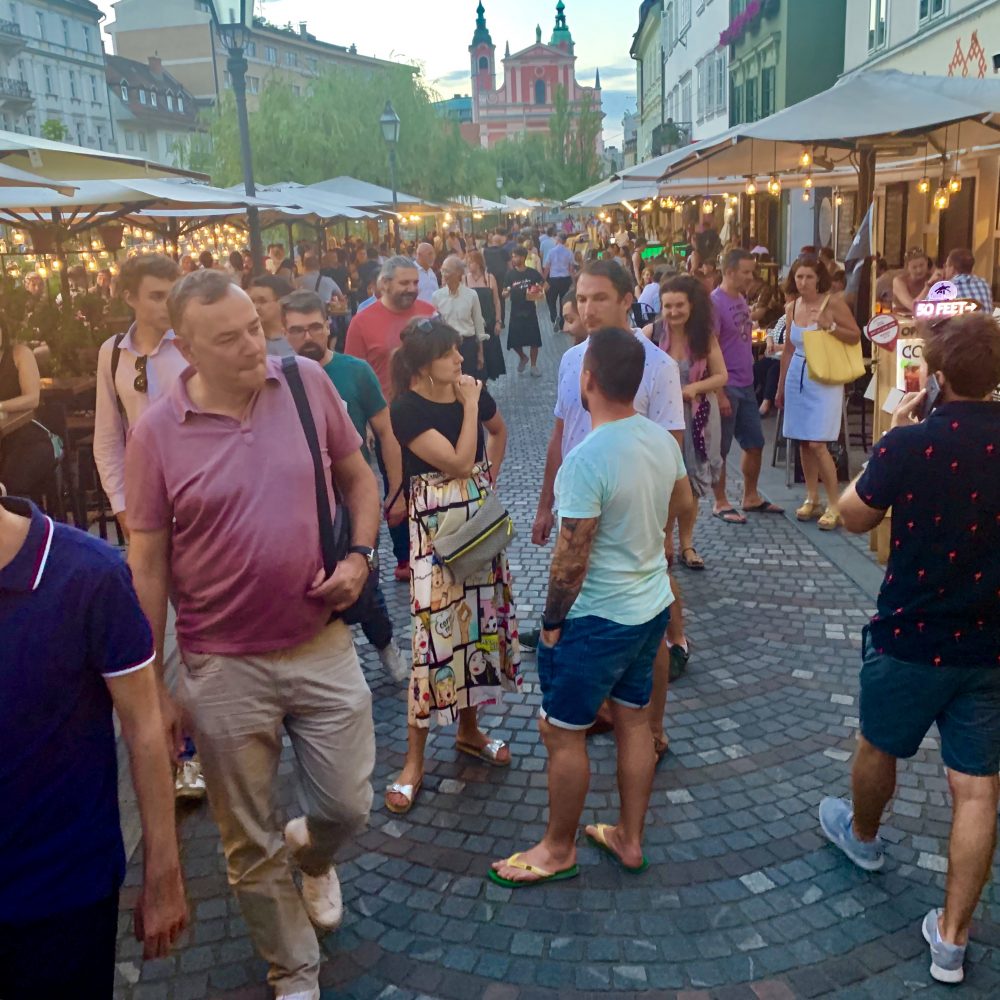
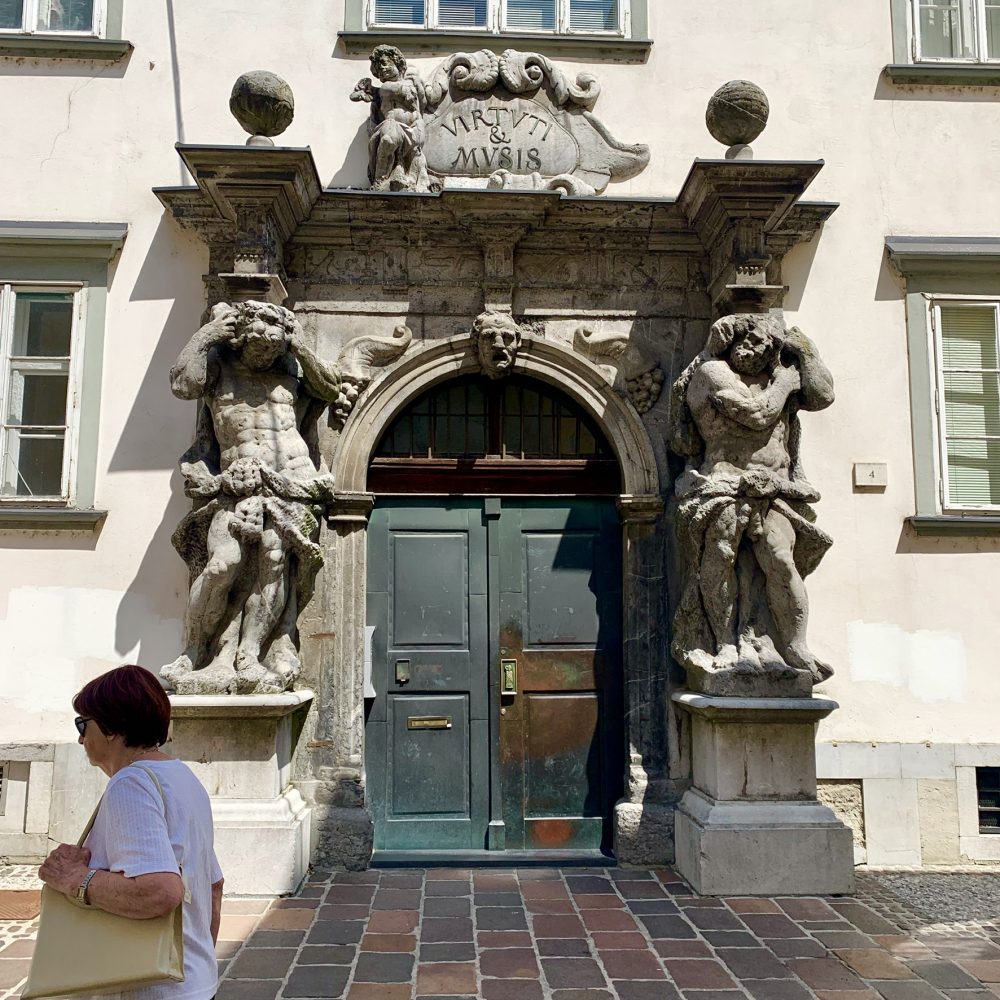
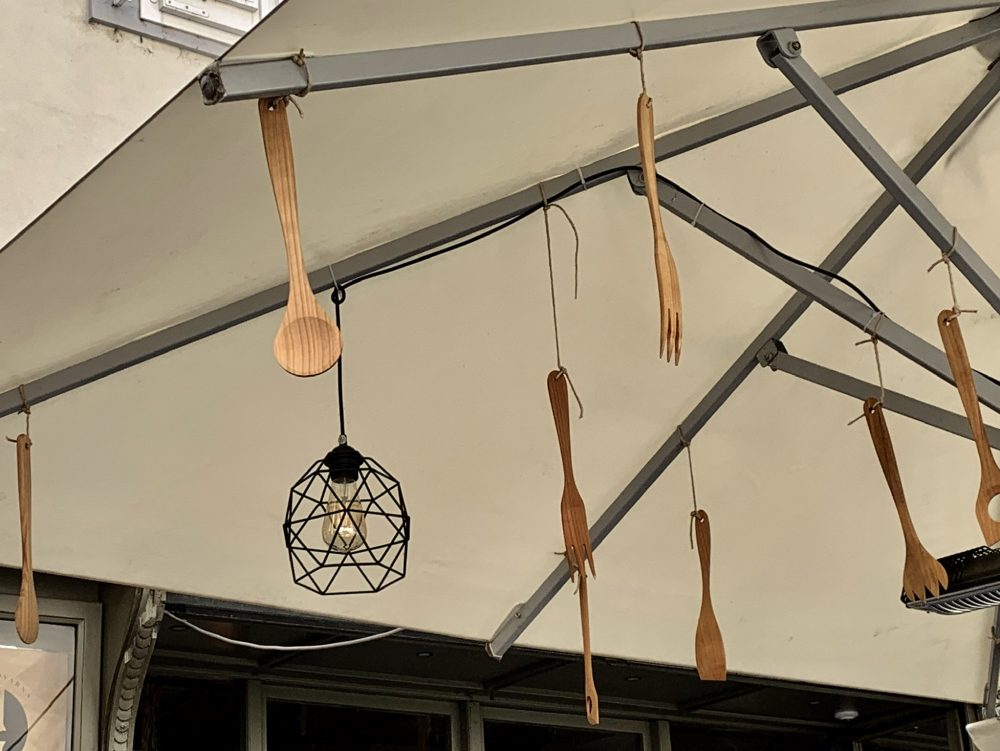
Puppetry!
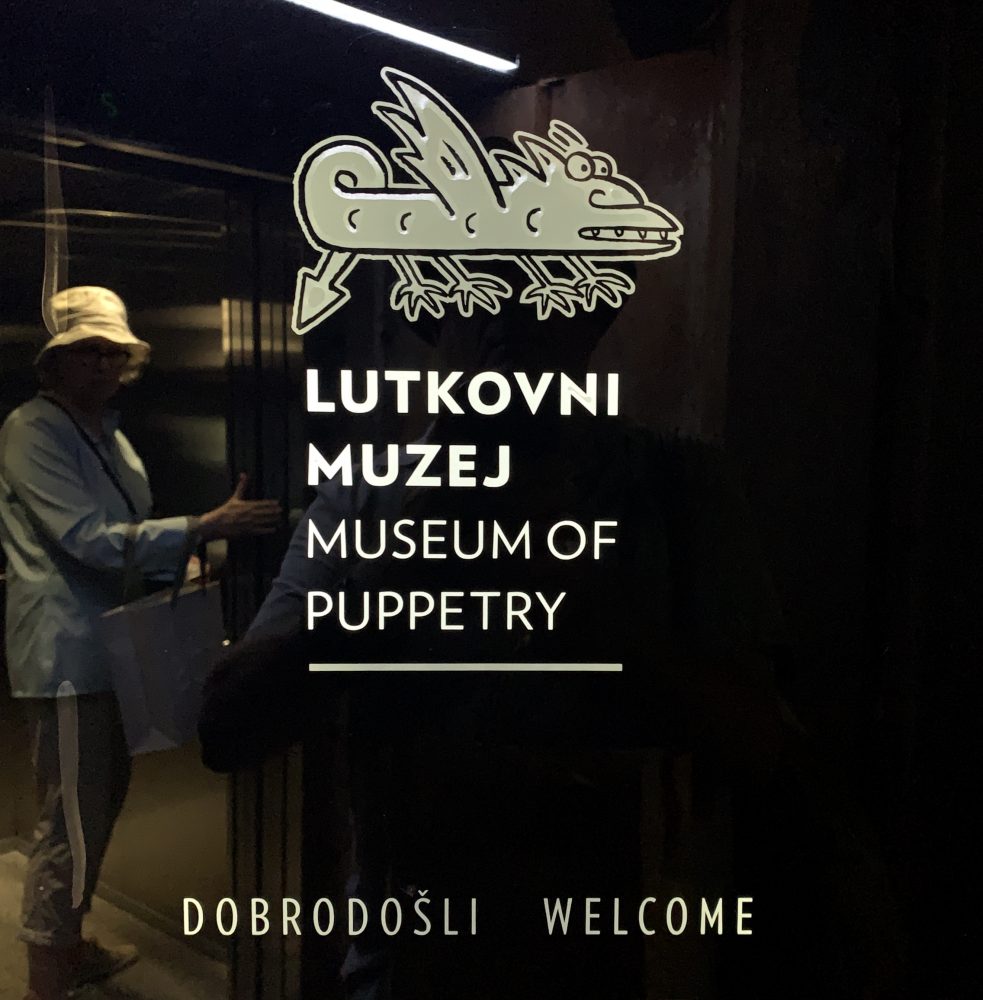
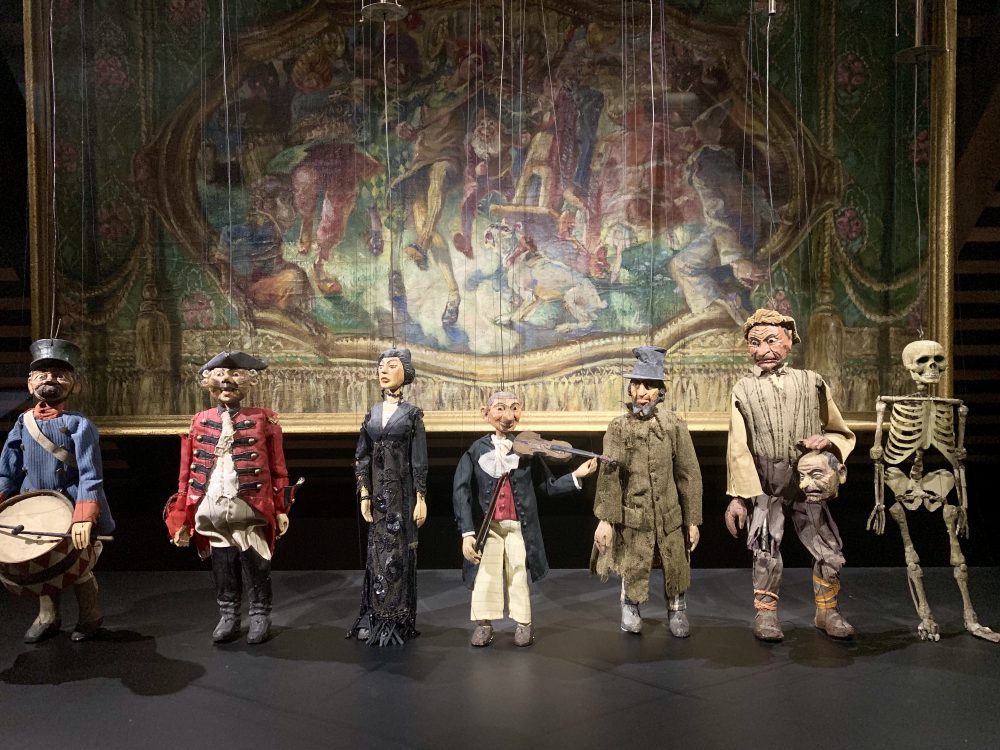
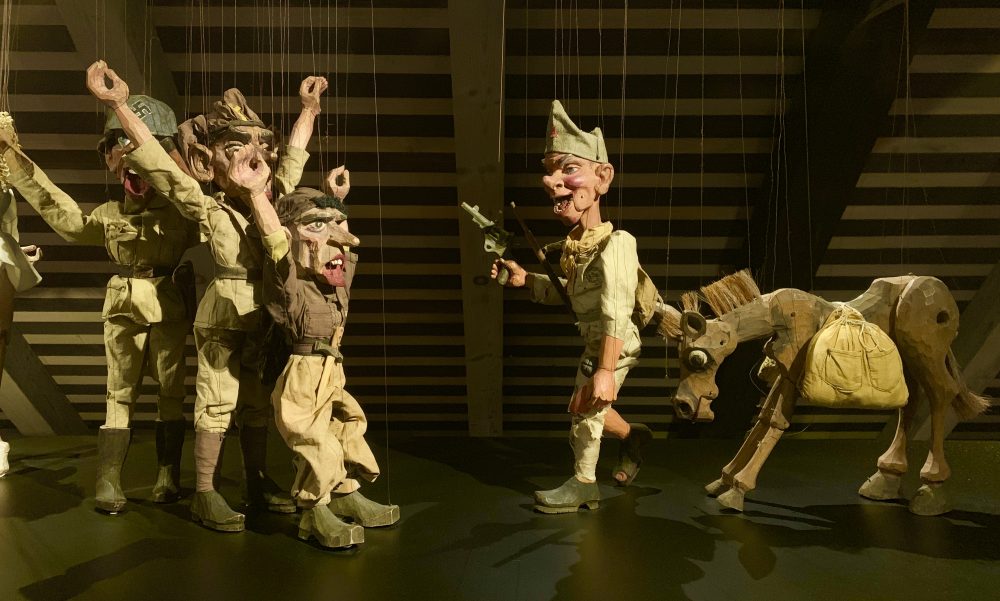
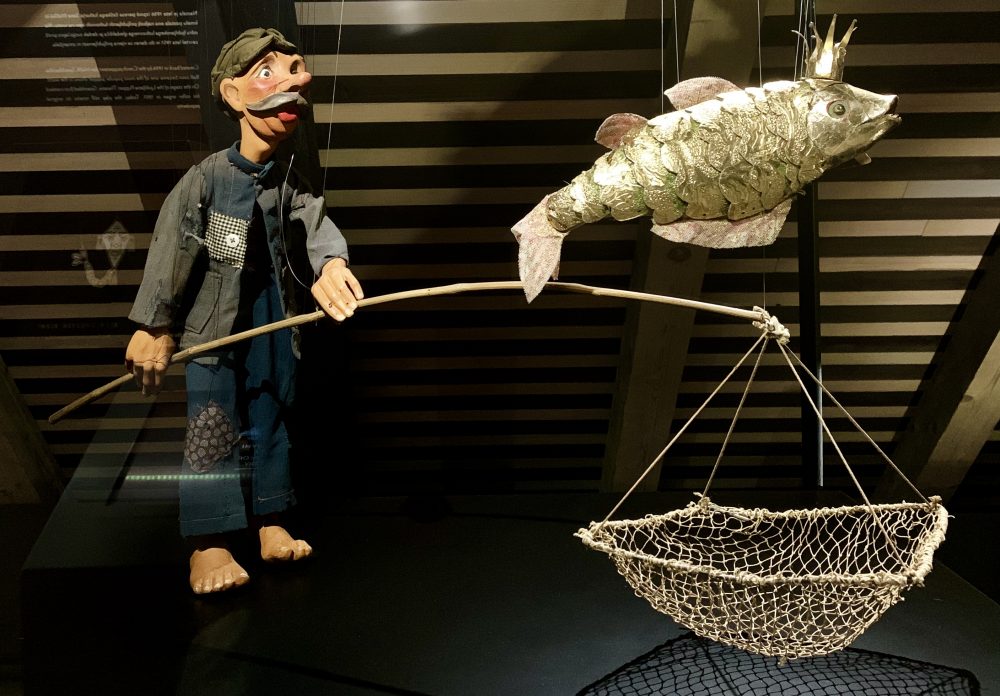
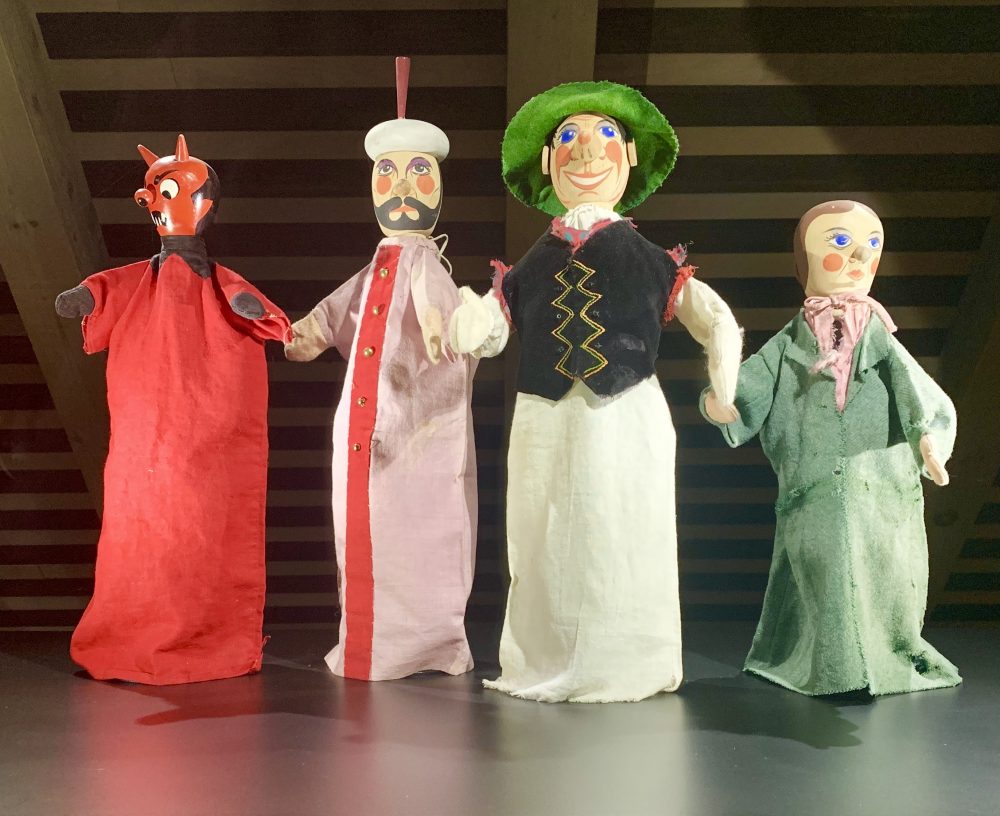
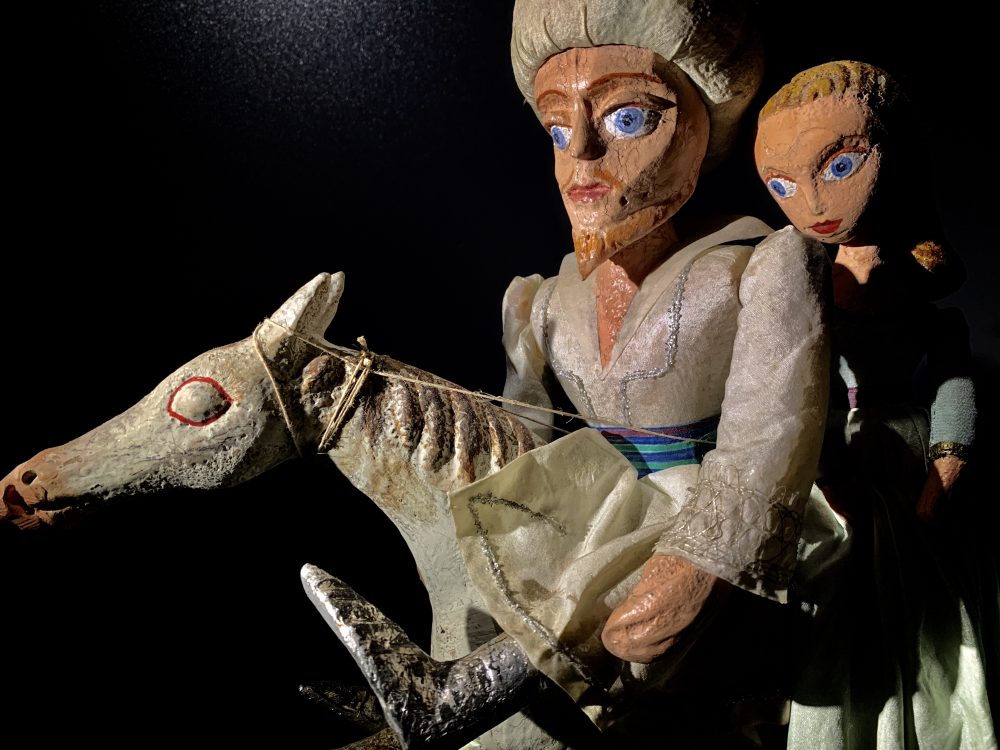
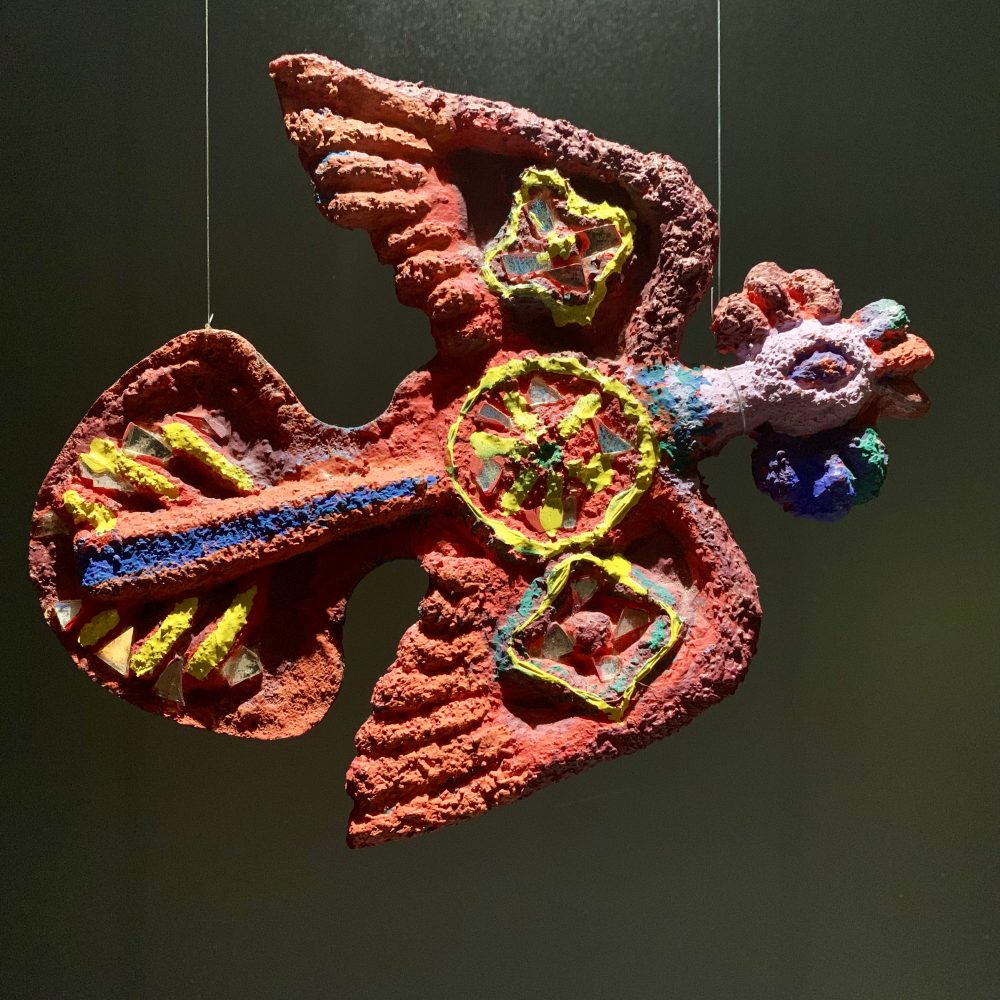
Food Tour!
Food Tour!
Food Tour!
The three-hour food tour started at the tourist information office with a gift bag of wooden spoons and recipes. There were only two others with us—two delightful young women from south of Munich who are camping an hour north near Lake Bled. Europeans are big campers (at least Robert recalls this from 1972). They use tents that you can stand up in. Cook their meals at campsites that have places to wash dishes, take showers etc.
But we diverge. First, don’t expect to eat traditional Slovenian food in Ljubljana. Local people drive to the countryside to find it. Alan, our guide, gave us not only an introduction to typical Slovenian food, but a little history of the city and more about the architect, Jože Plečnik, who seems to be the most famous resident of the city. During the walking tour we made five stops at restaurants with an additional stop at a store specializing in honey products. The shopkeeper there said the city is small enough that locals know one another (at least in the historic center). That seemed to be the case as many people stopped our guide Alan to chat.
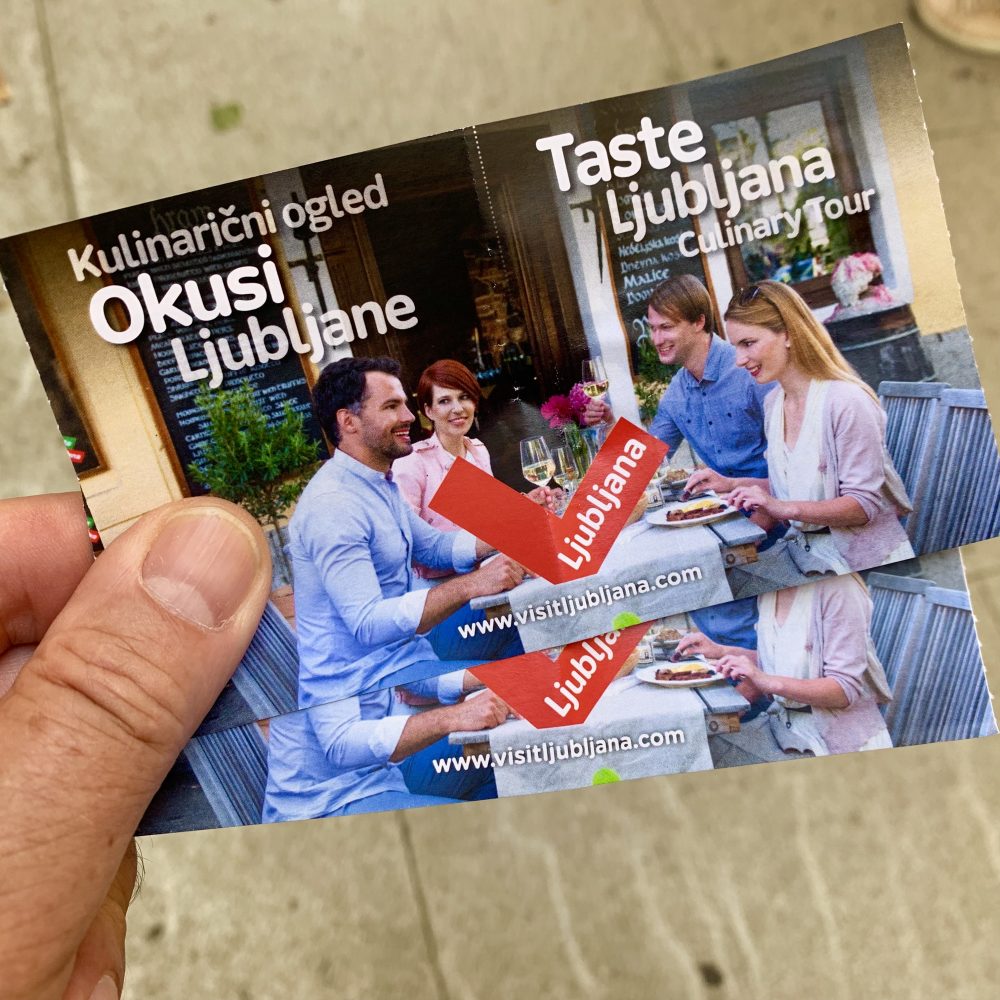
Five Tastings
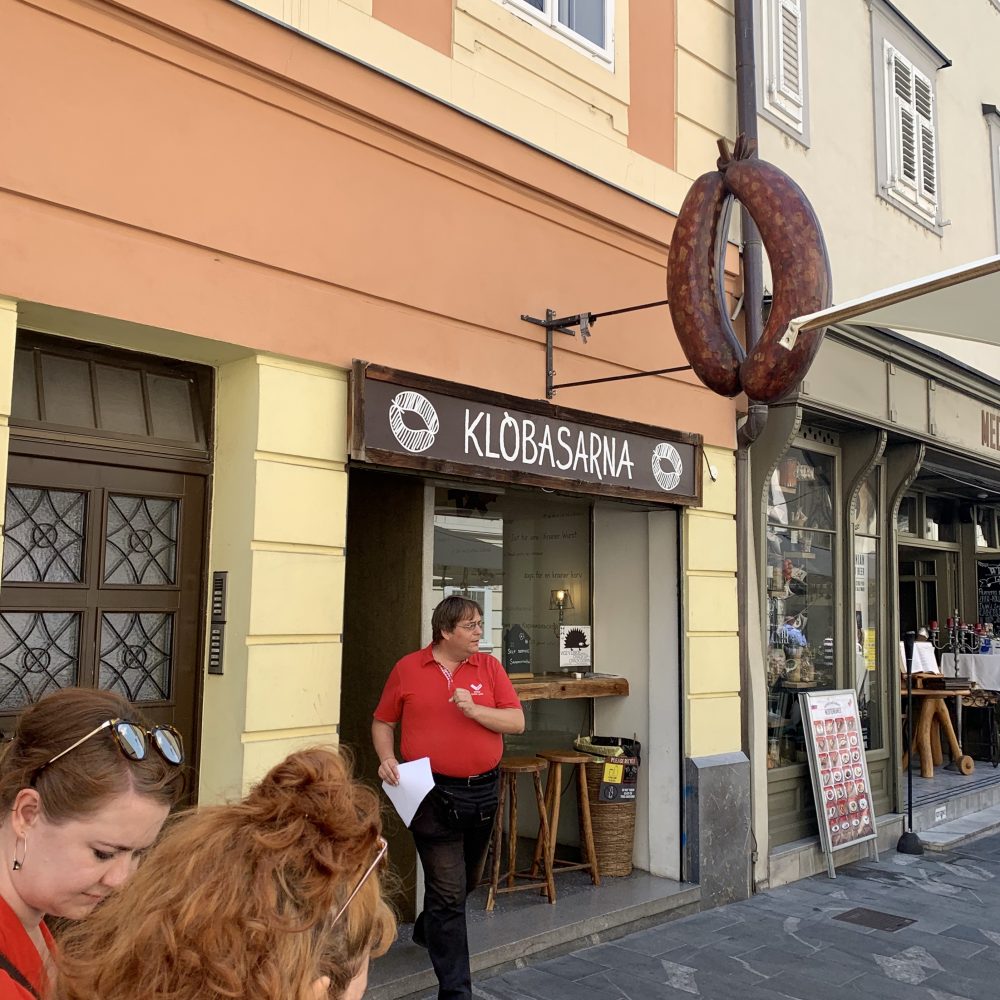
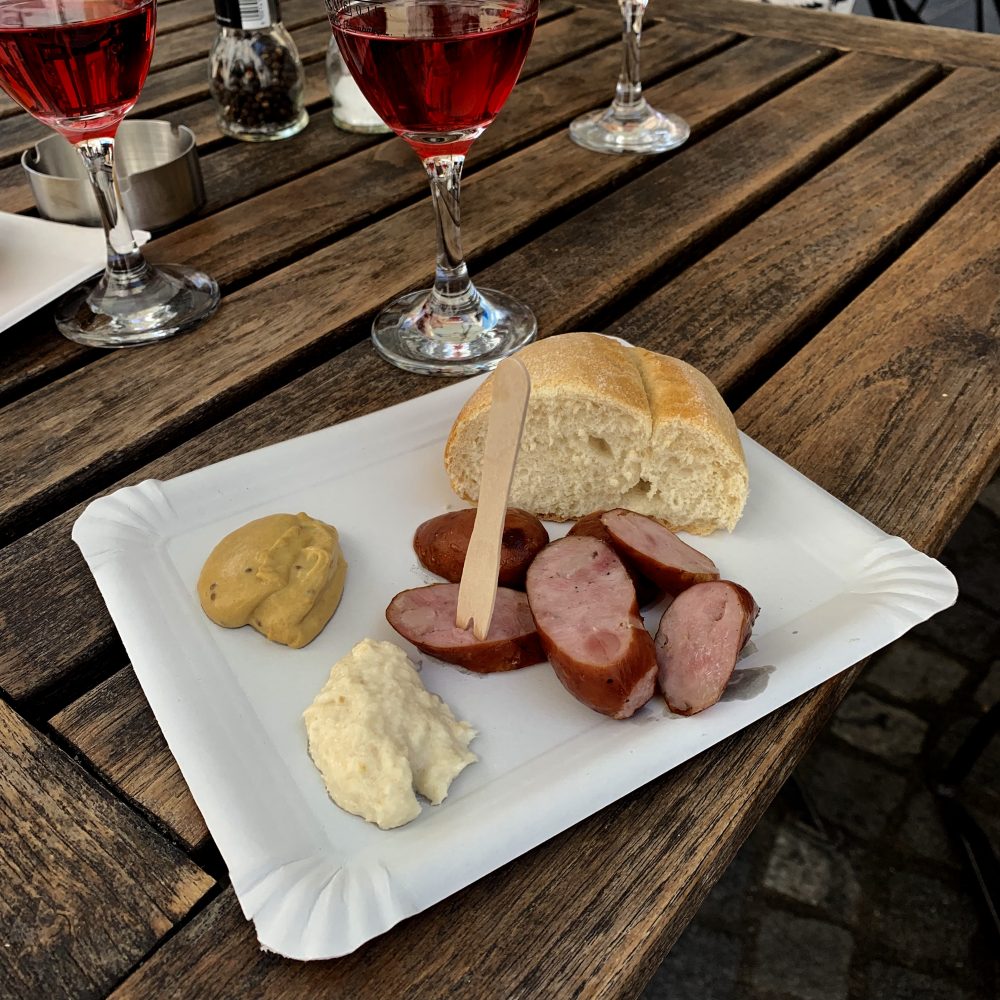
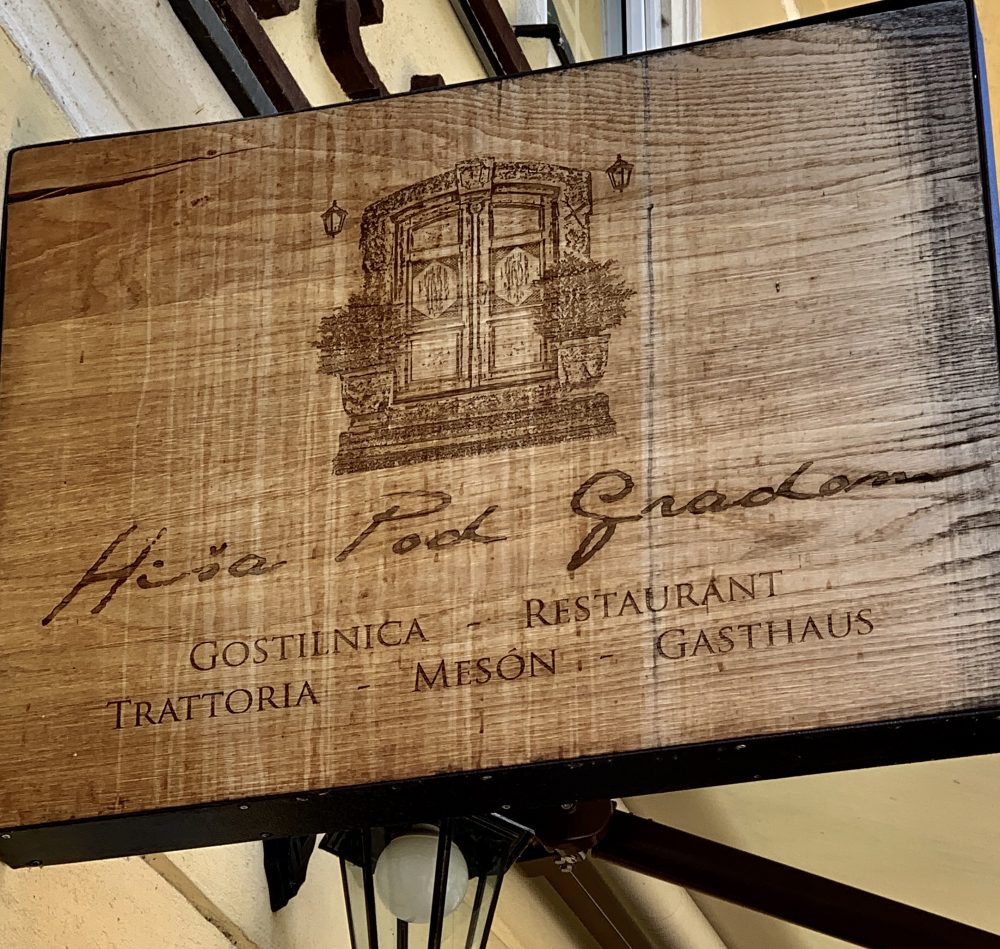
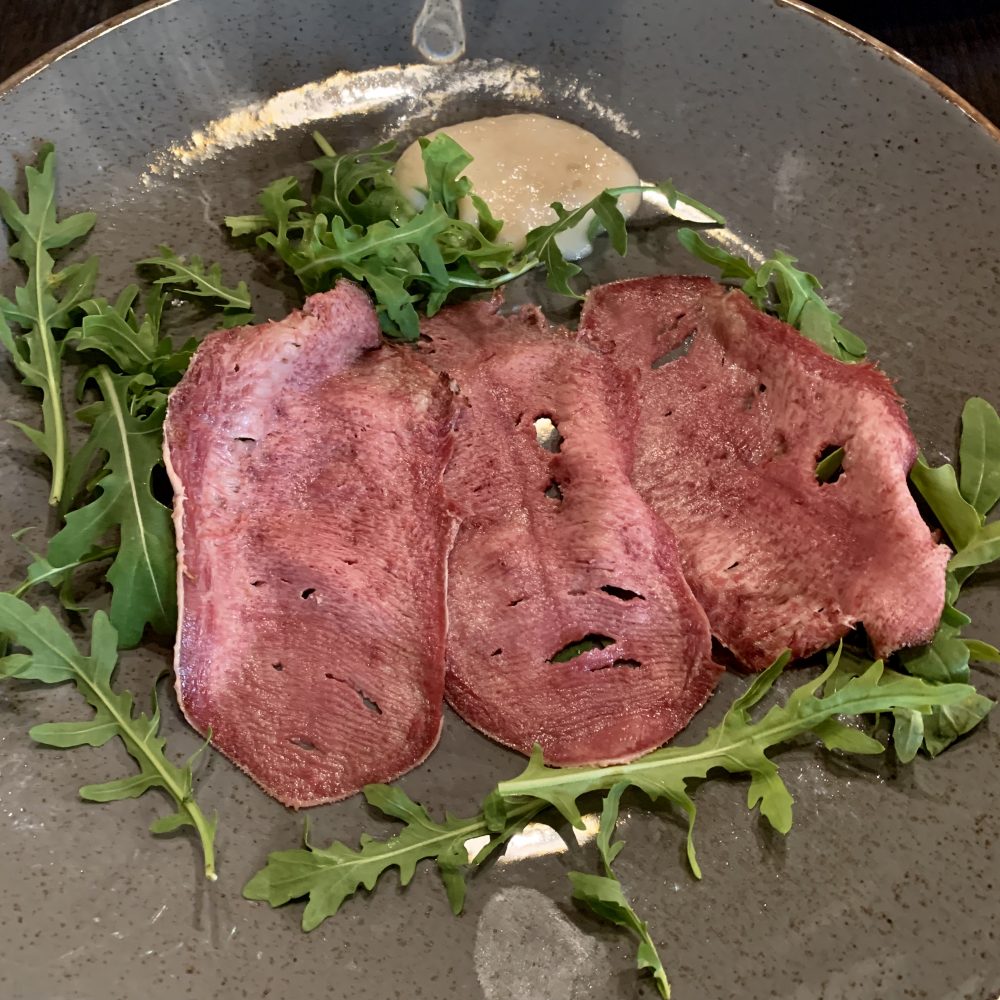
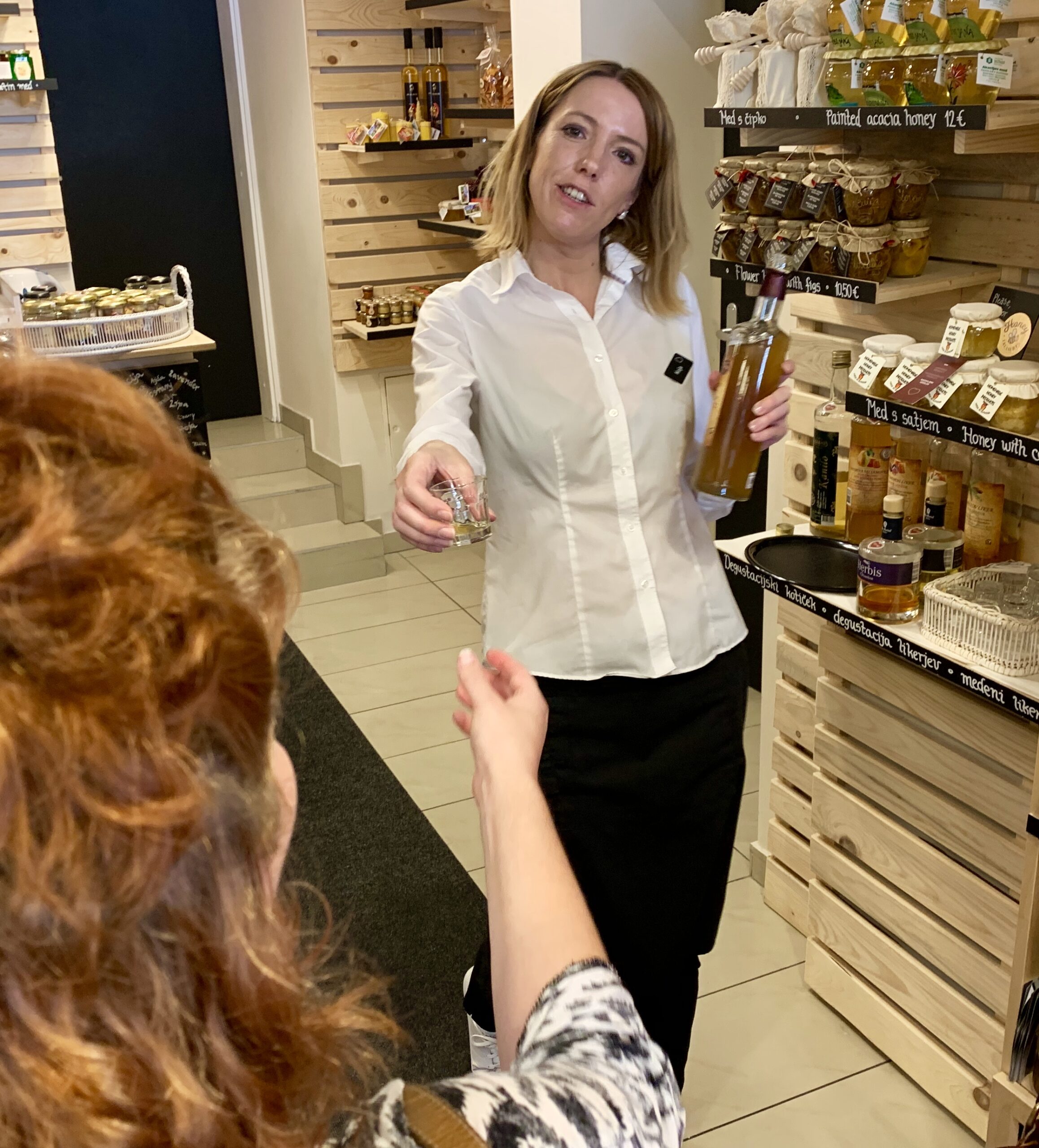
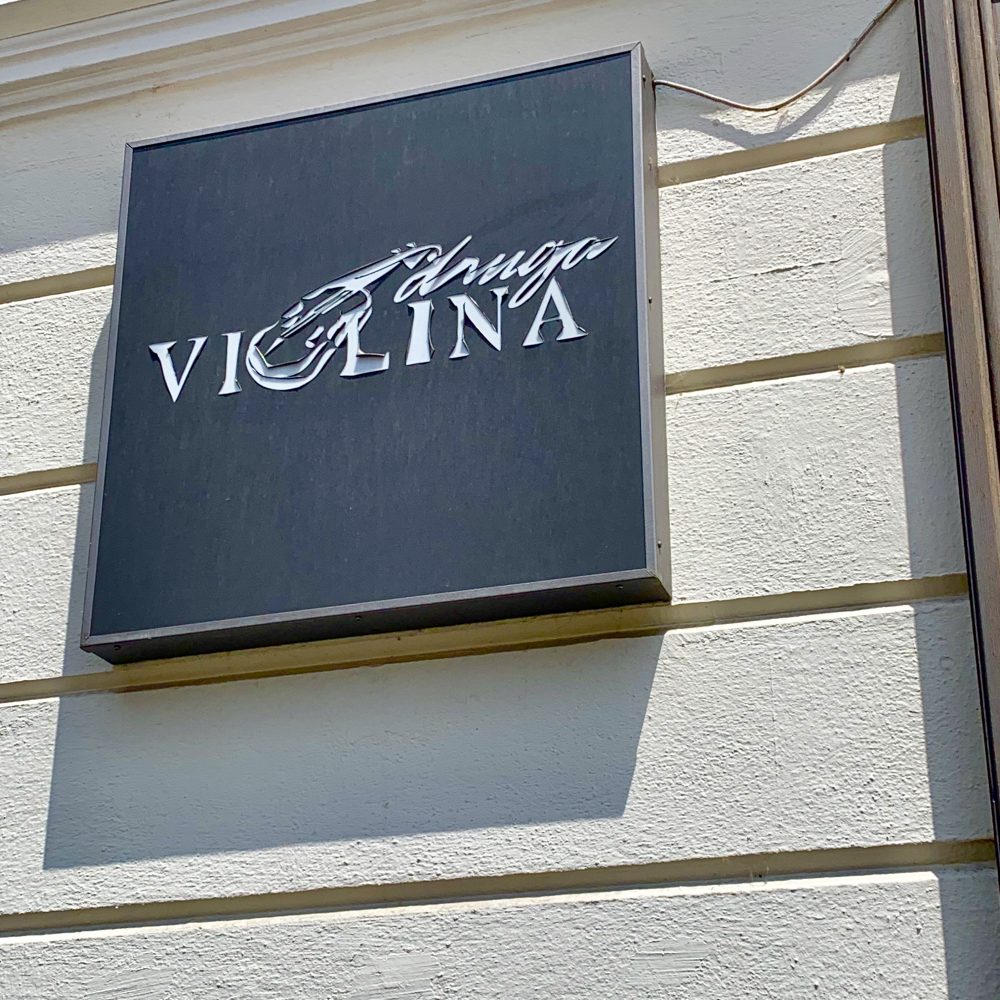
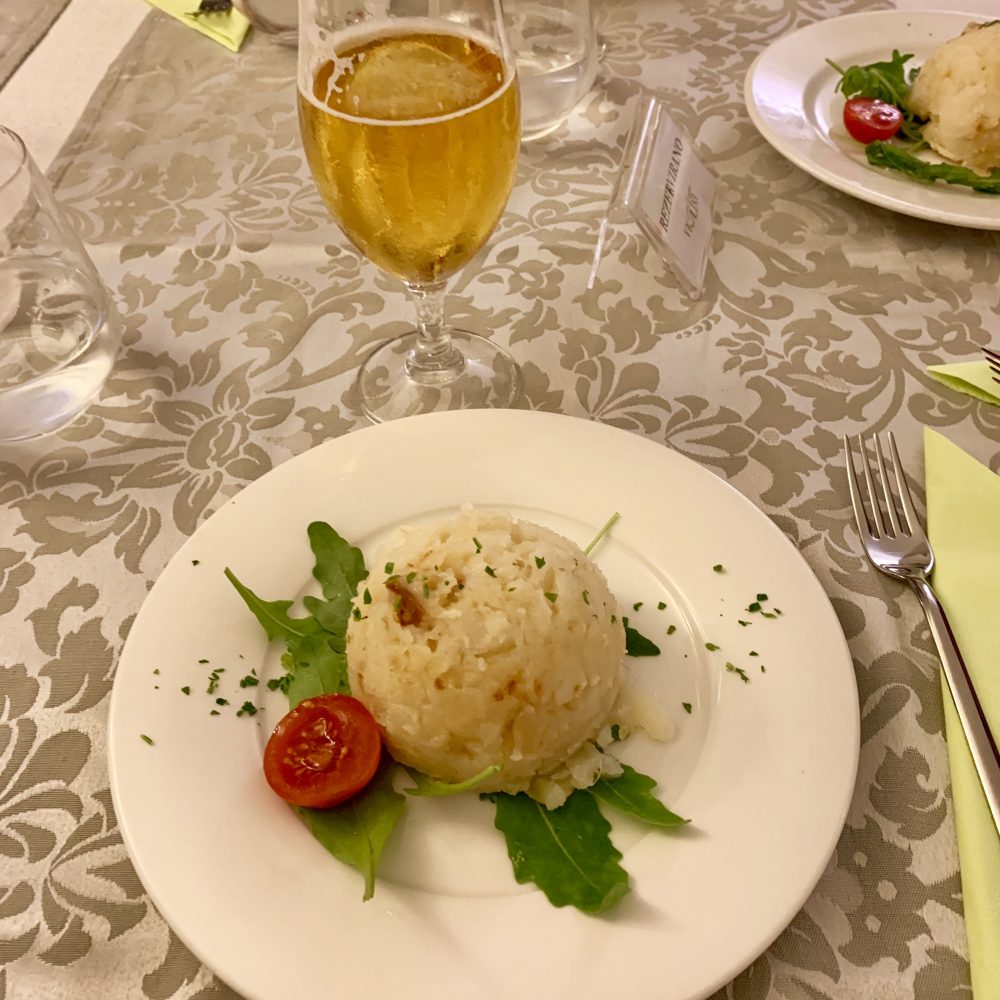
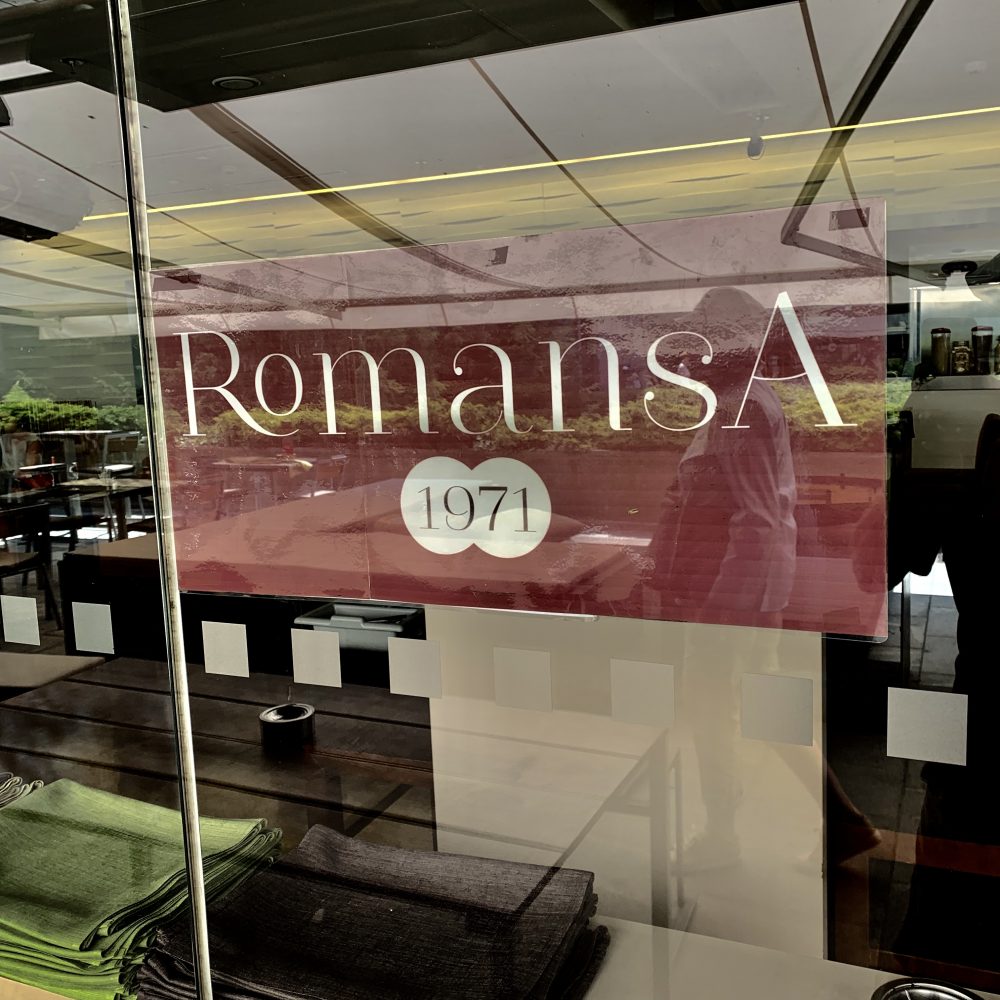
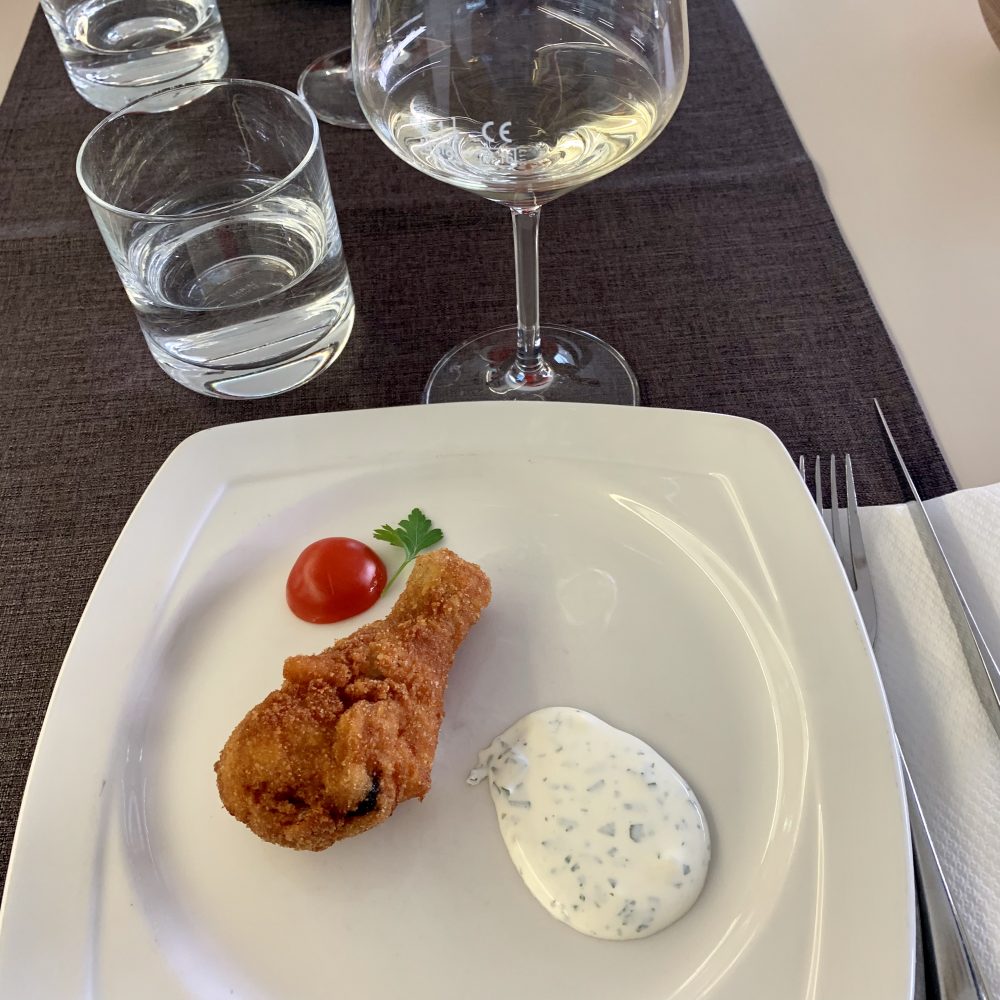
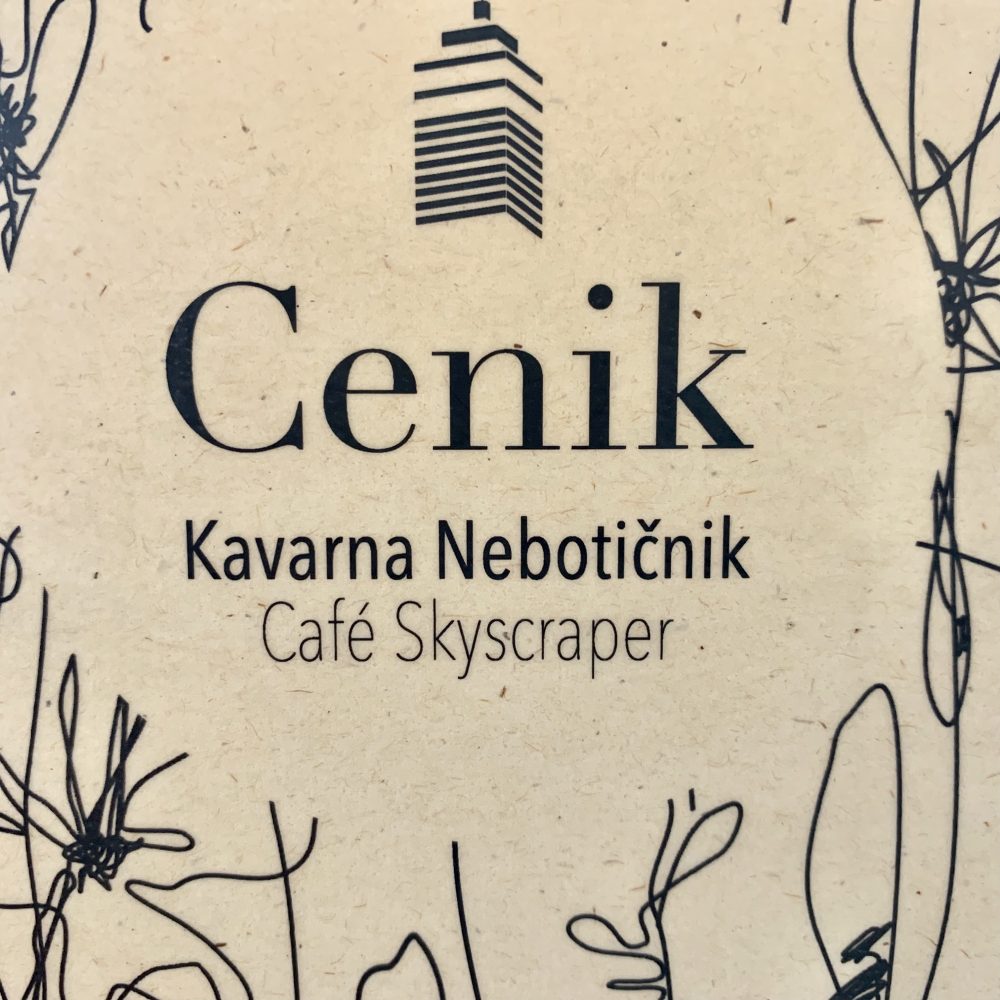
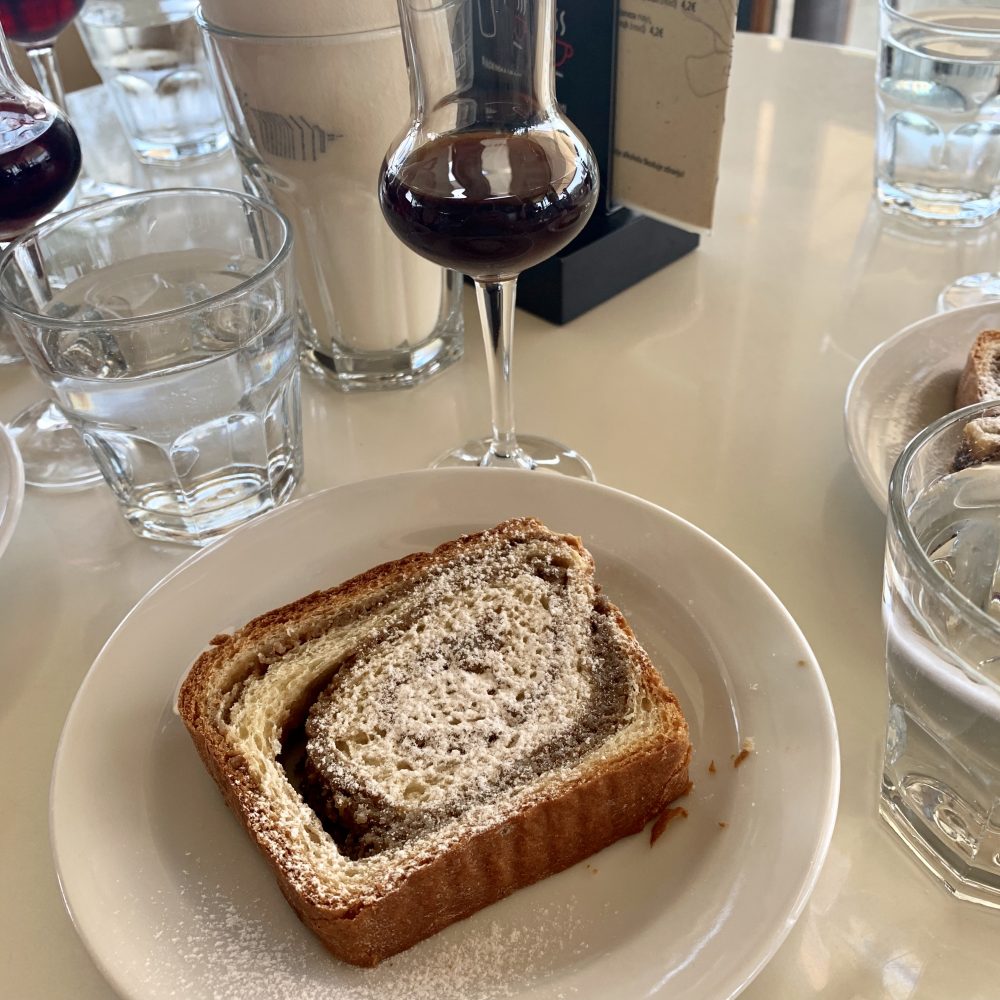
Wandering between tastings
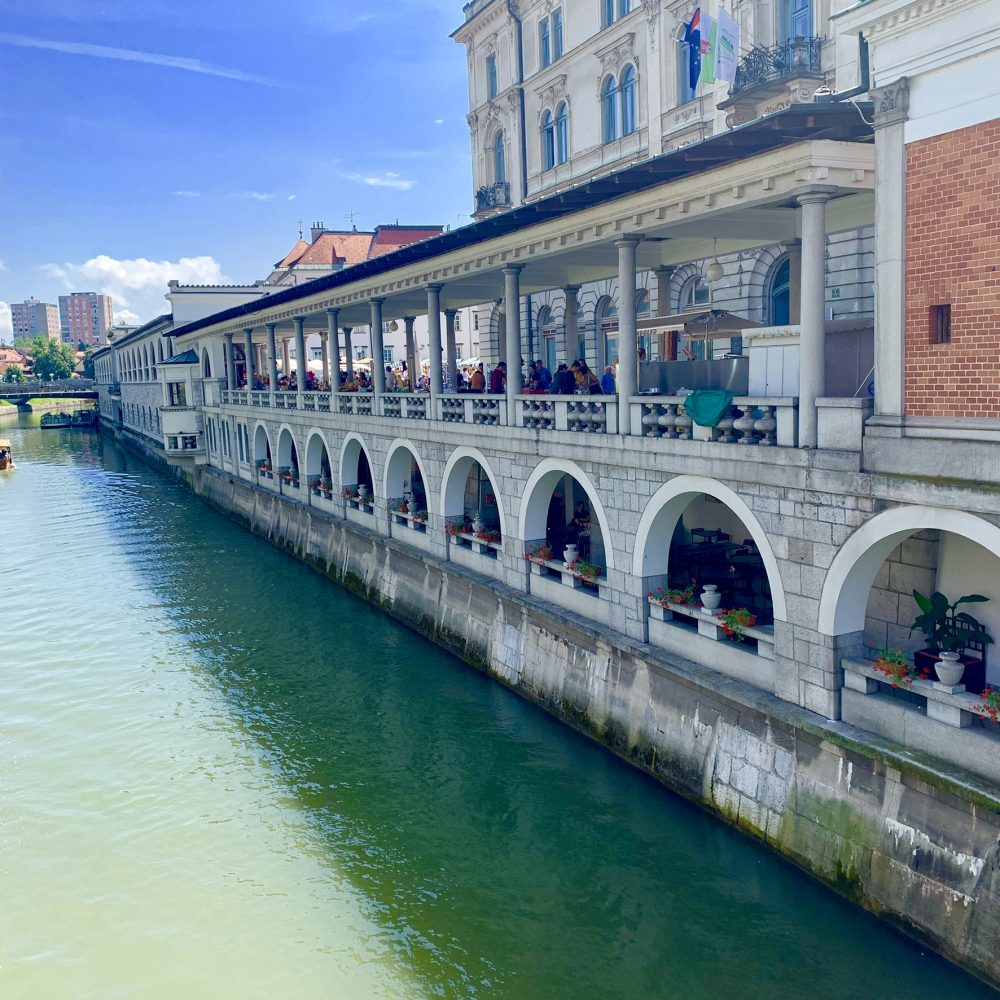
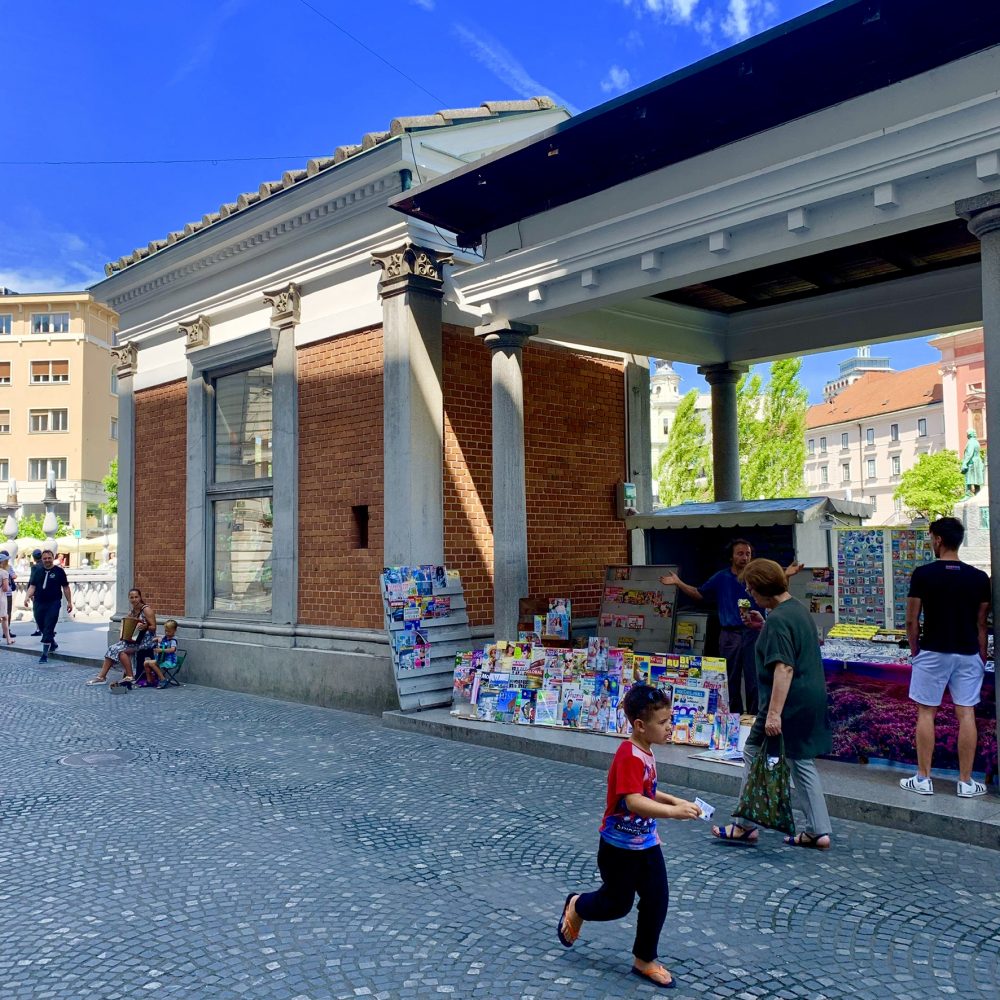
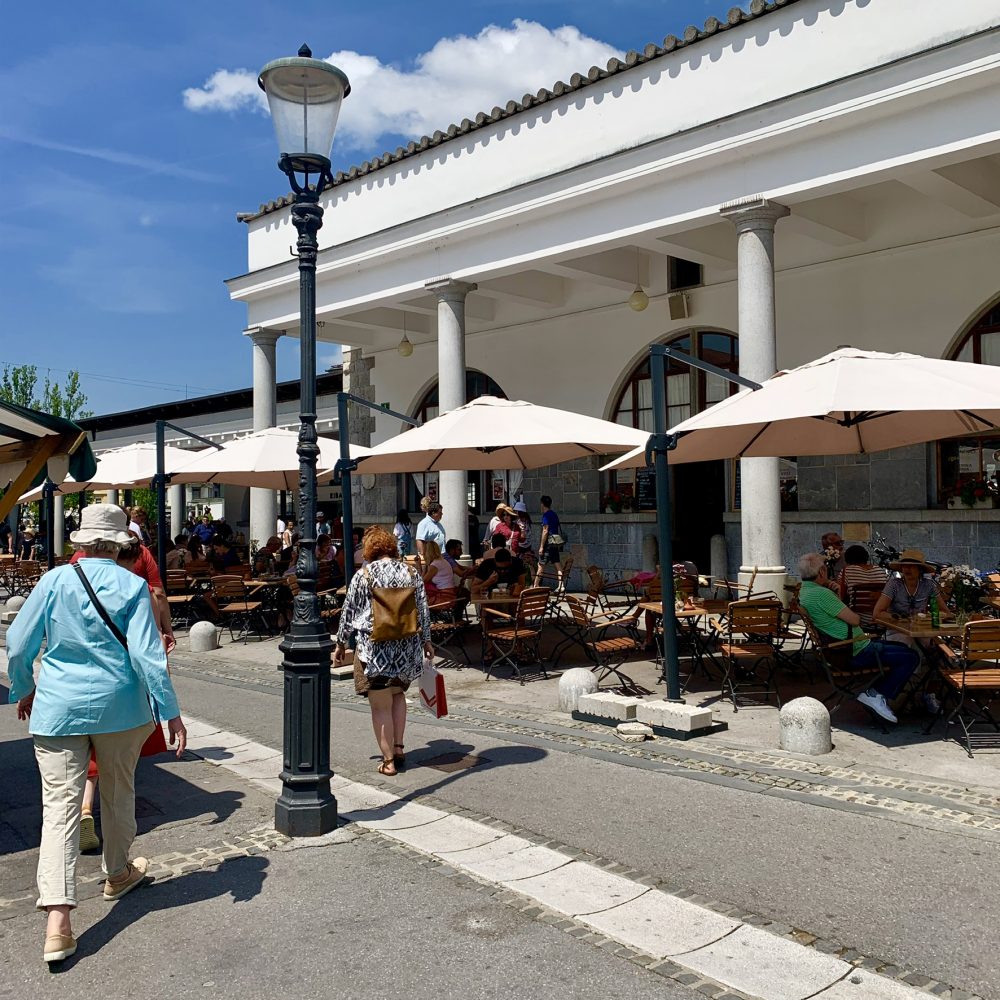
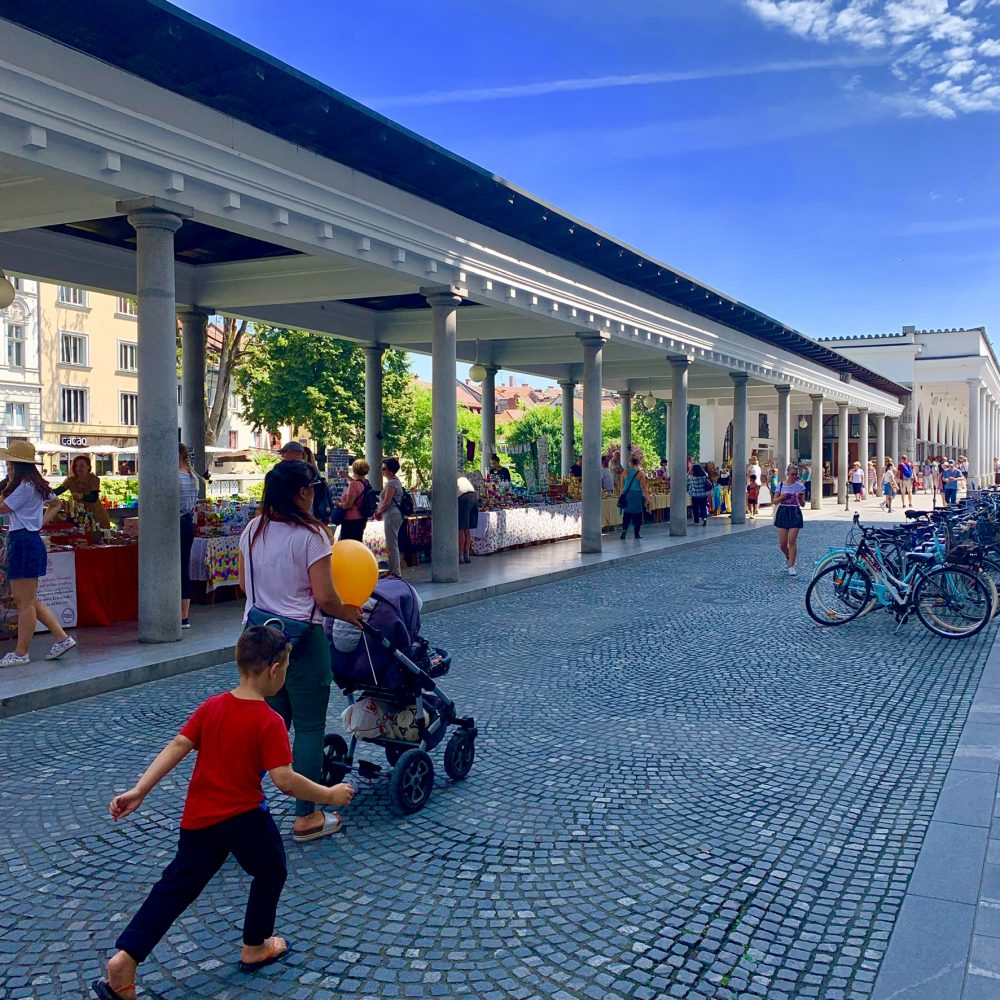
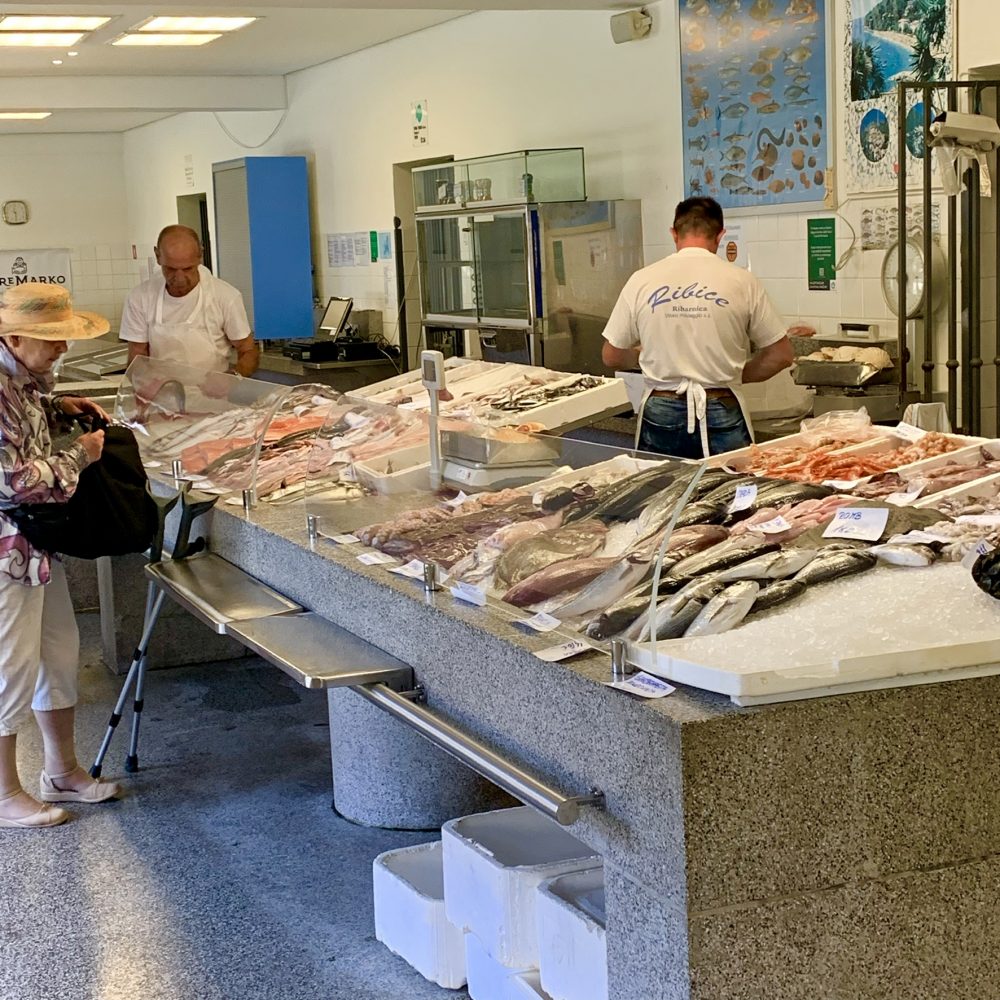
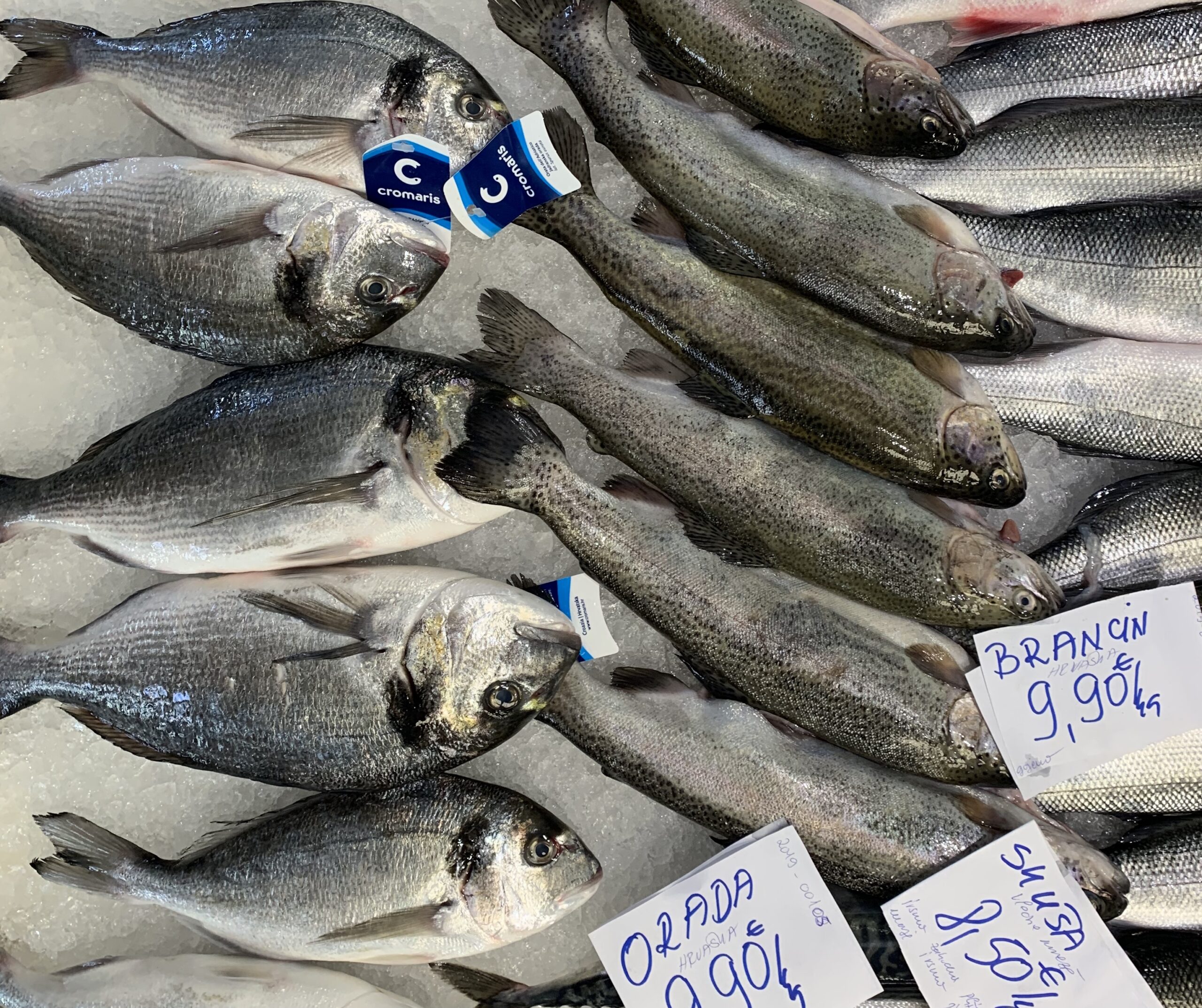
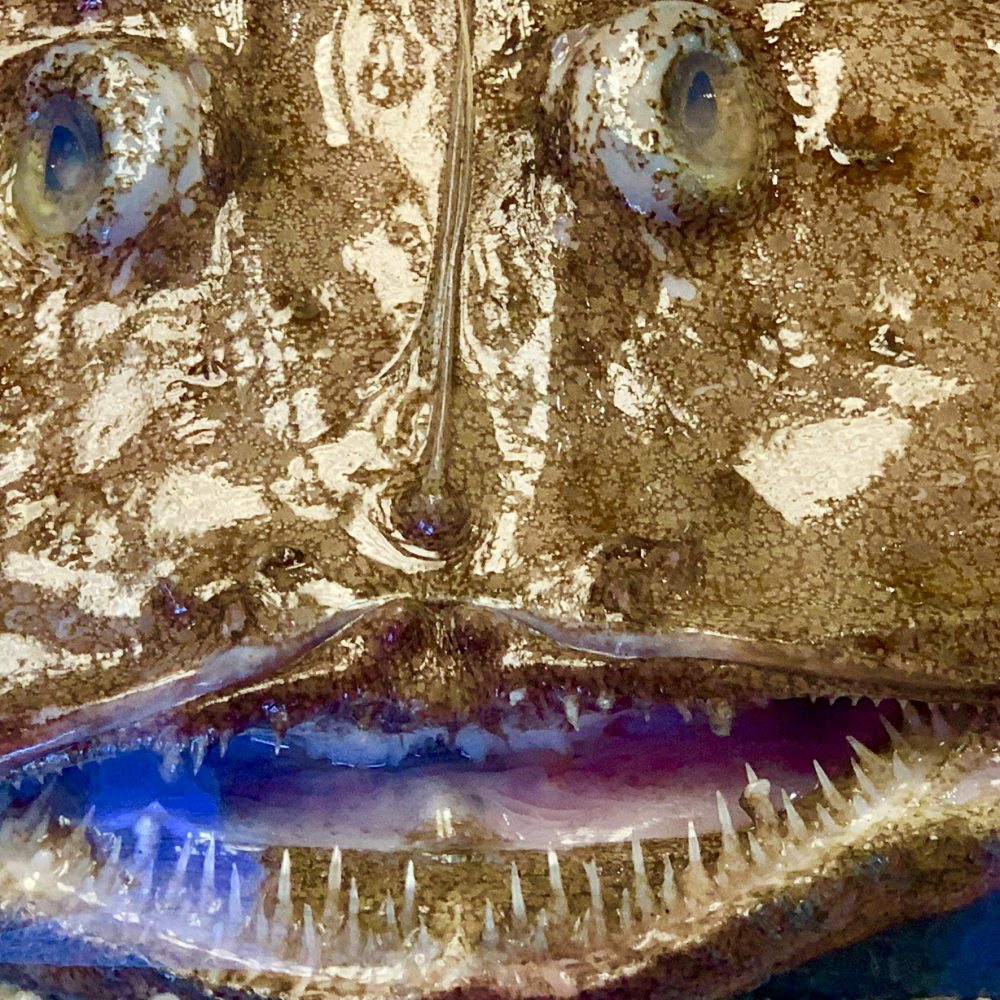
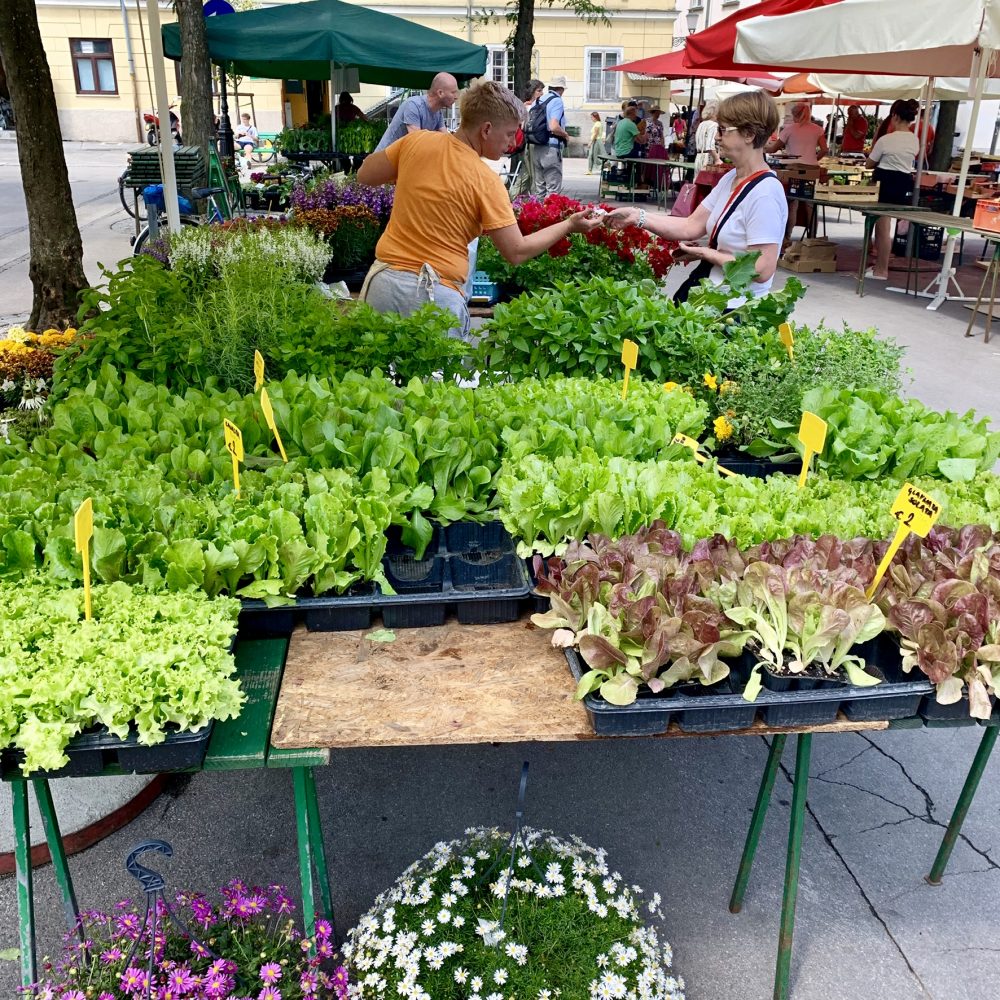
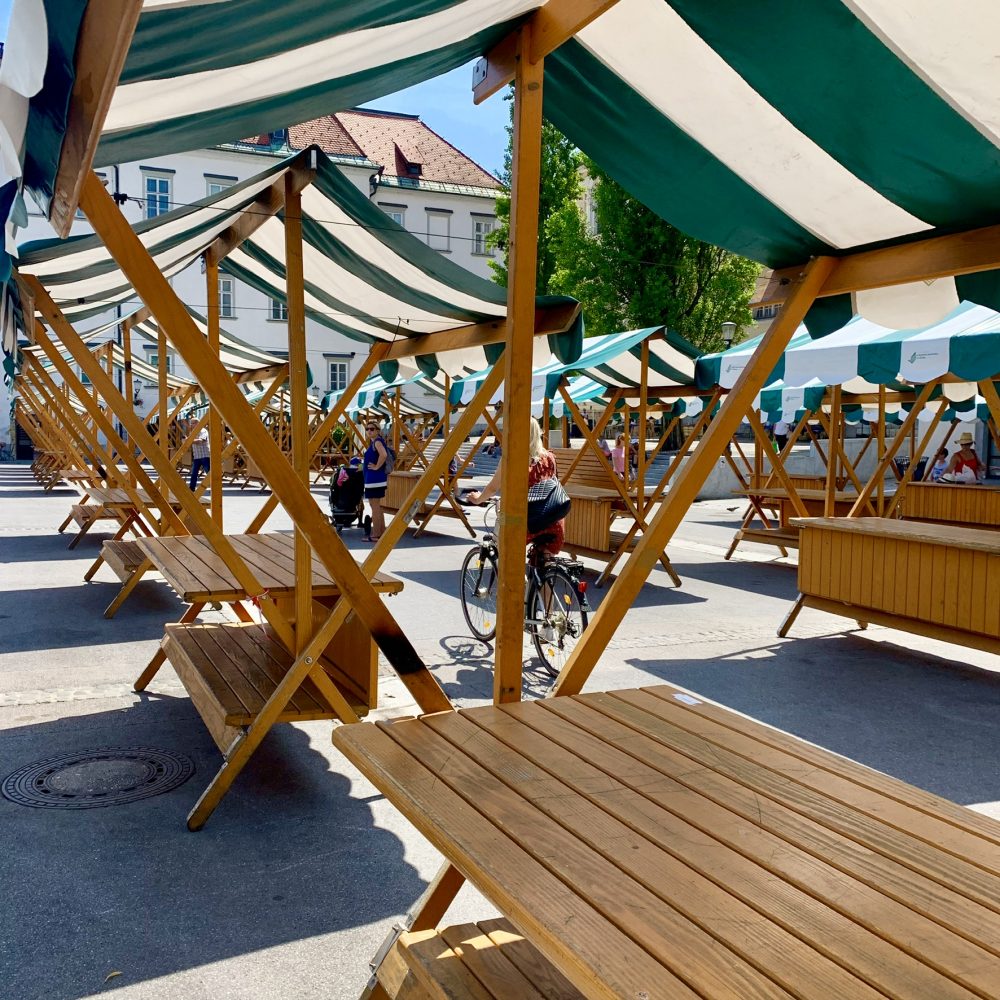
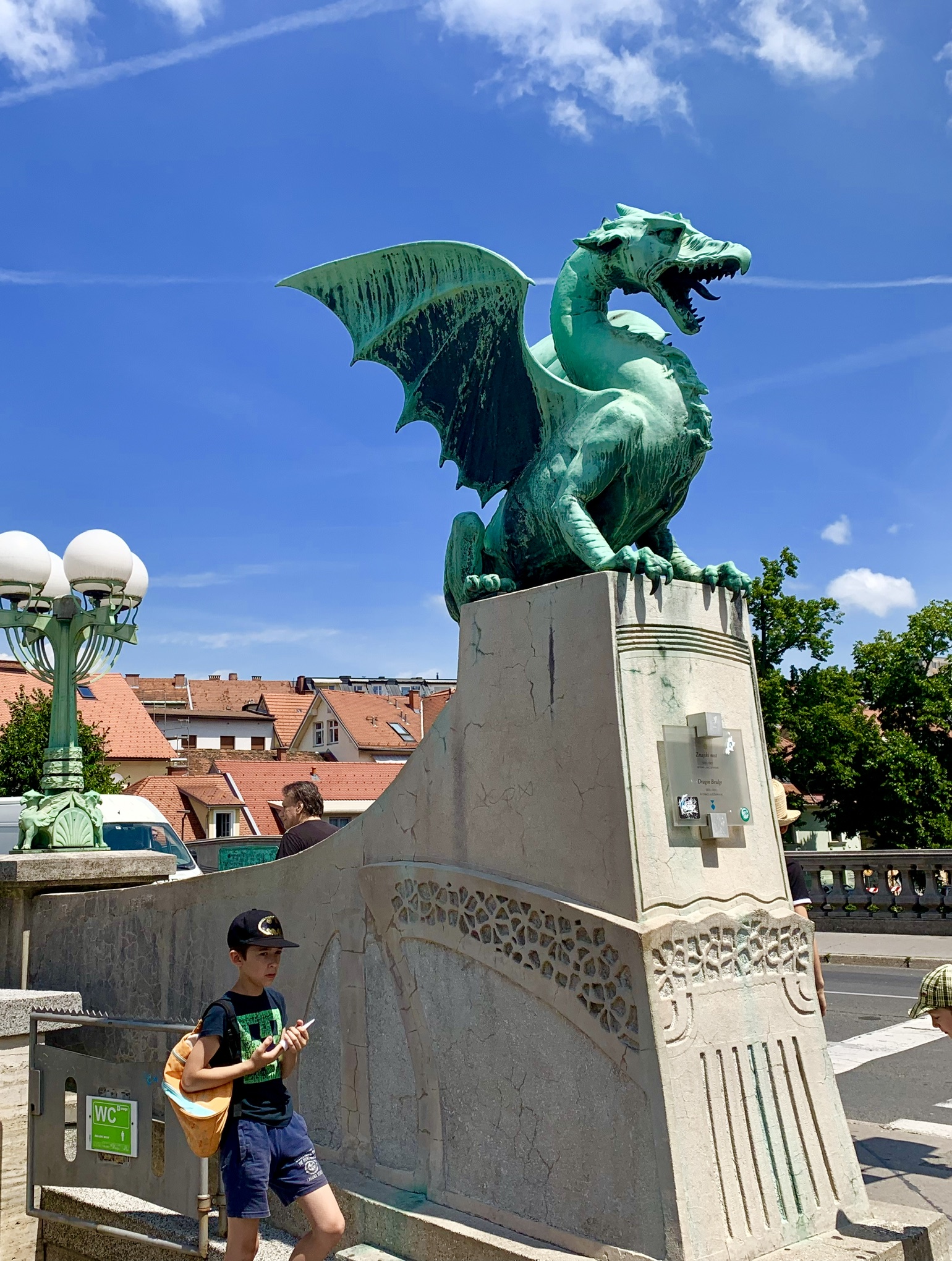
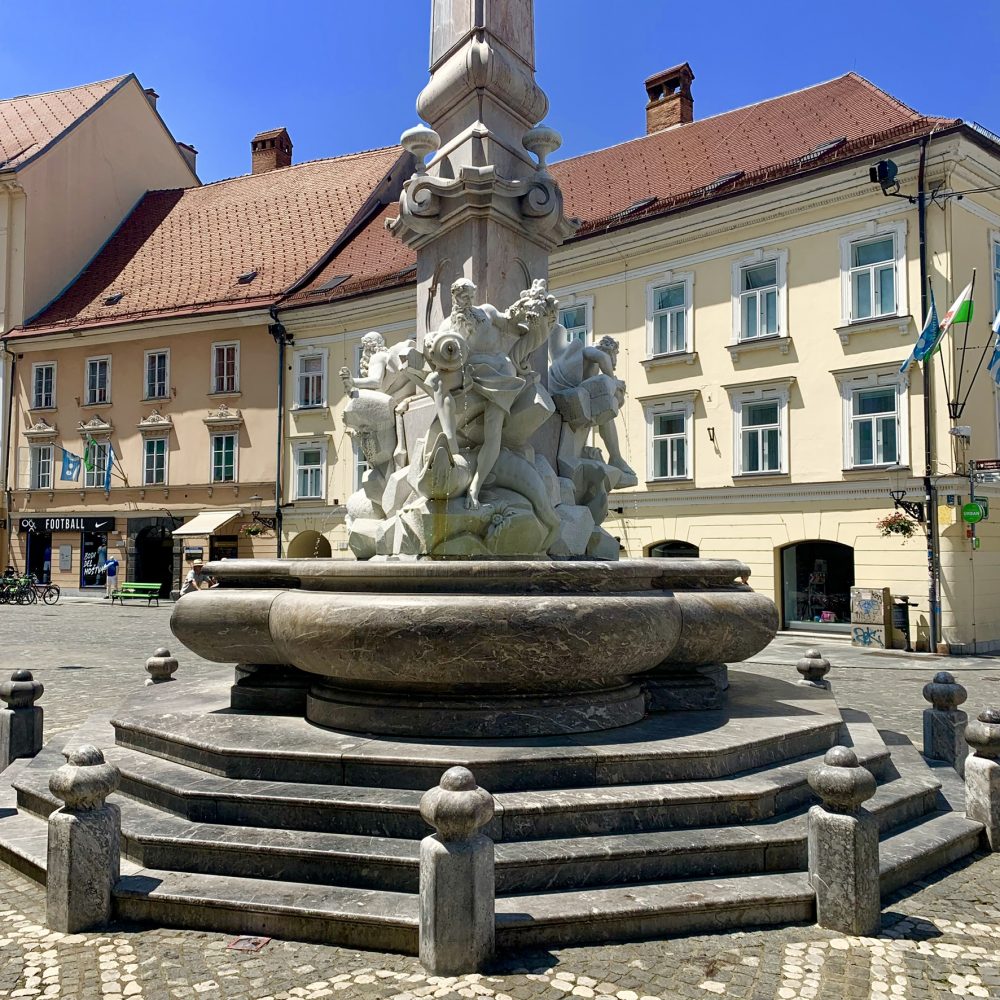
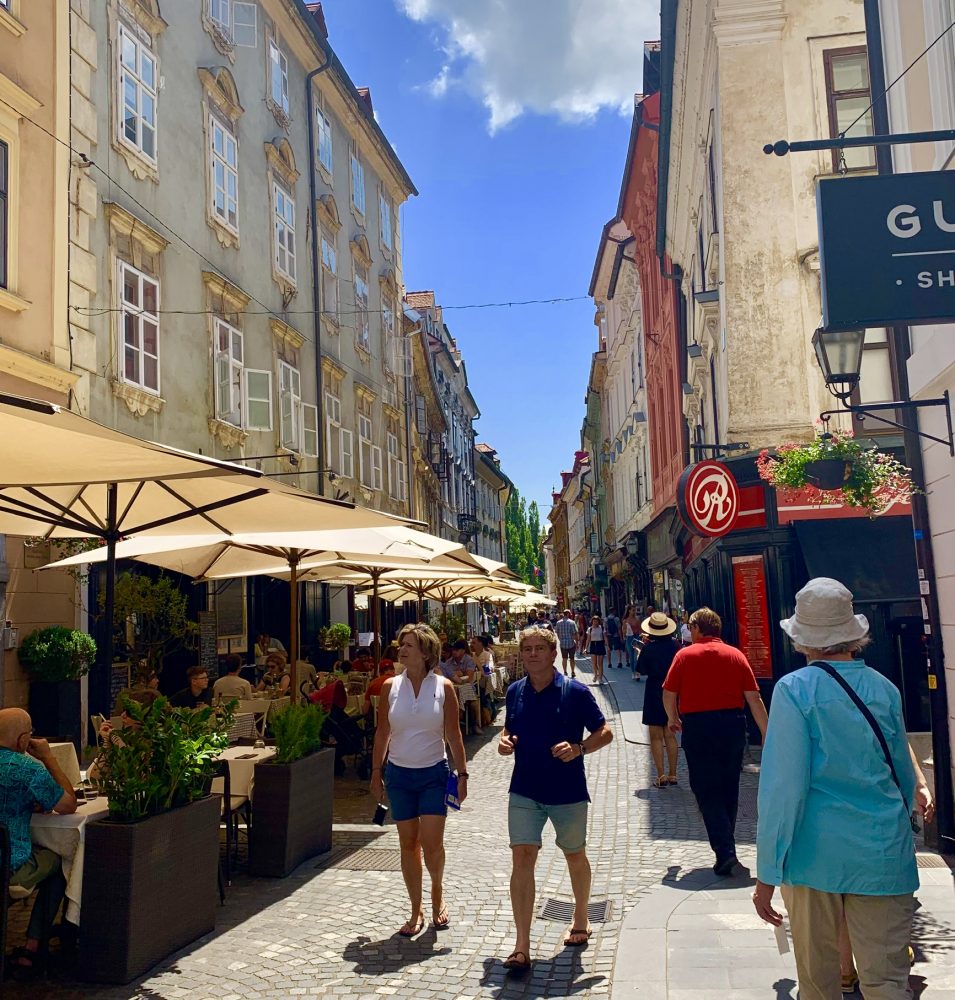
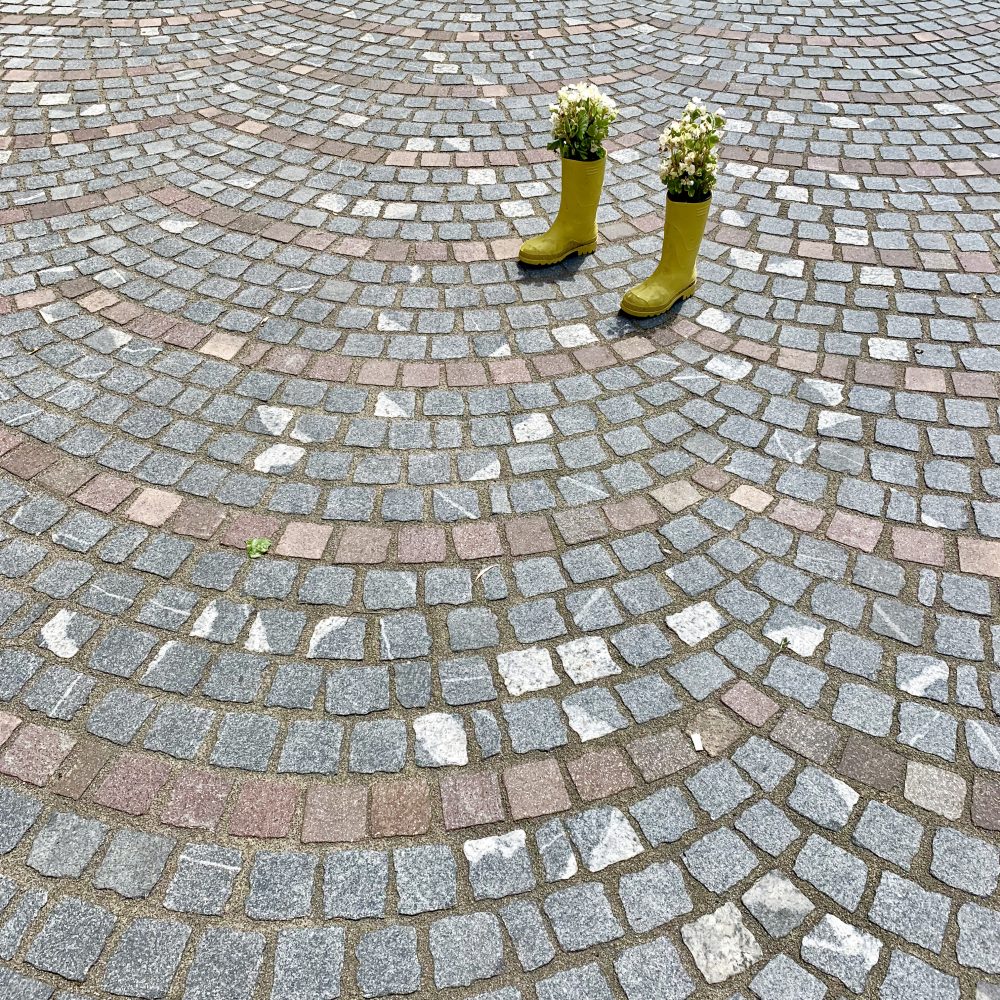
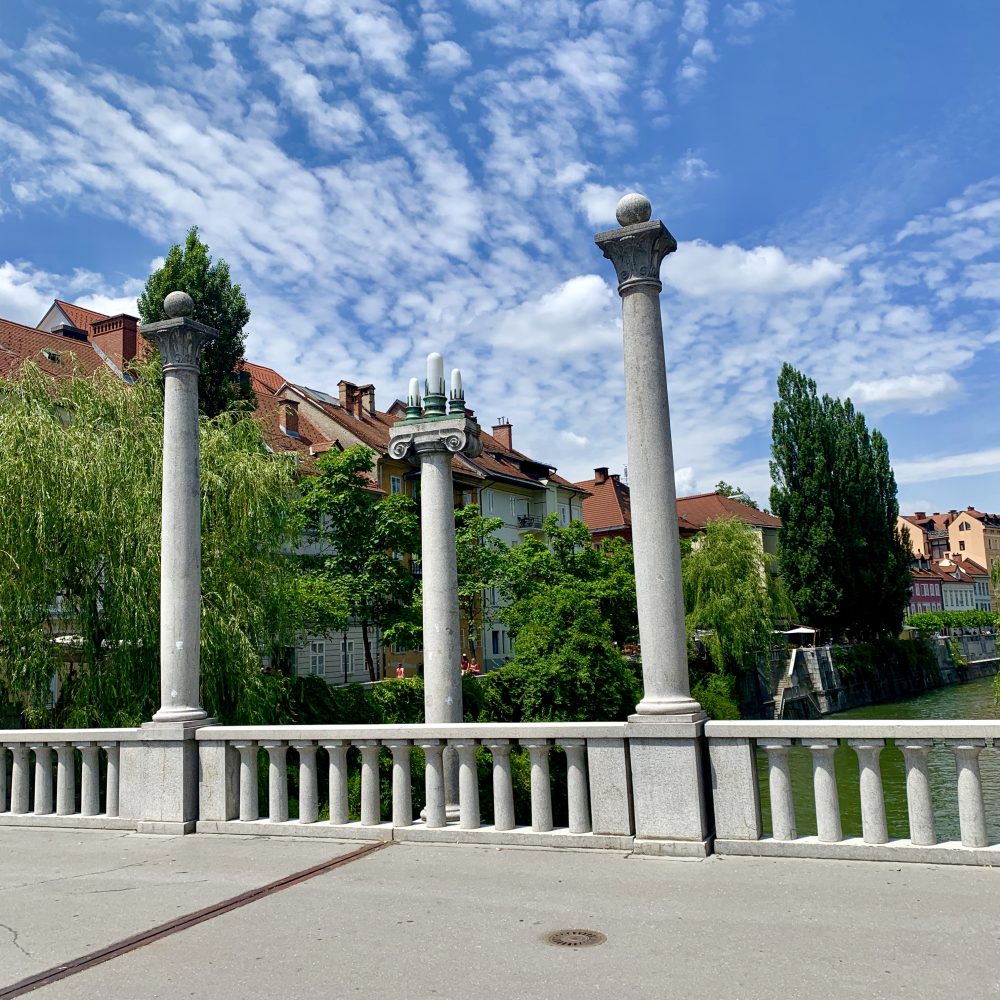
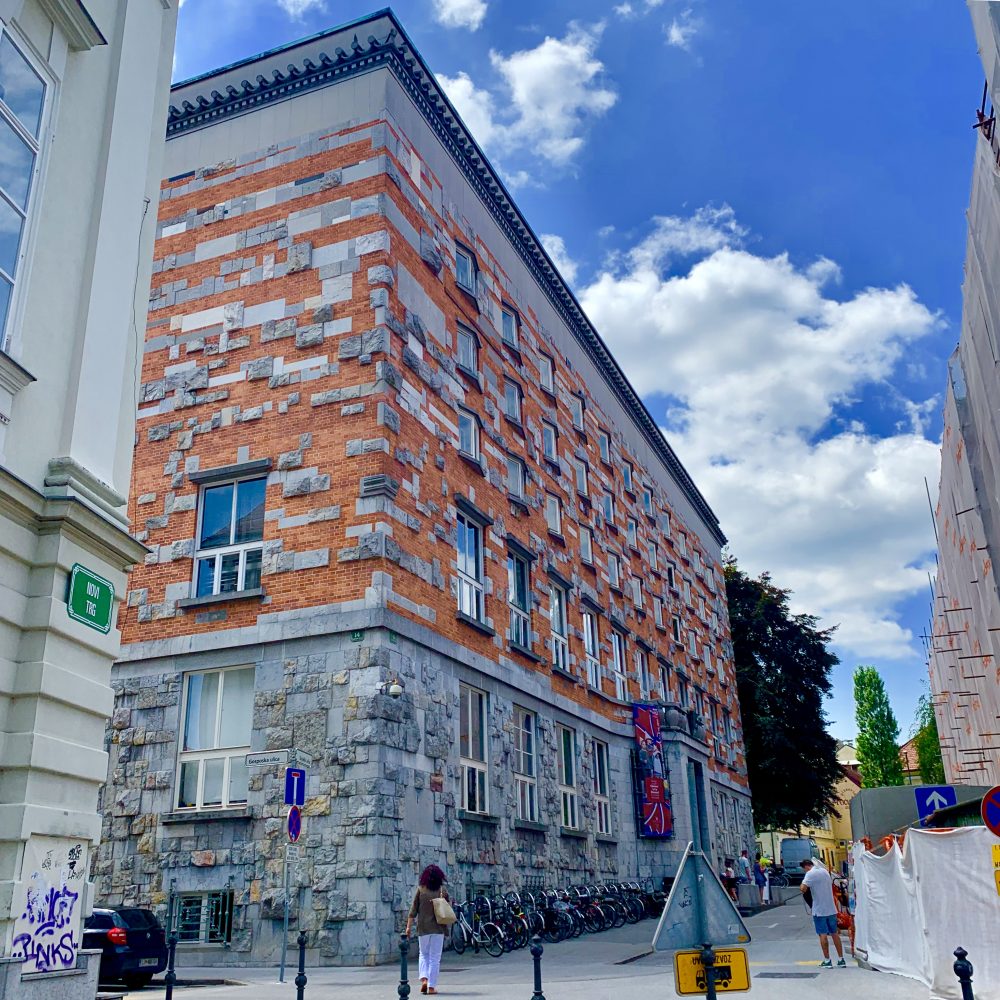
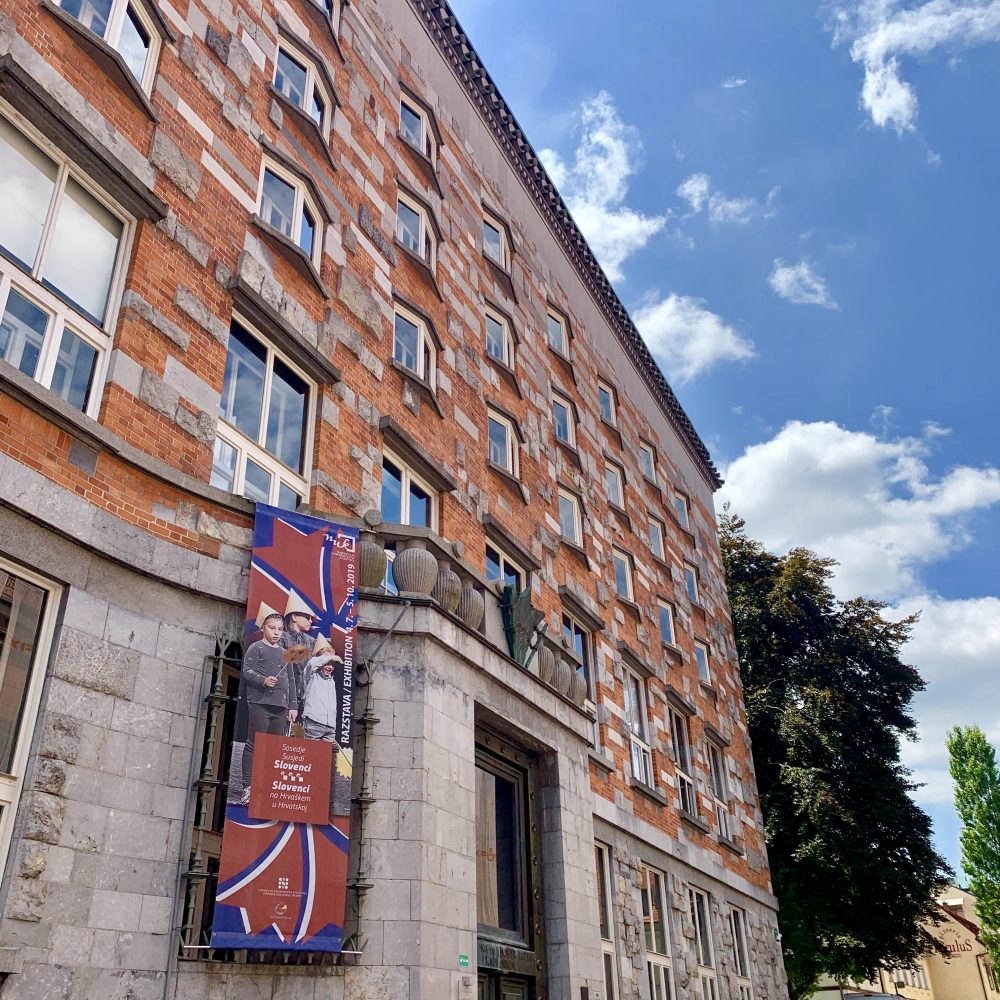
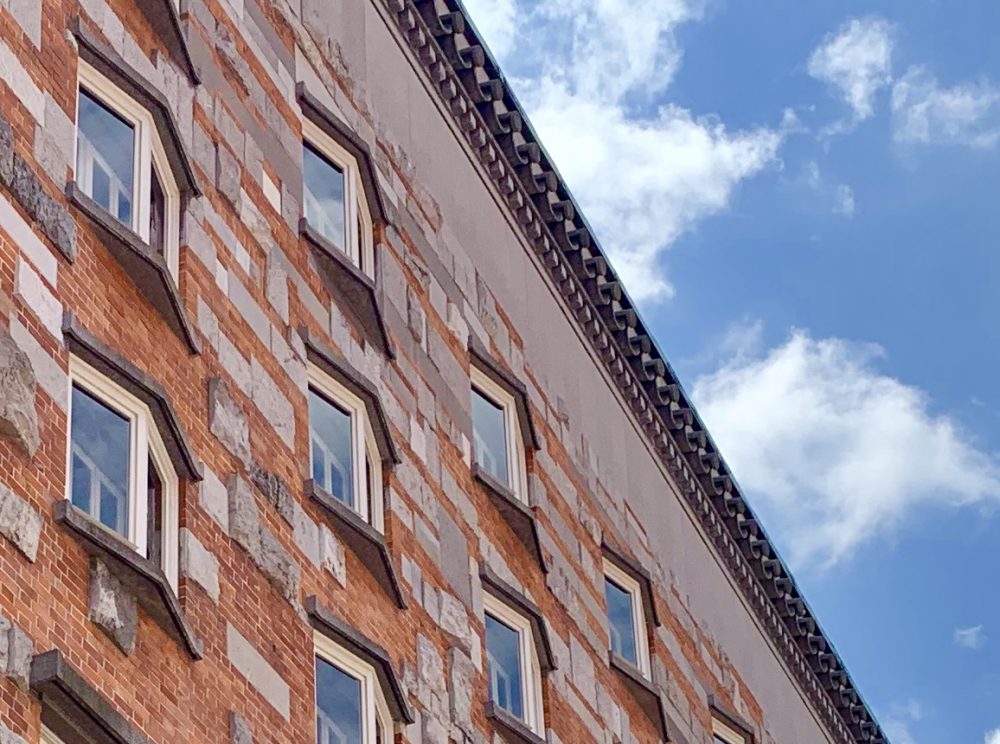
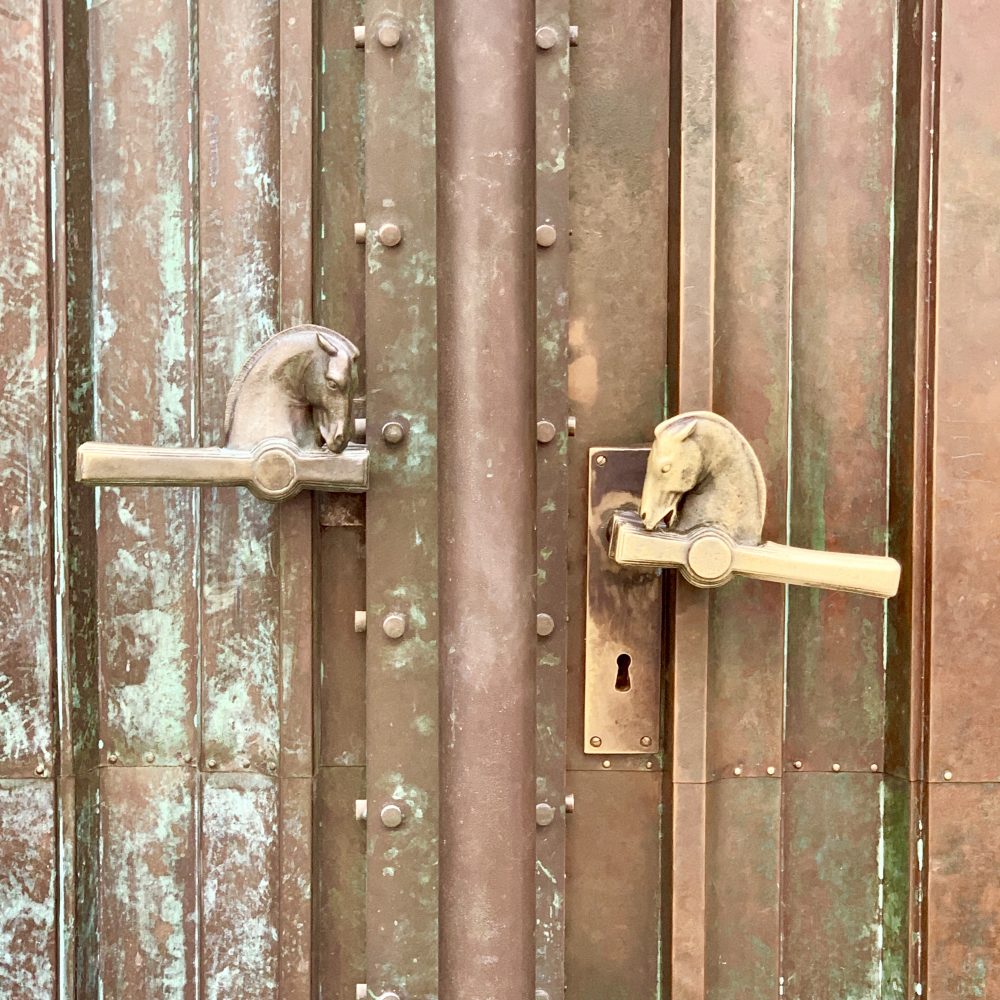

Ljubljana Cathedral (St. Nicholas’s Cathedral)
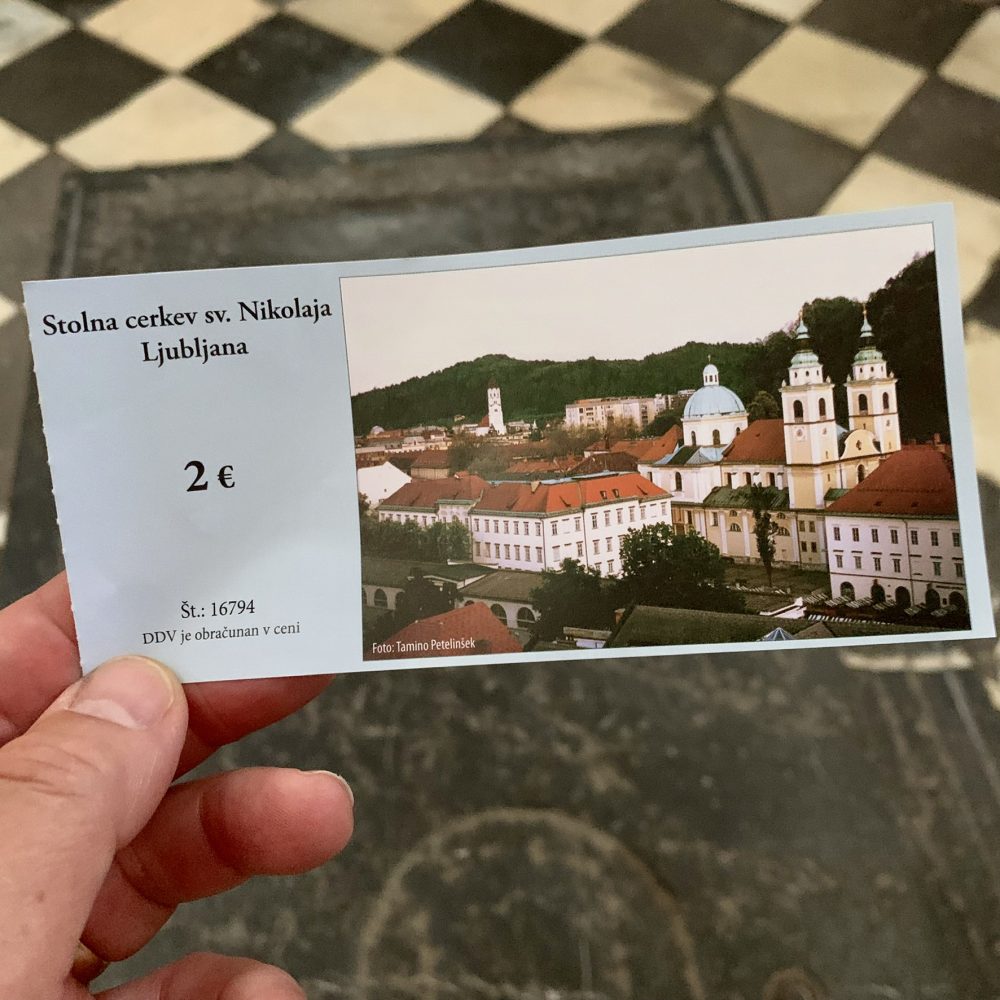
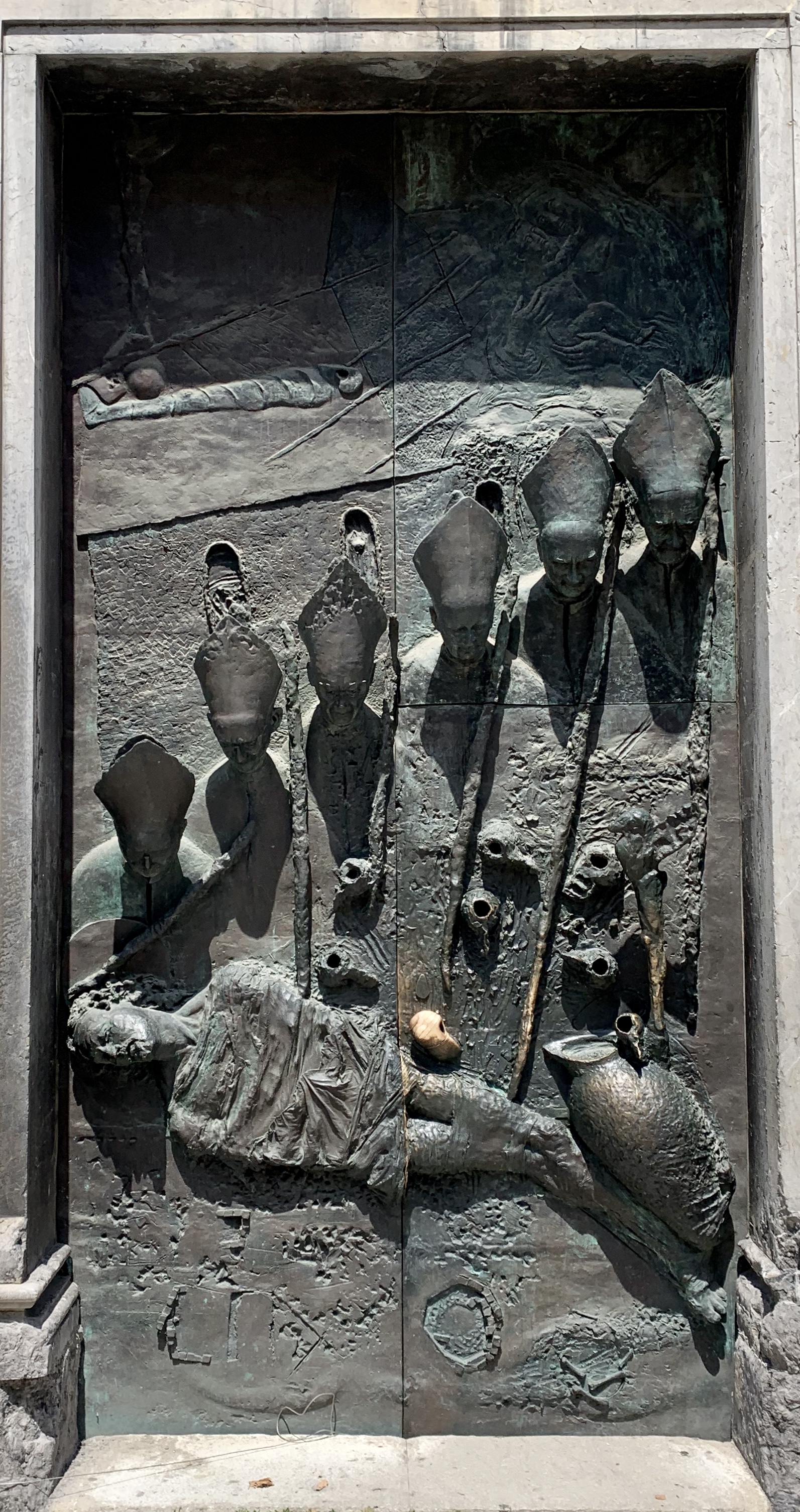
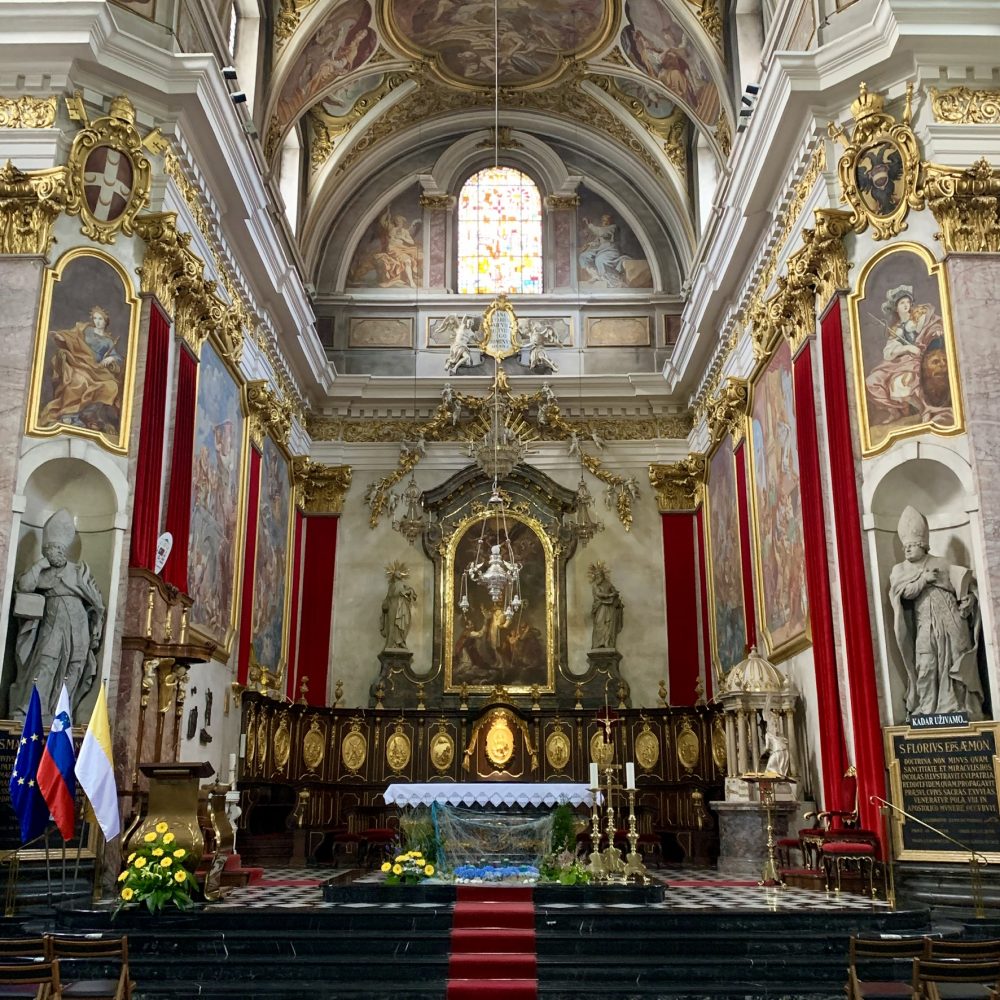
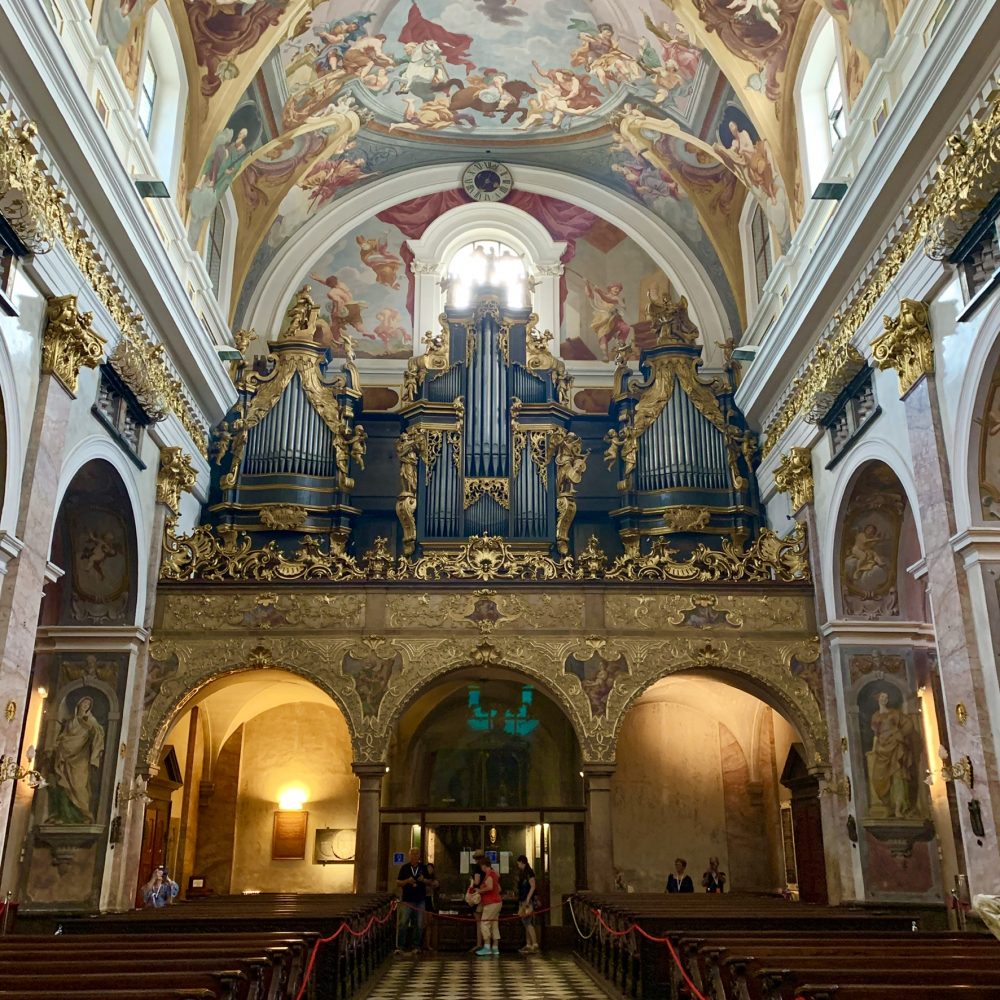
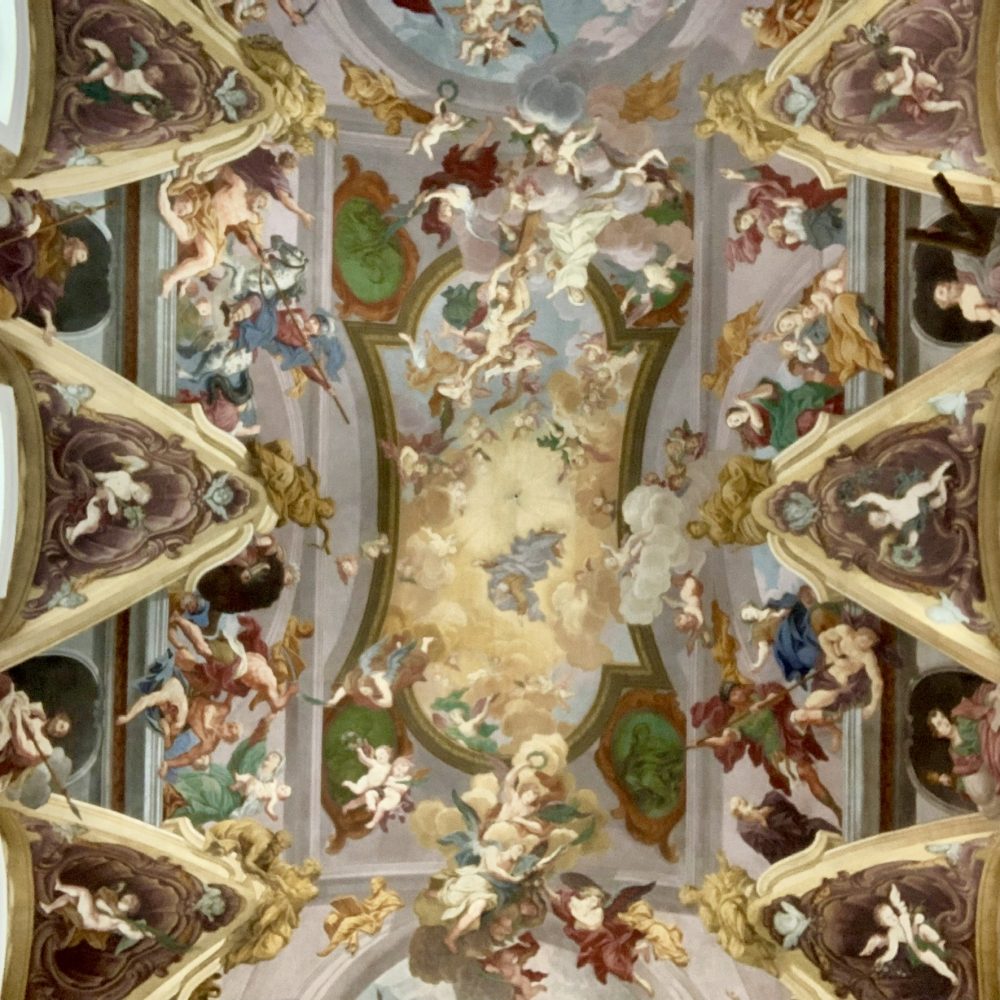
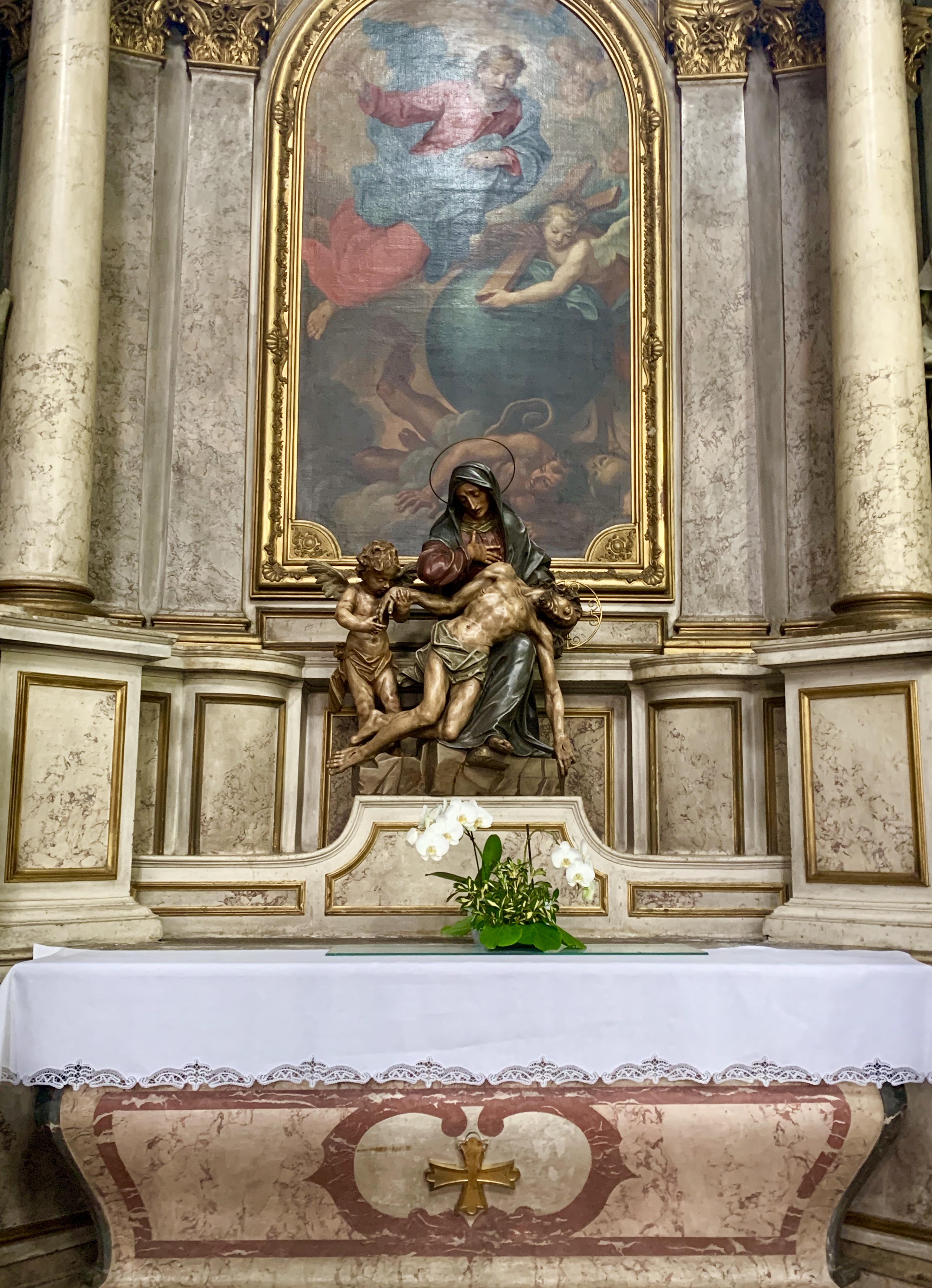
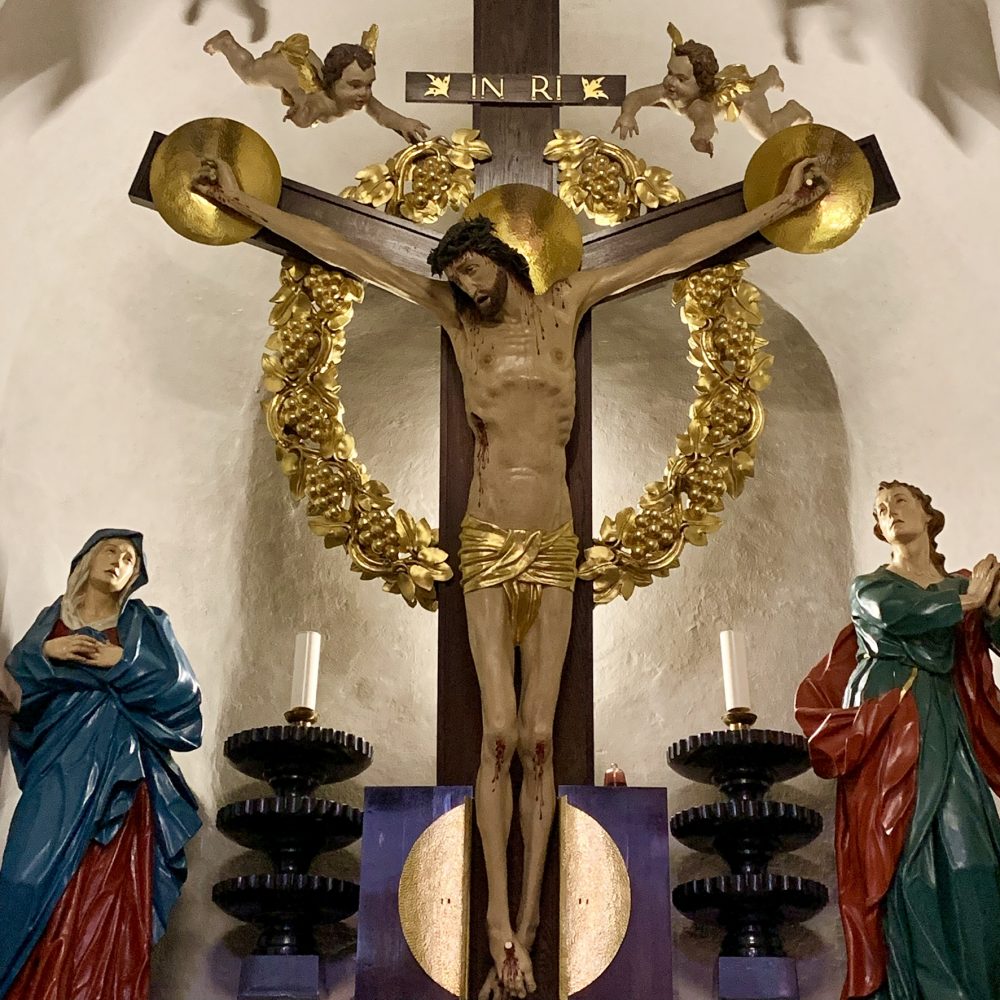
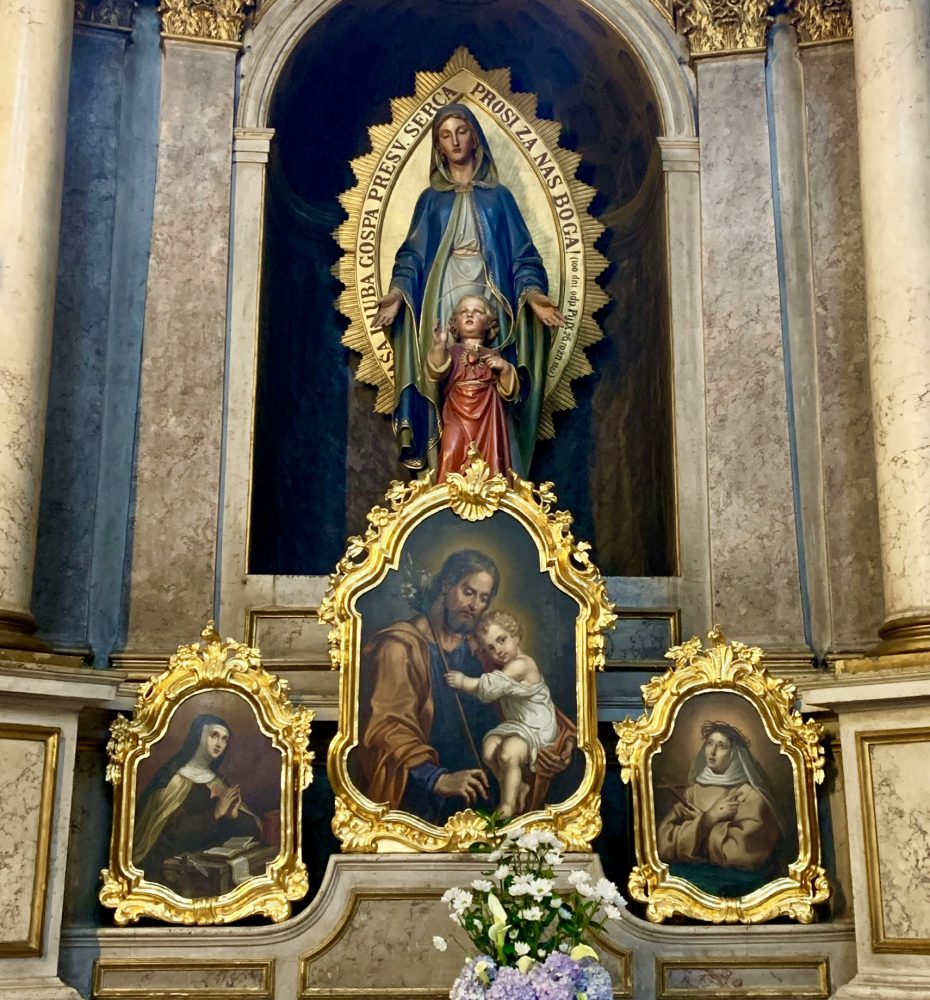
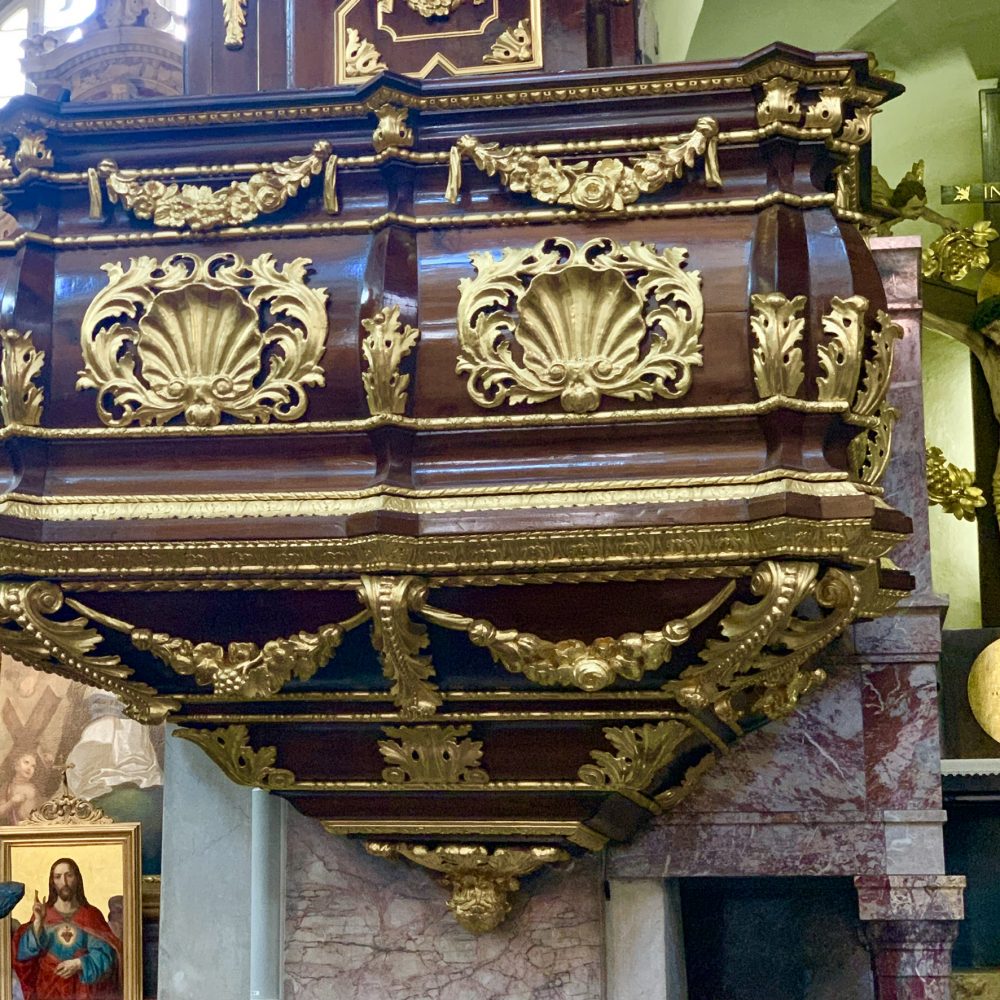
Škocjan Caves
Our second Mini Wow goes to the Škocjan Caves! Caves are one of the three things Robert likes best in this world. These spectacular caves are one hour south of Ljubljana. Unless, of course, Waze sends you to the middle of a forest with logging trucks. Then it takes an additional hour.
The caves were formed by an underground river that still wears its way through the limestone Karst. The one-hour tour starts with the warning not to take photos. Robert did anyway, but it was way too dark. This post contains photos downloaded from the web along with blurry ones by Robert.
The caves start with narrow passages that open up to a dry cave—the river changed course centuries ago. The air is pleasantly chilly. As you move through, you start to hear the movement of water opening up to the the largest cavern in Europe—Sorry, Adriana: Questa grotte e’ piu grande delle Grotte di Frasassi! The bridge that crosses the cavern is 15O feet above the river. The tour ends at a canyon that many years ago was part of the caves before its roof collapsed.
On the tour we met a family from Malta with two girls aged ten and six—both fluent in English. They start learning English at three years old. Very talkative. Very entertaining. They decided we should come back to Malta with them in their car.
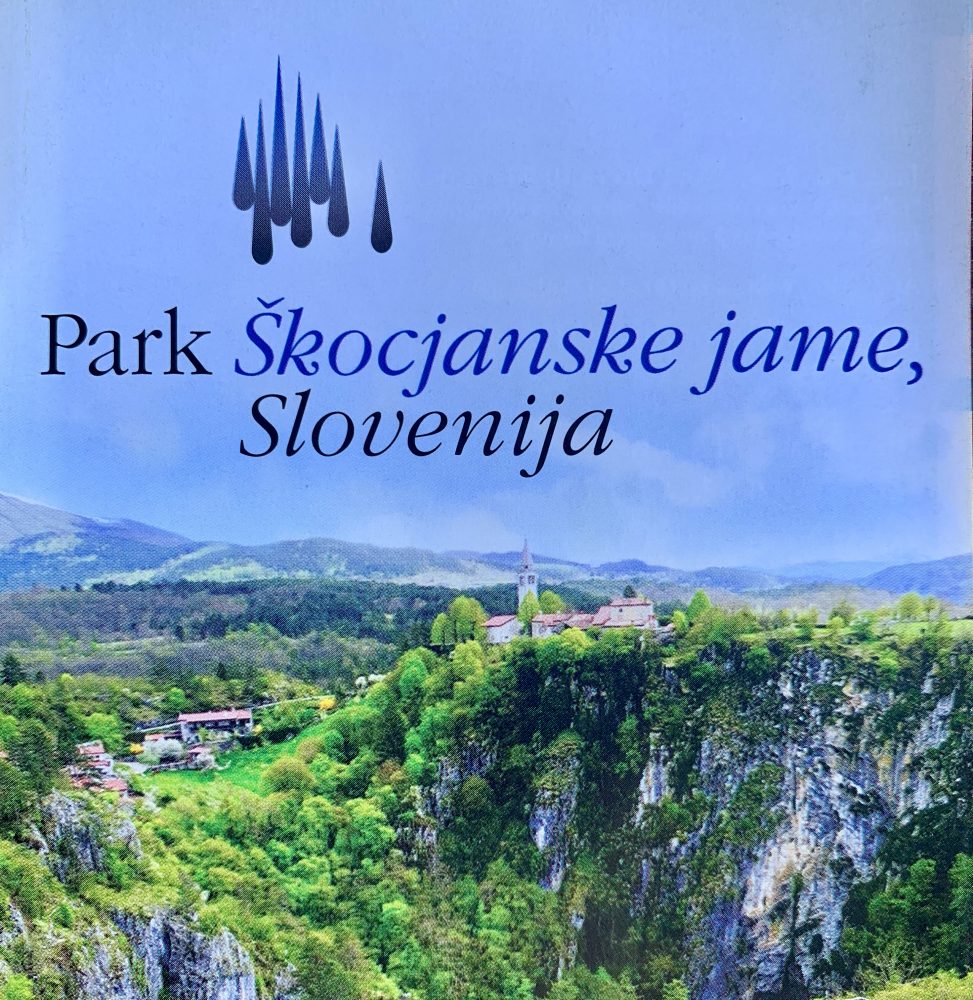
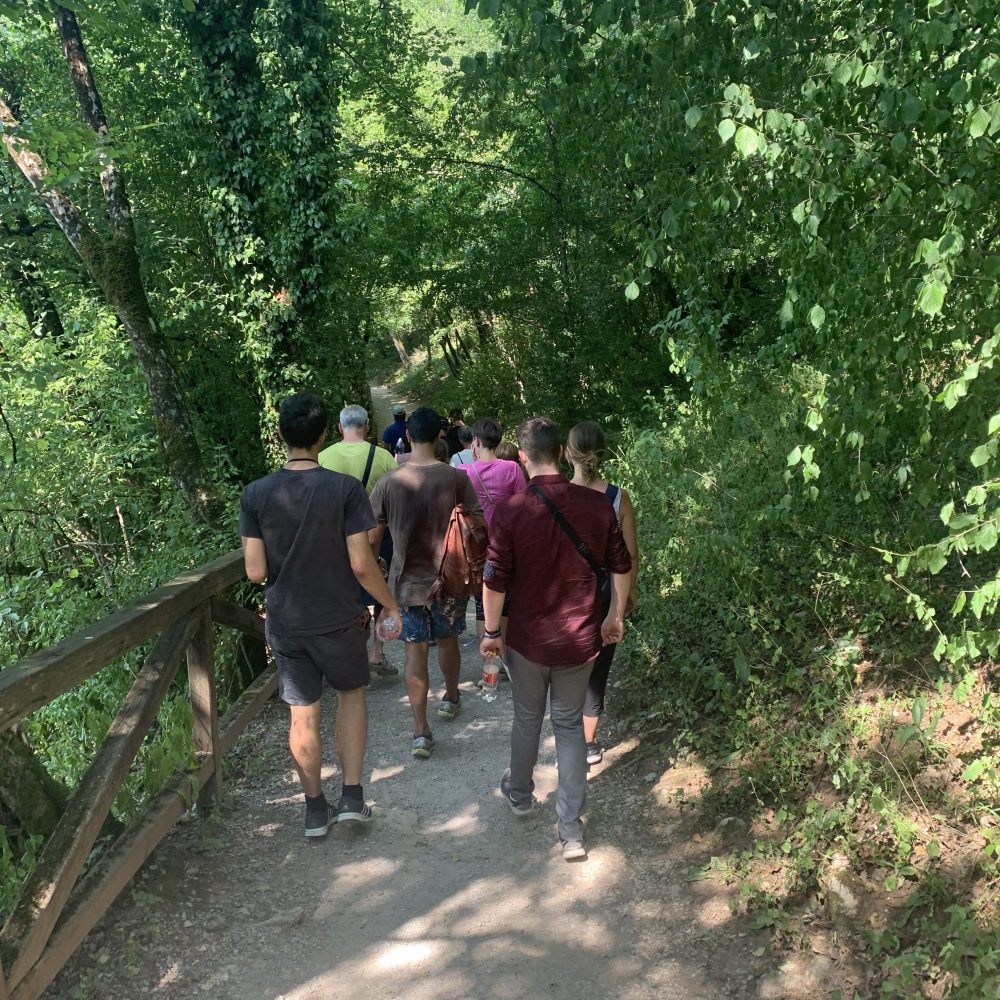
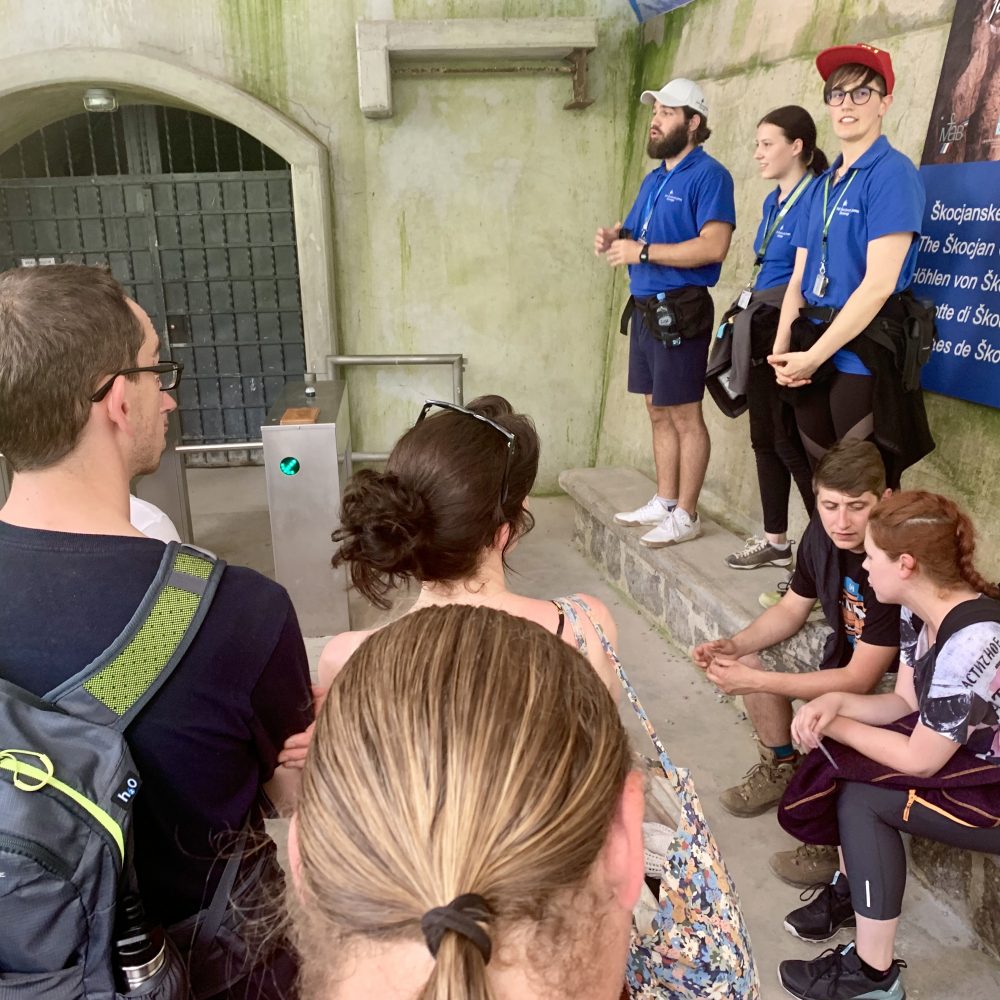
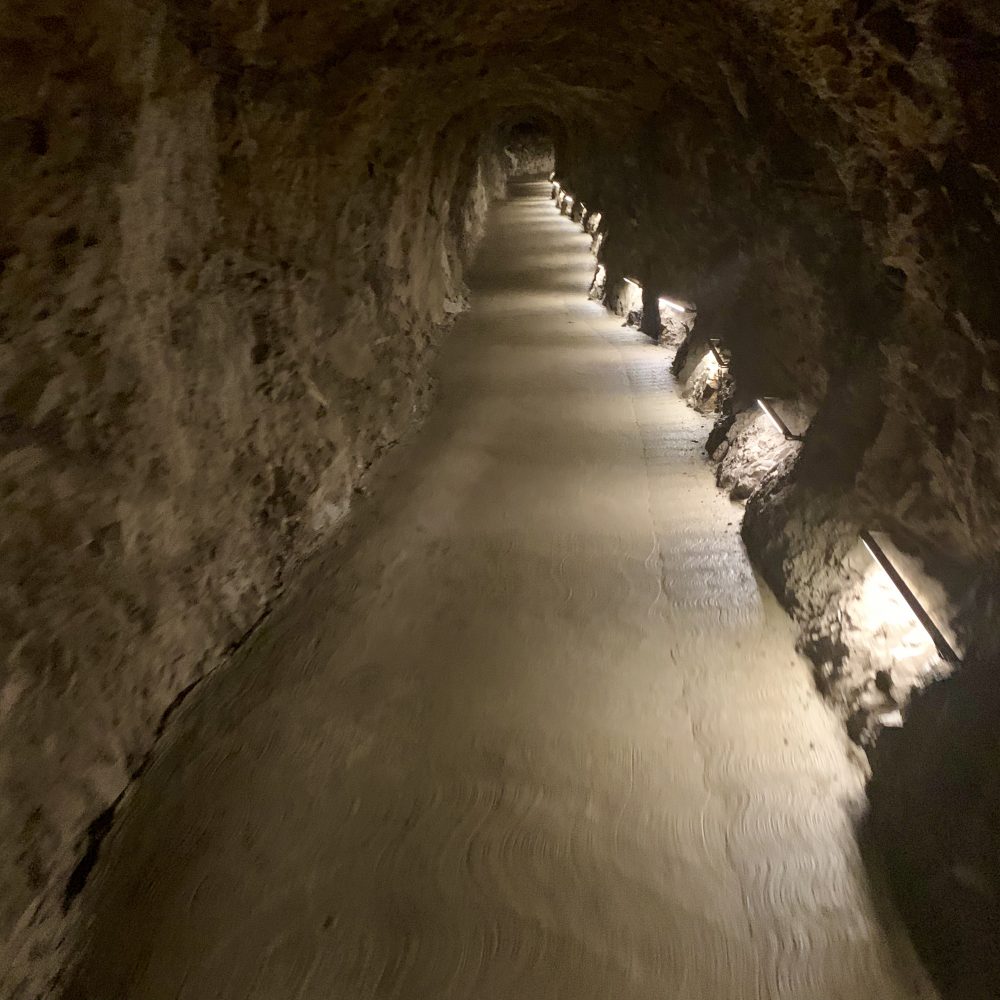
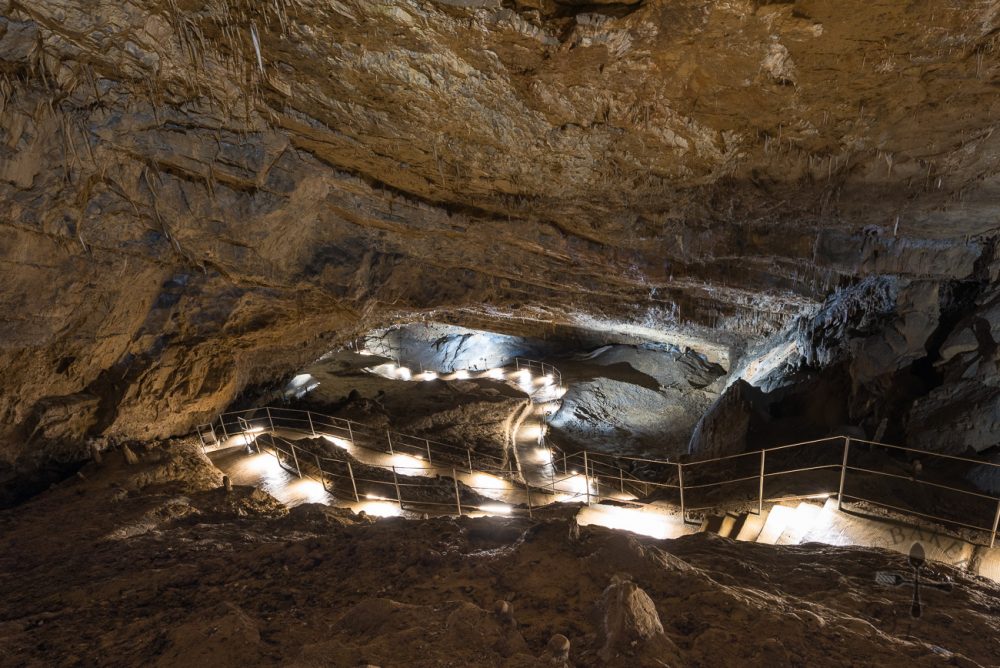
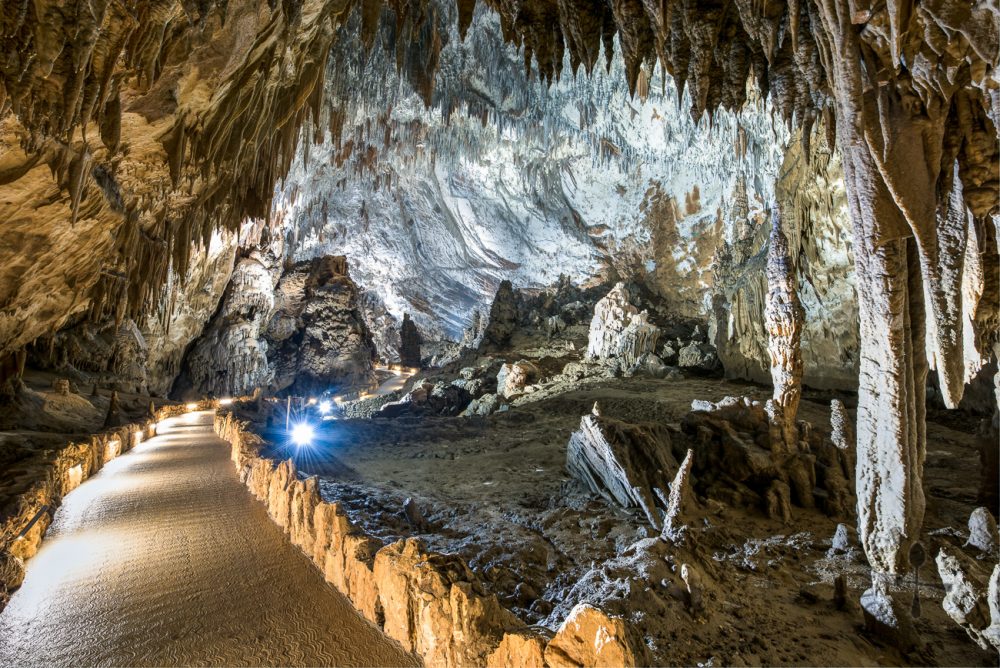
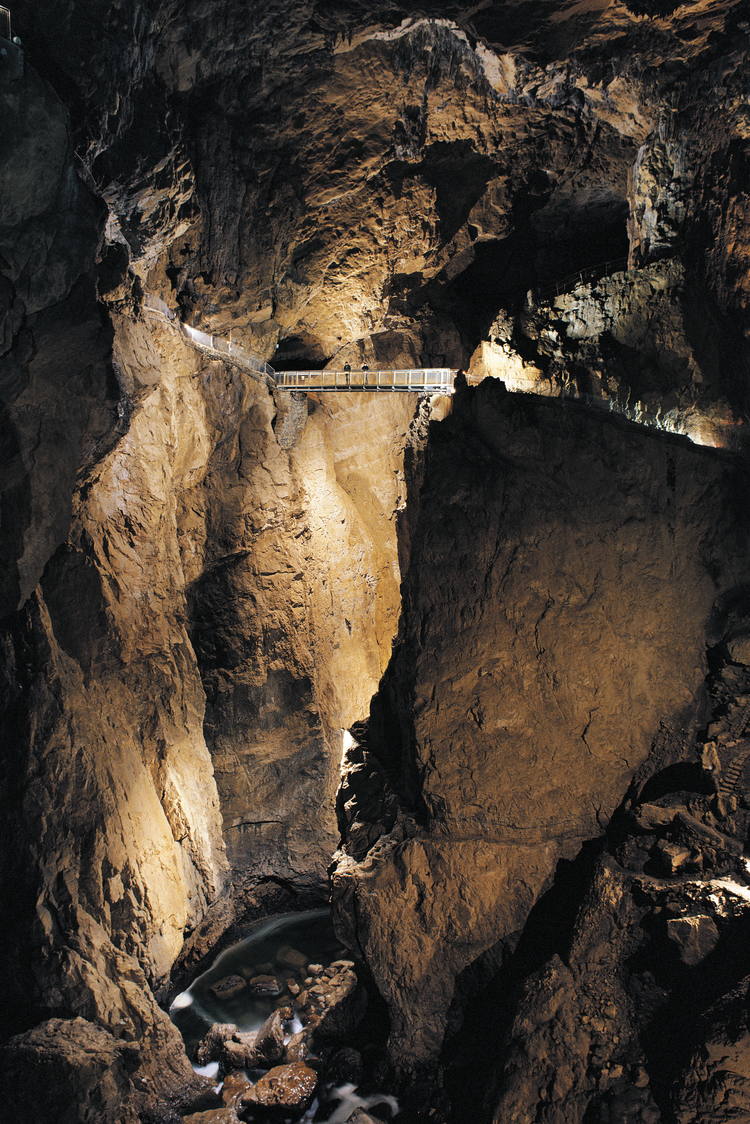
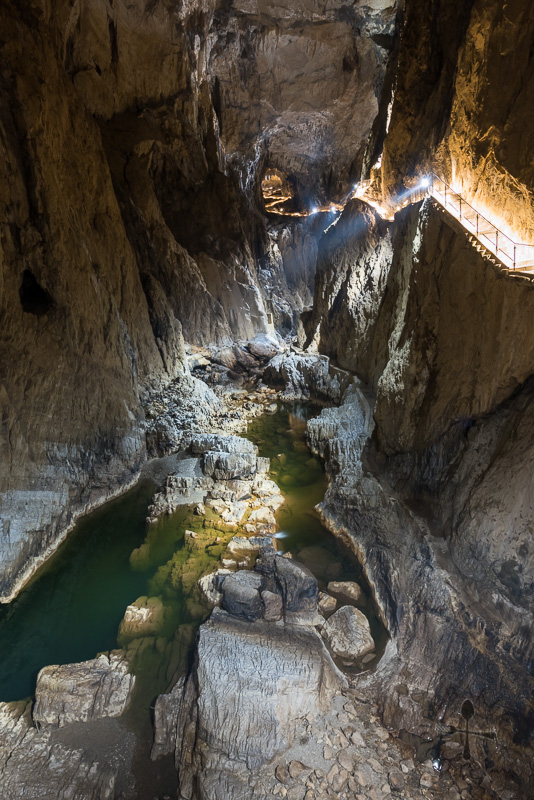
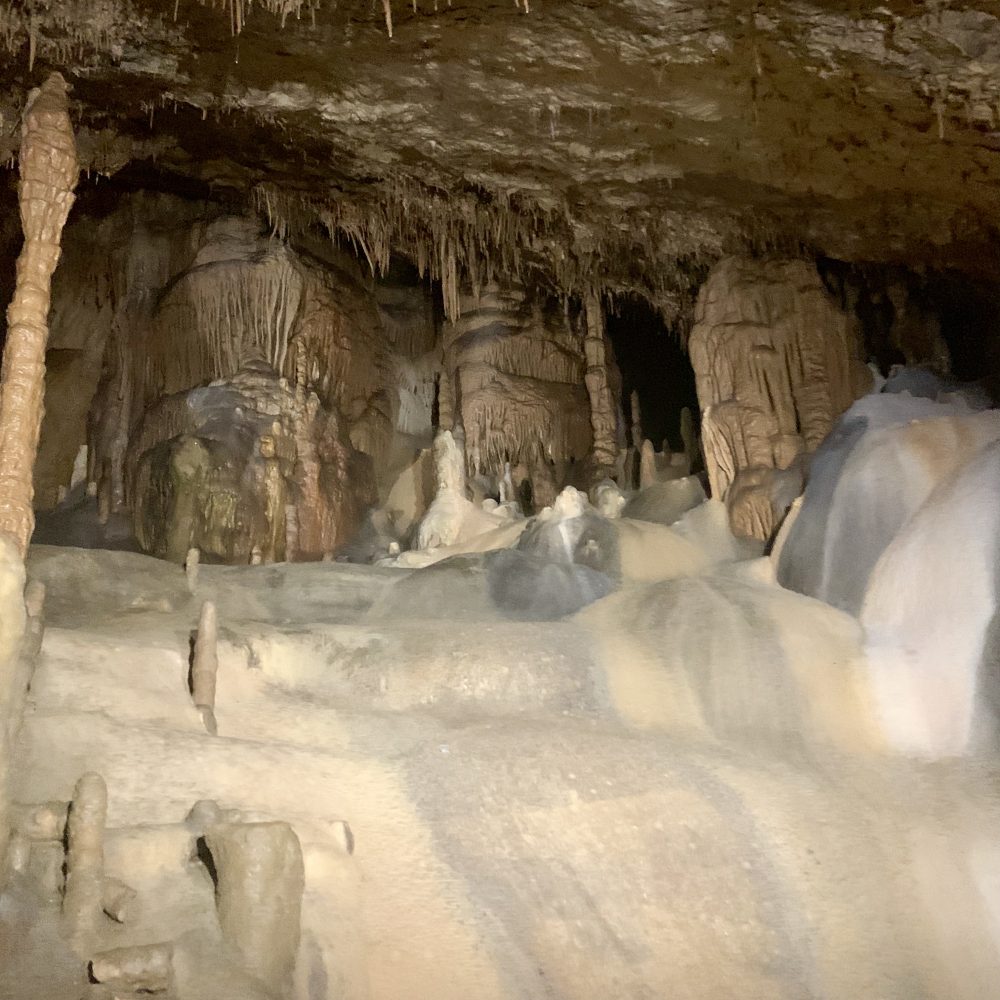
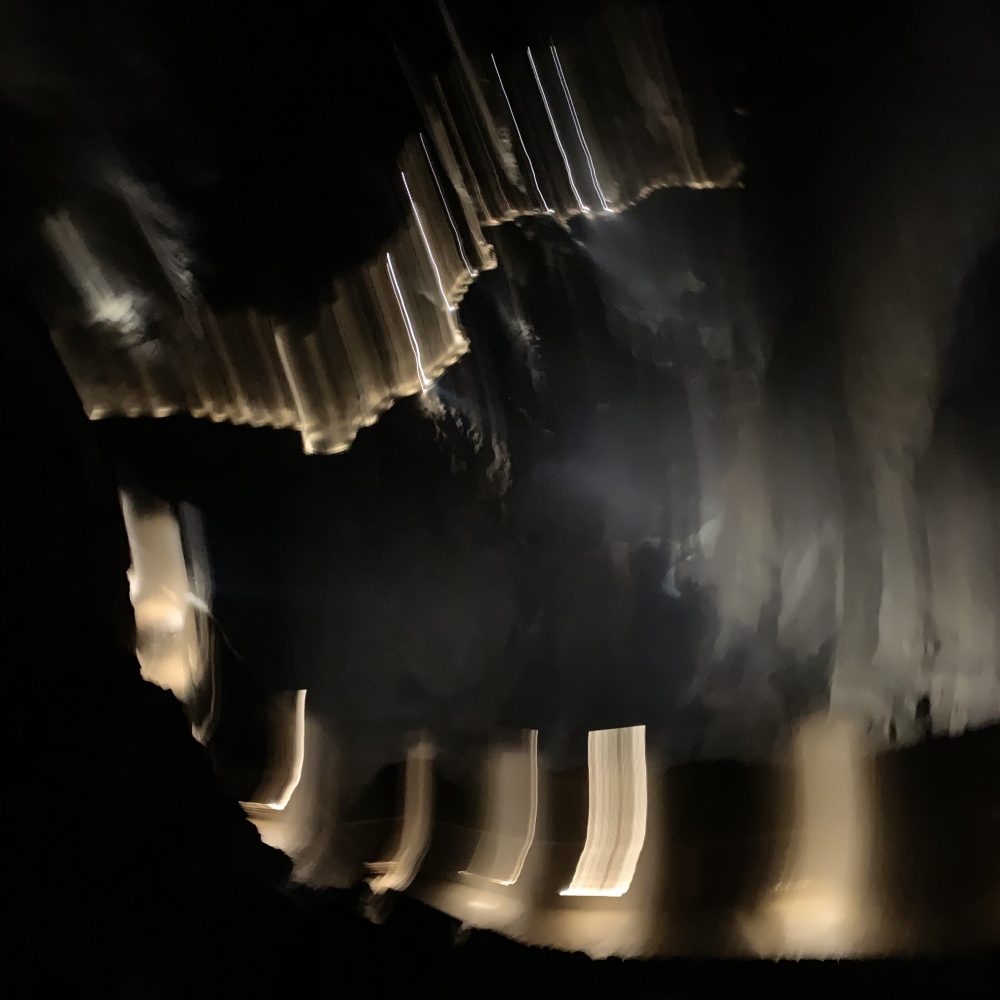
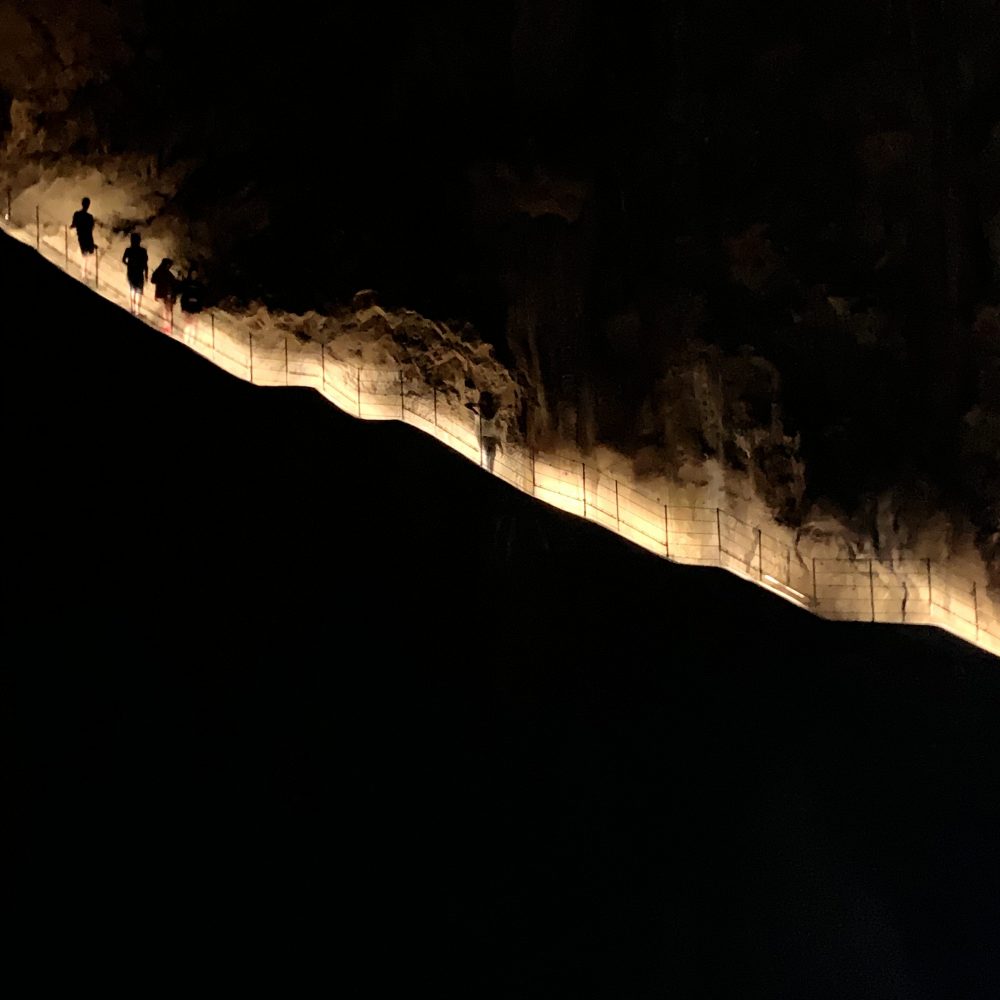
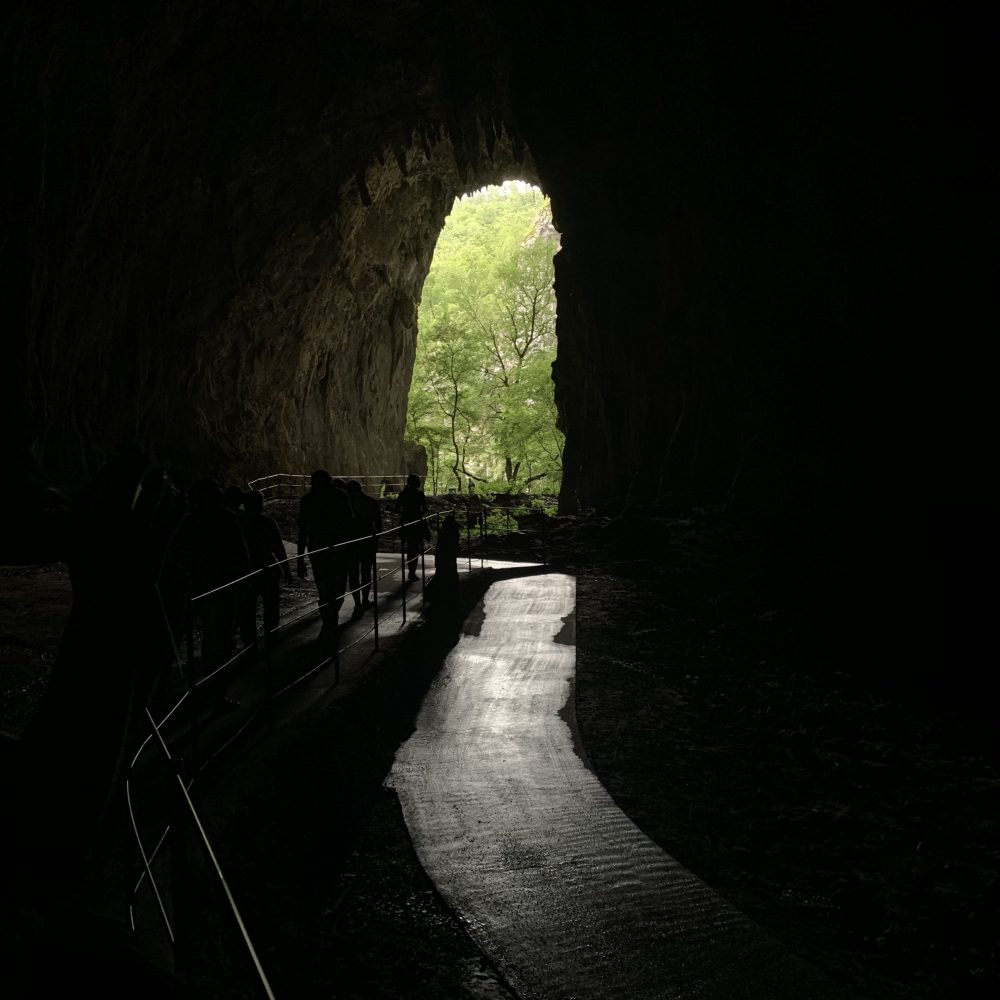
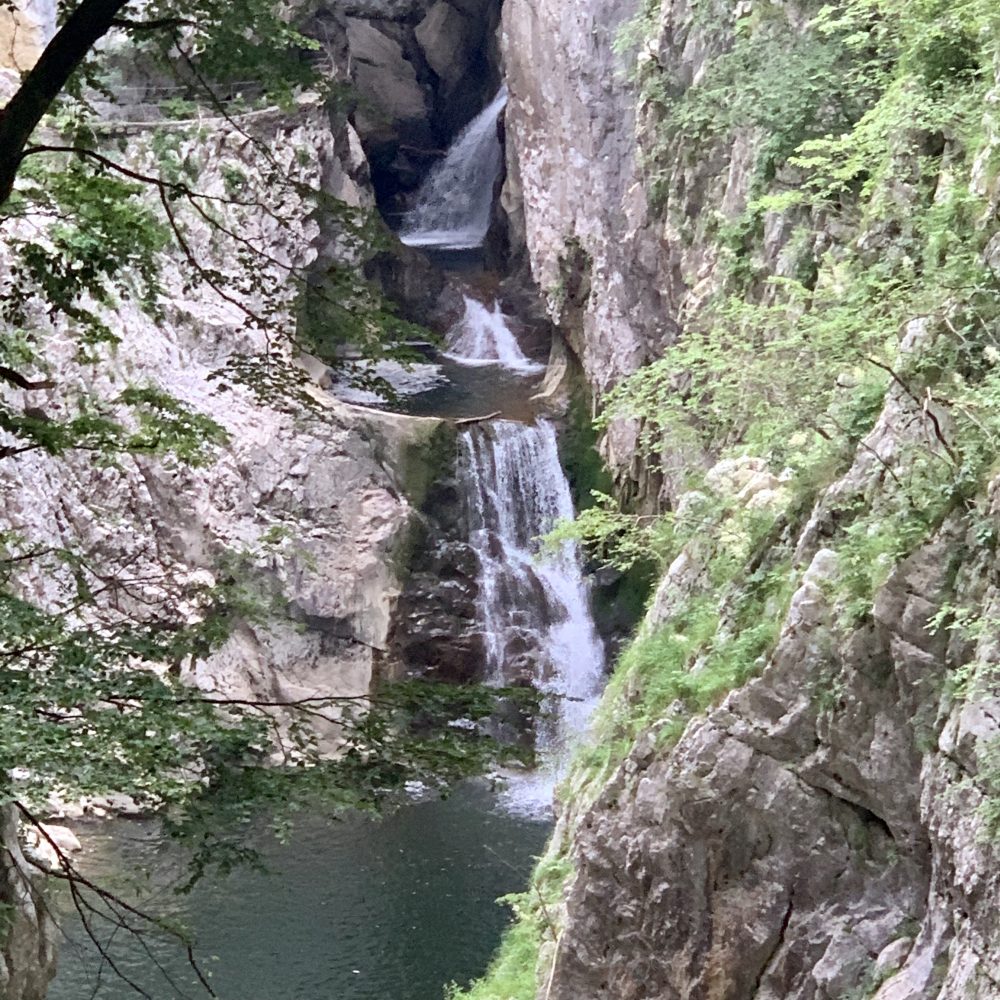
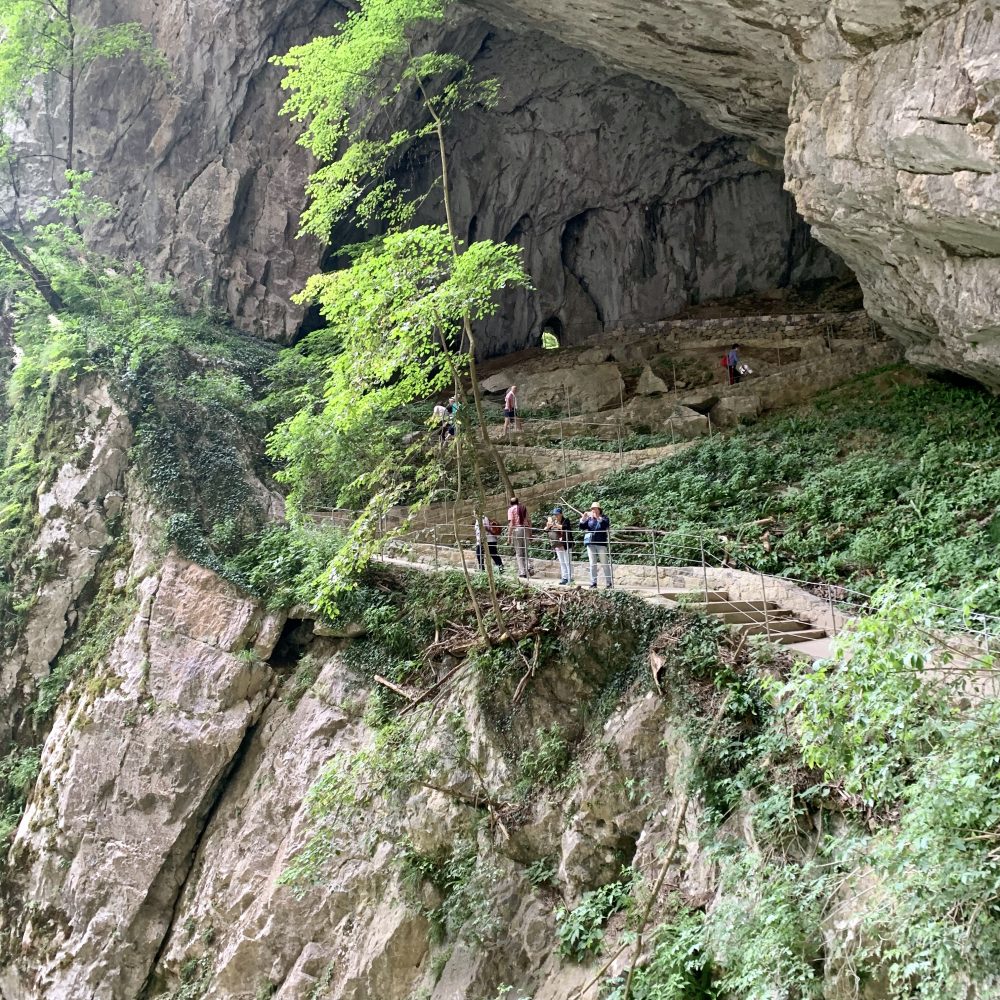
Hrana in Pijača
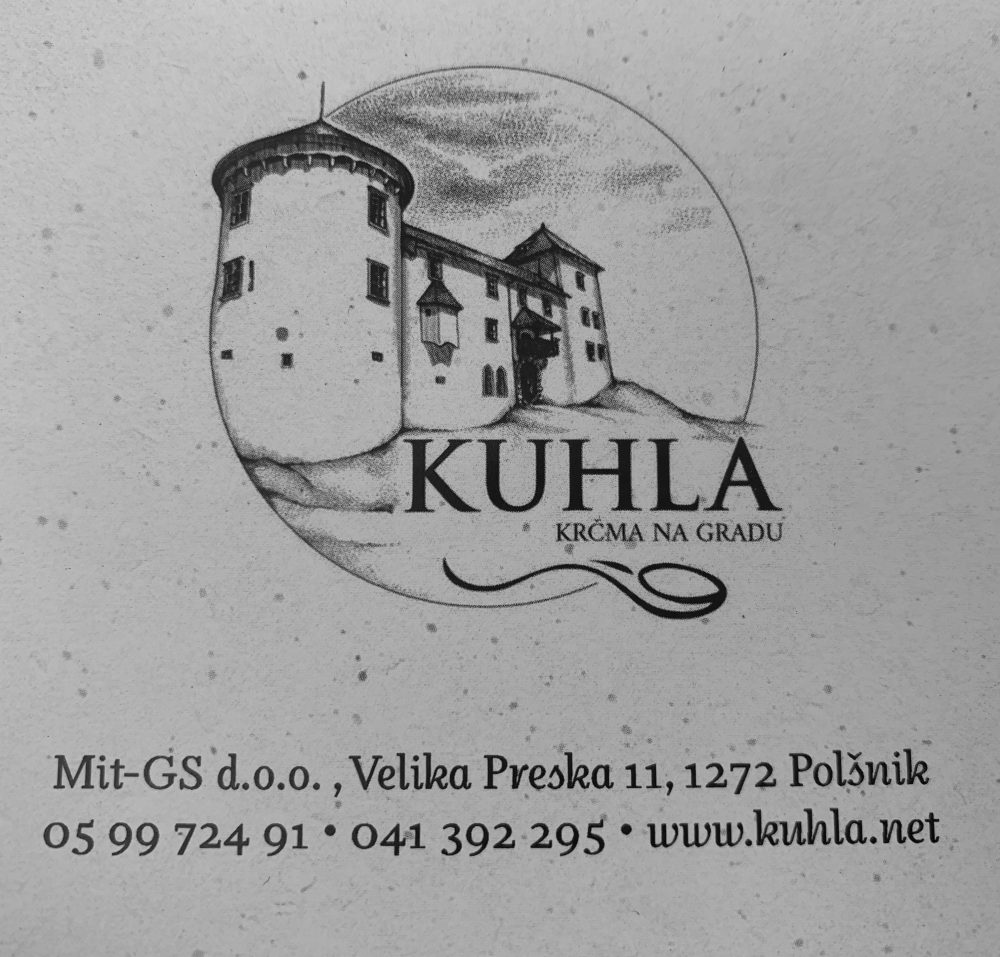
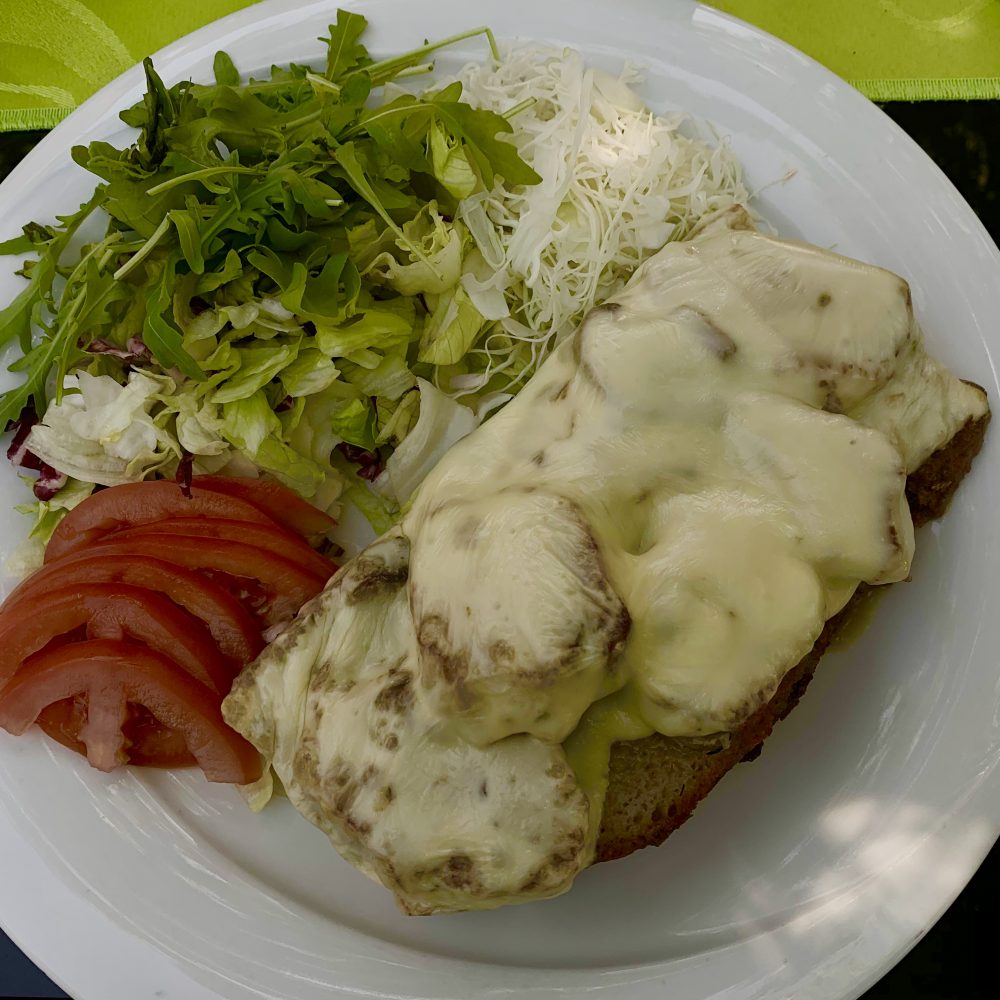
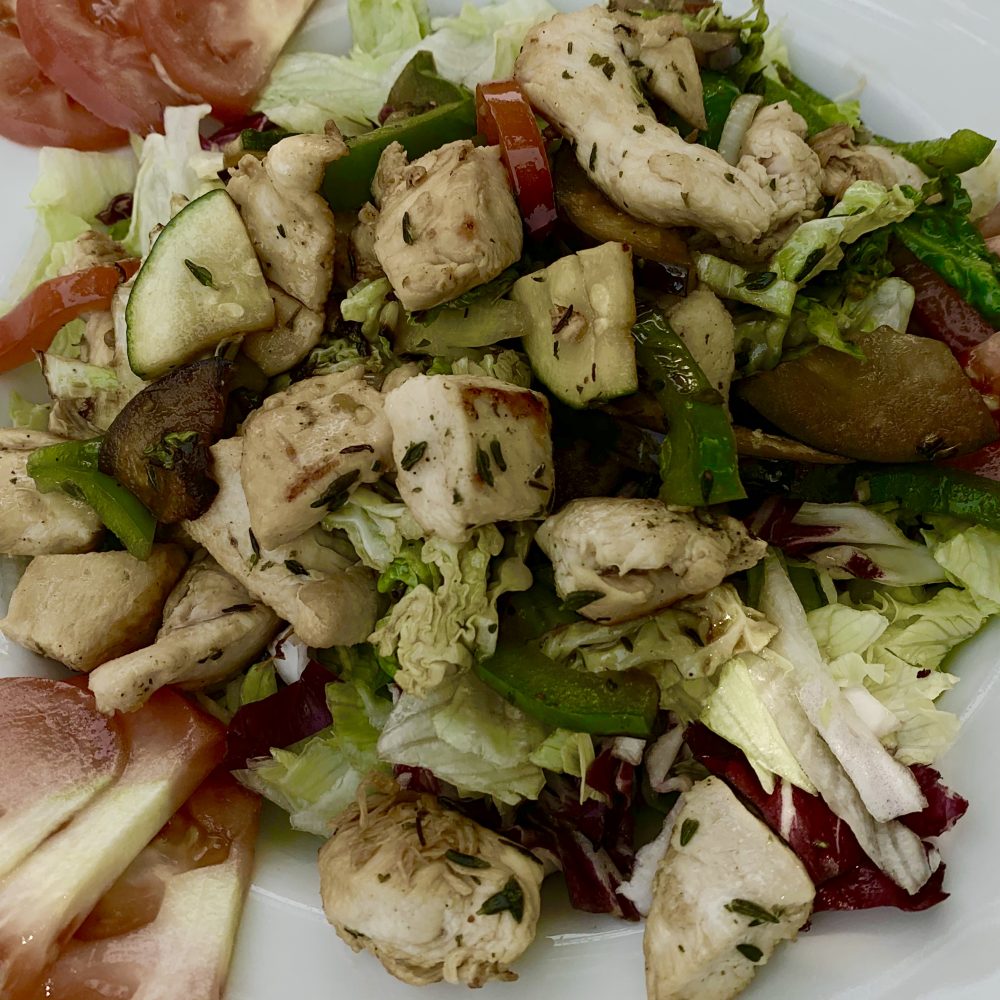
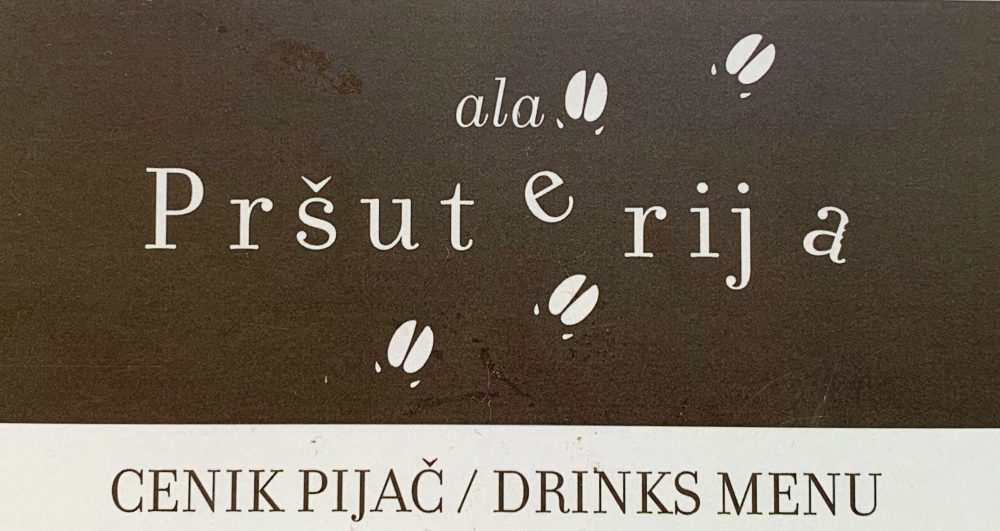
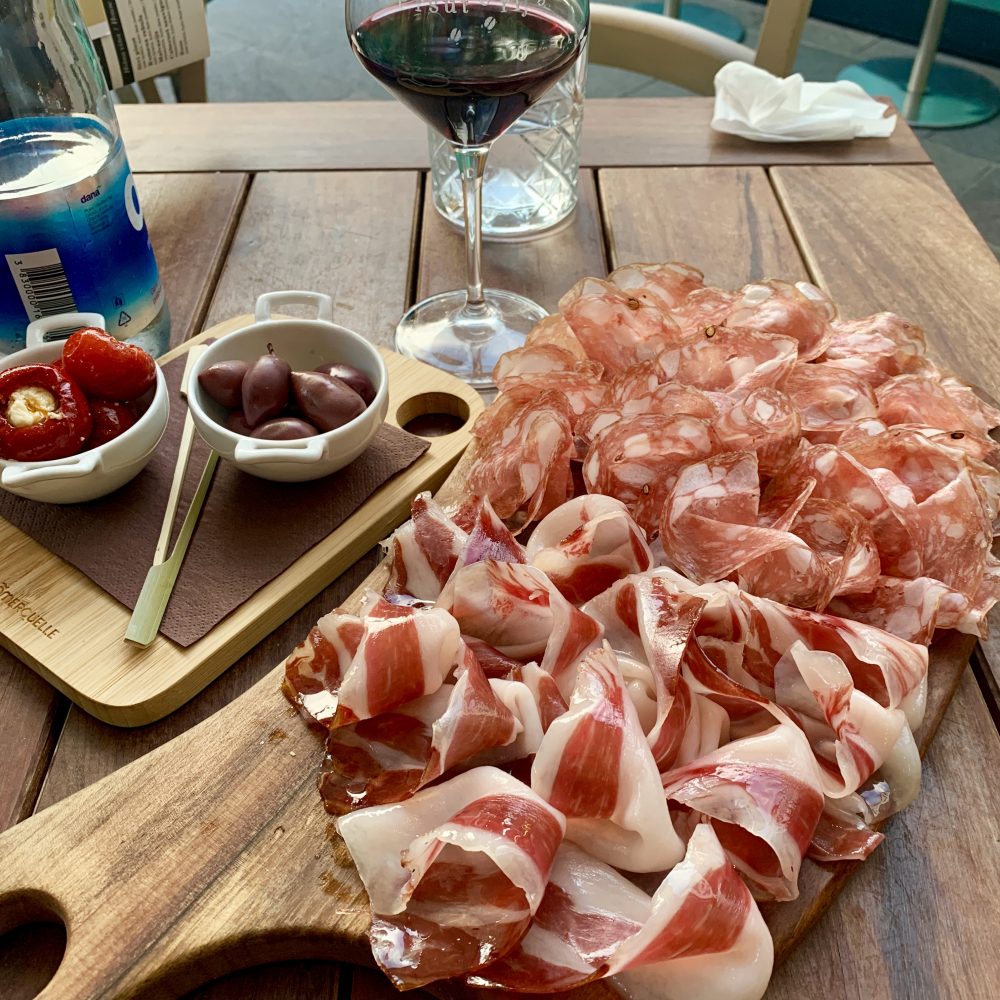
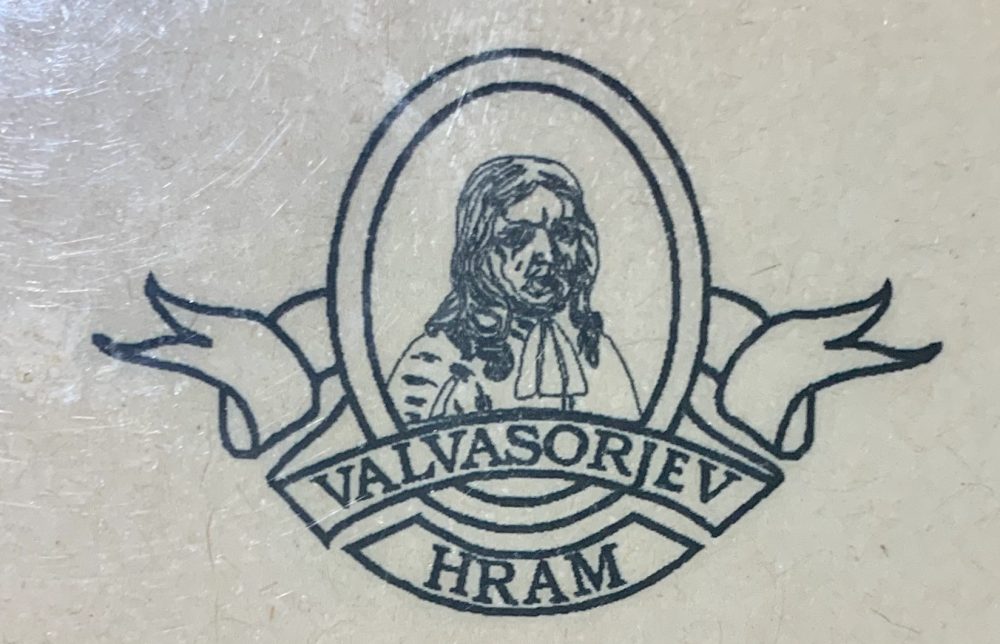
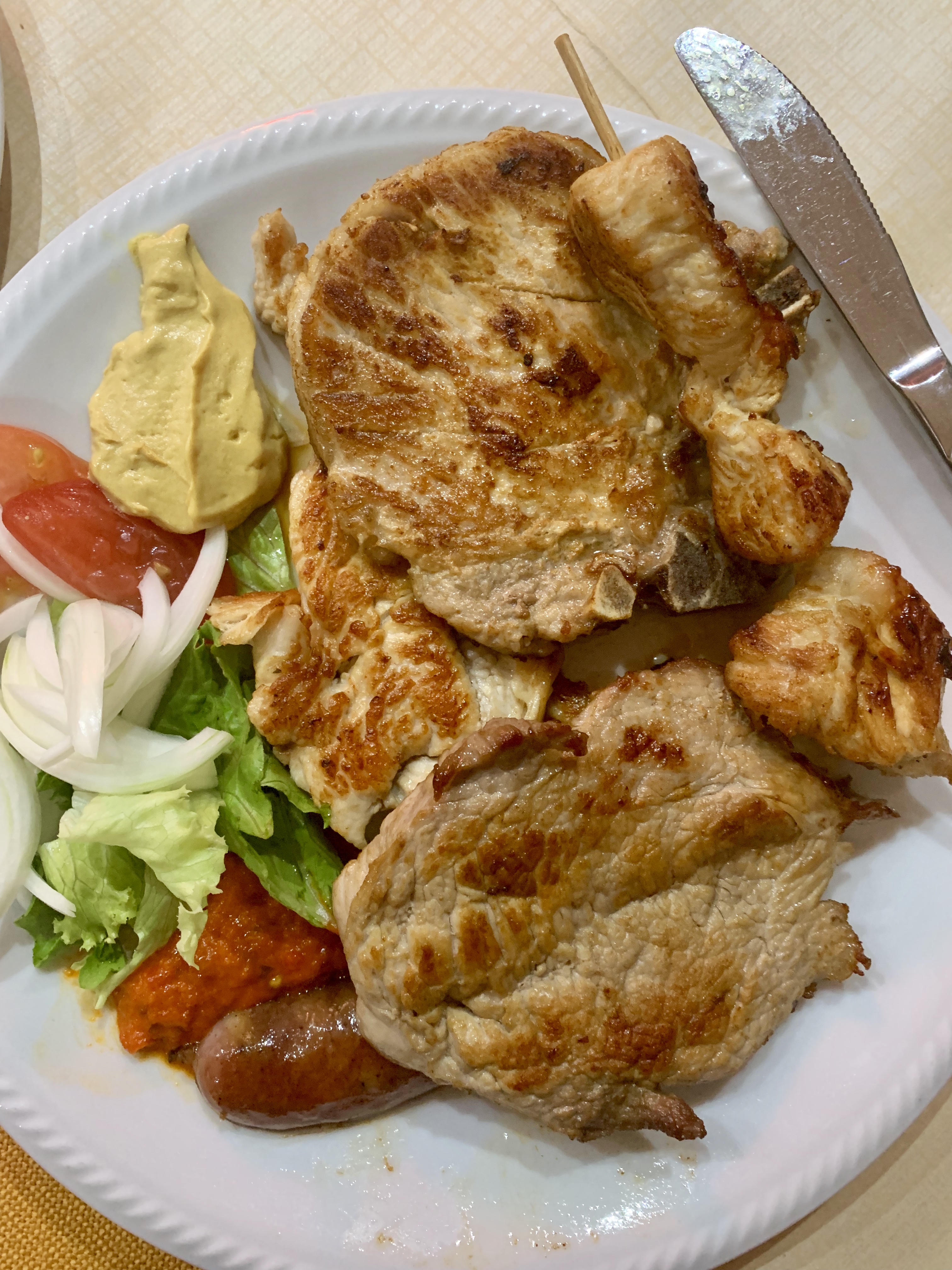
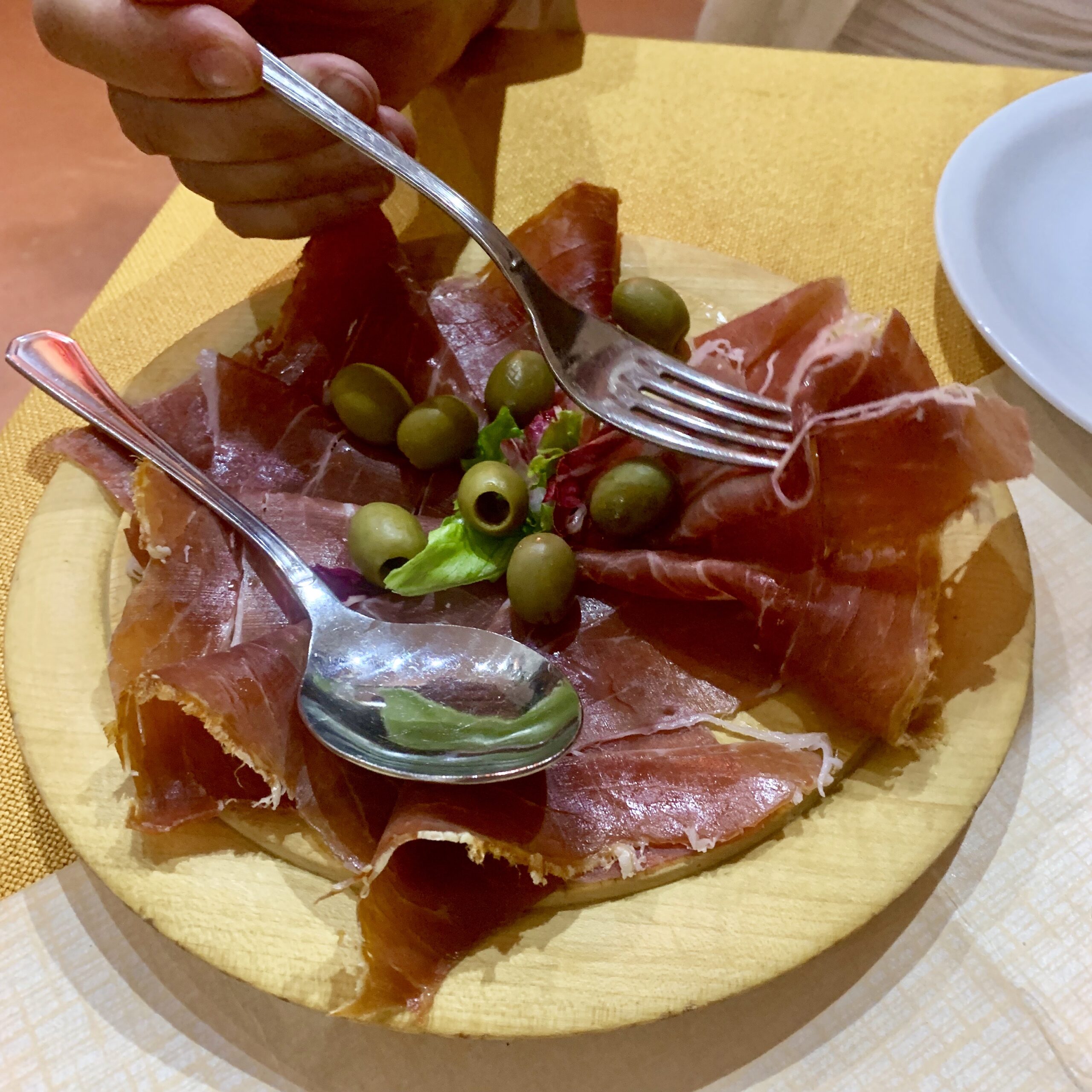
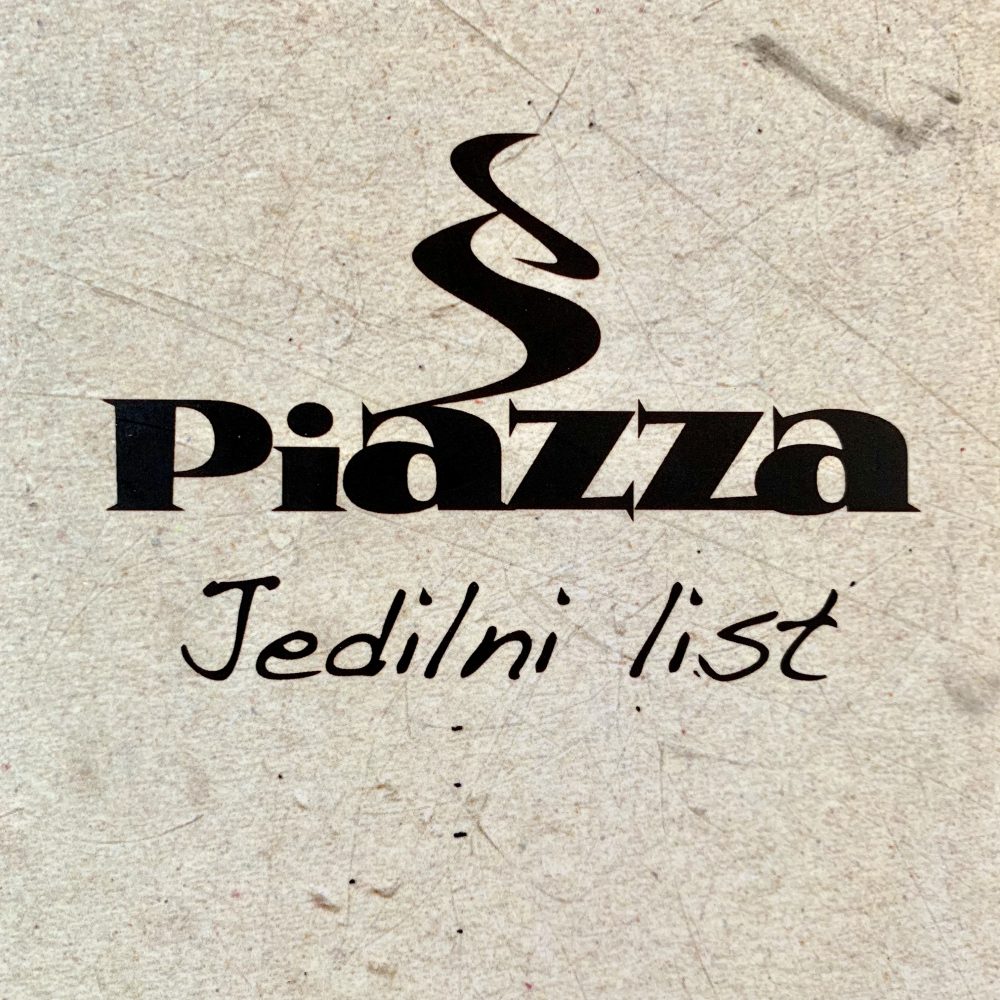
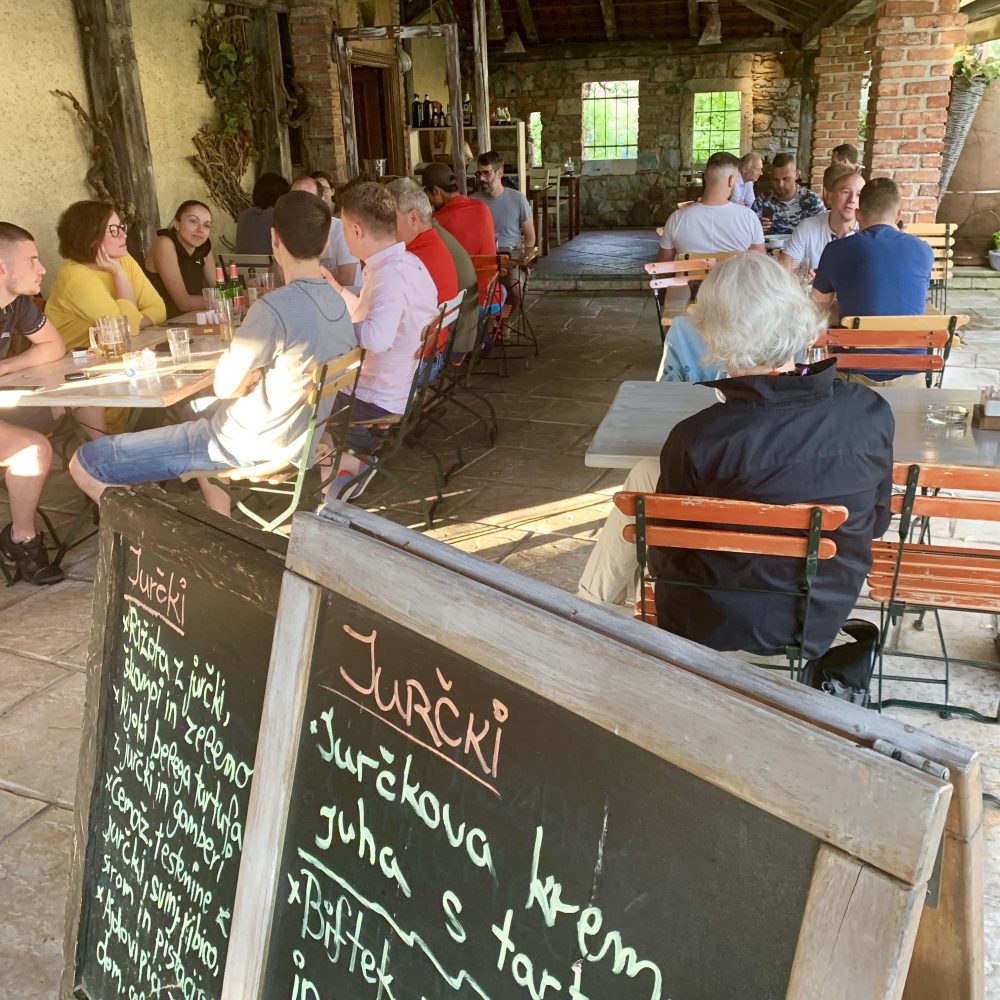
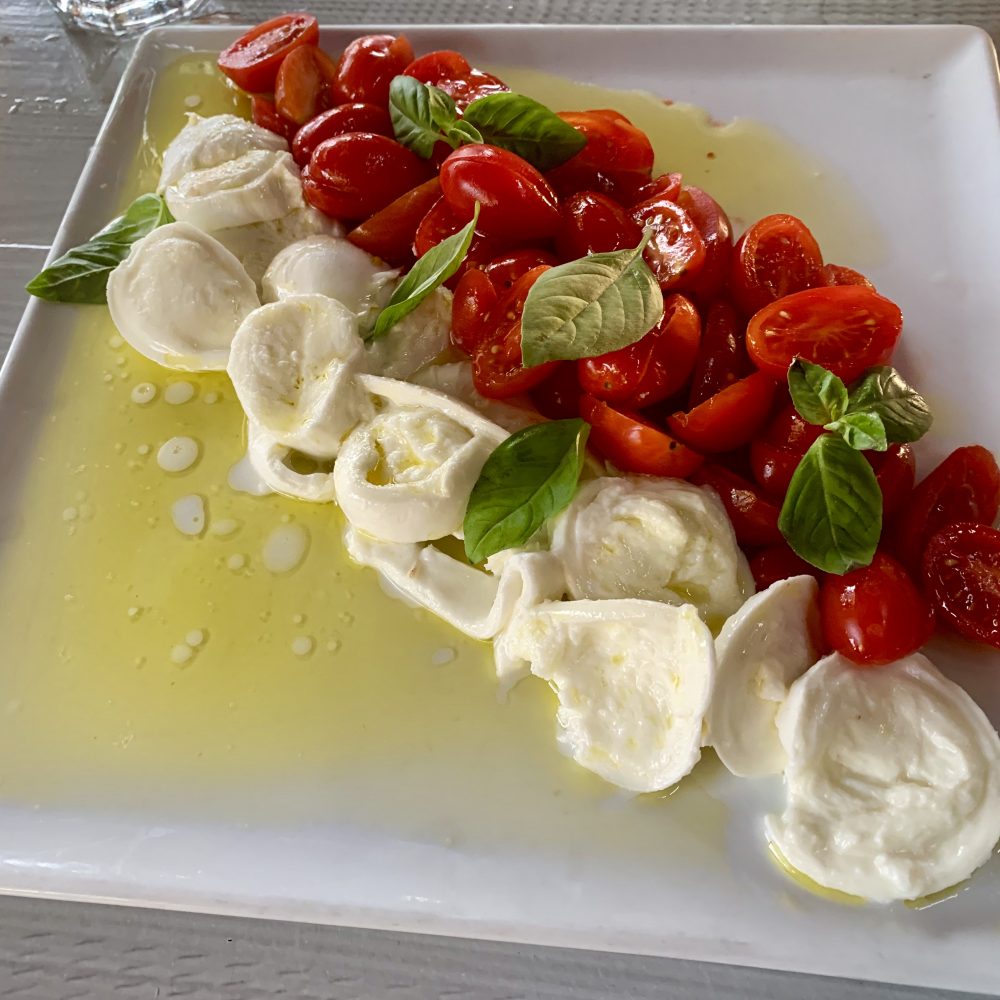
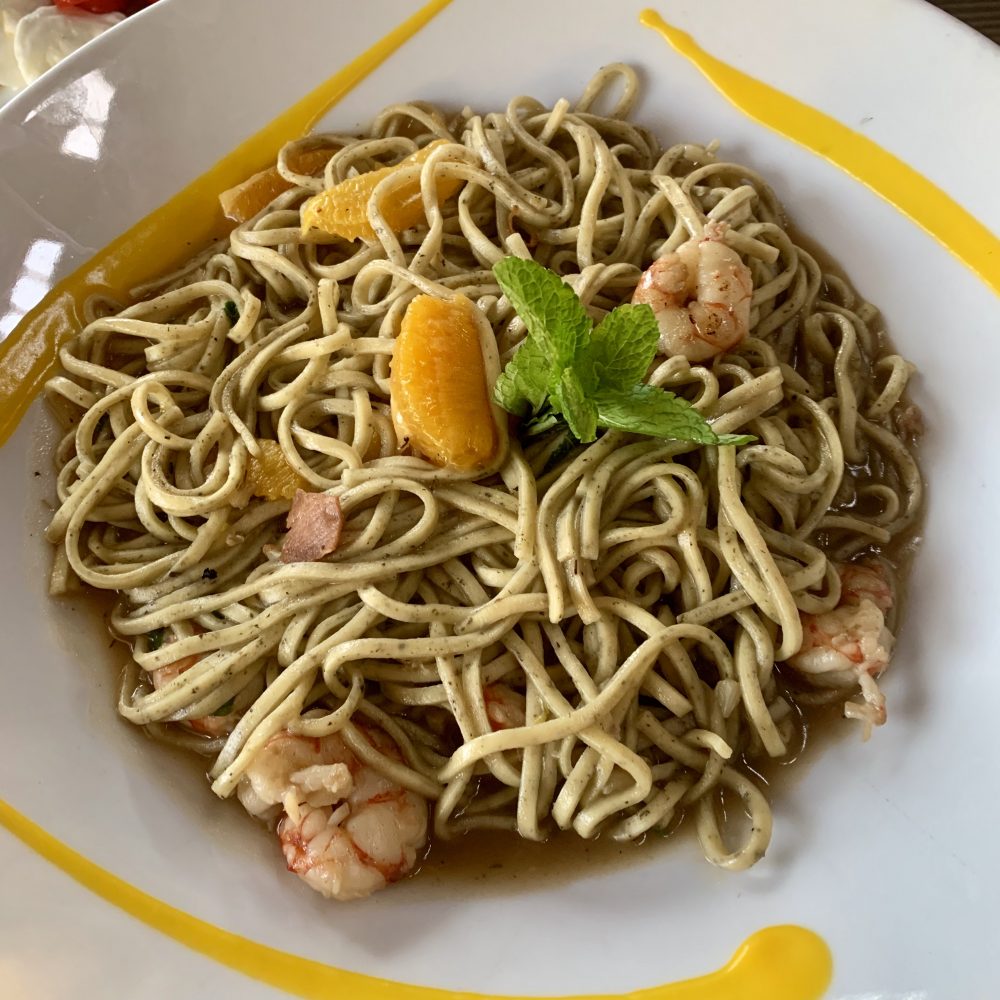
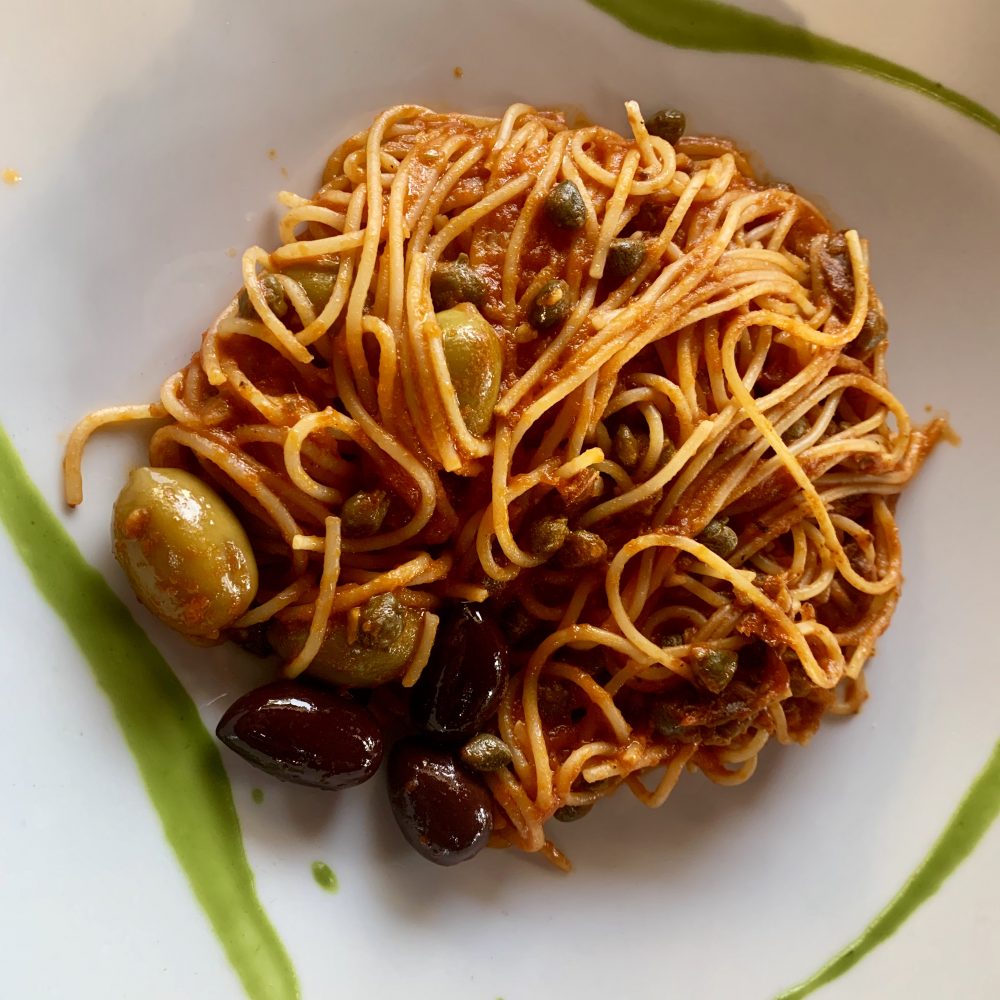
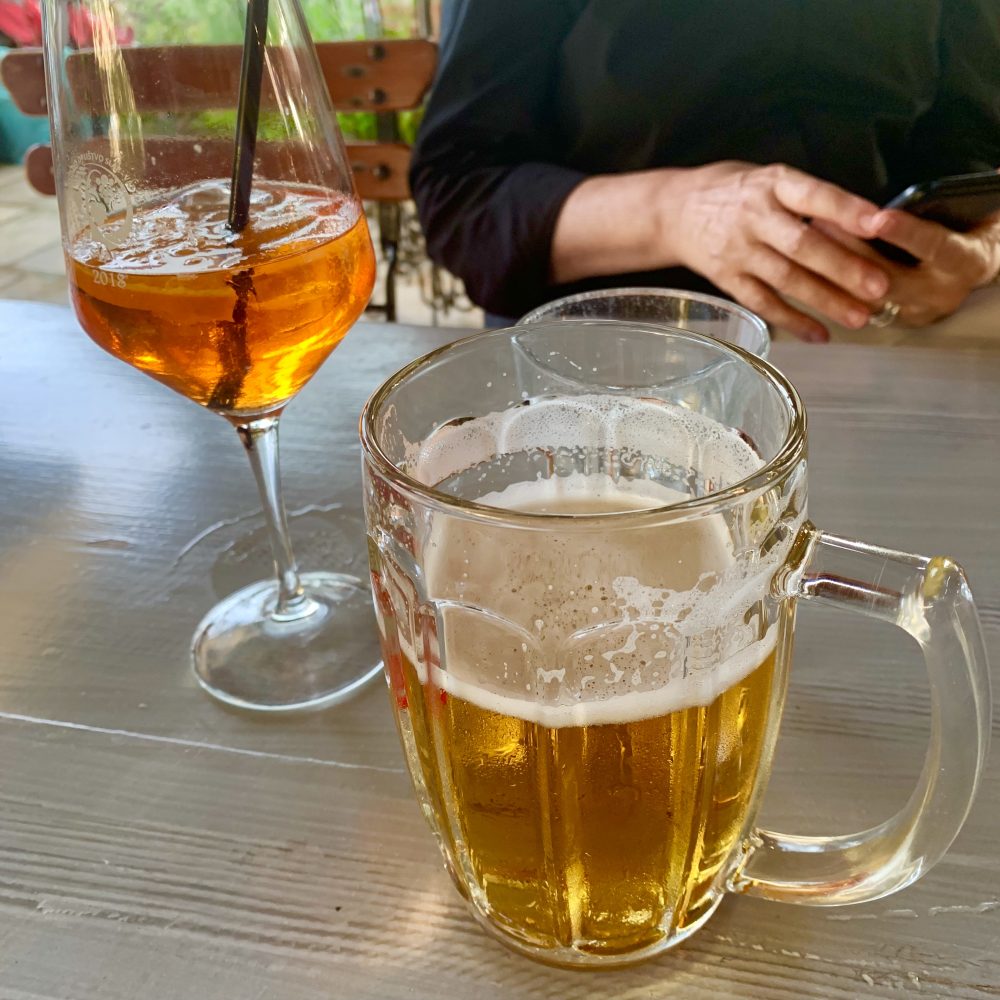
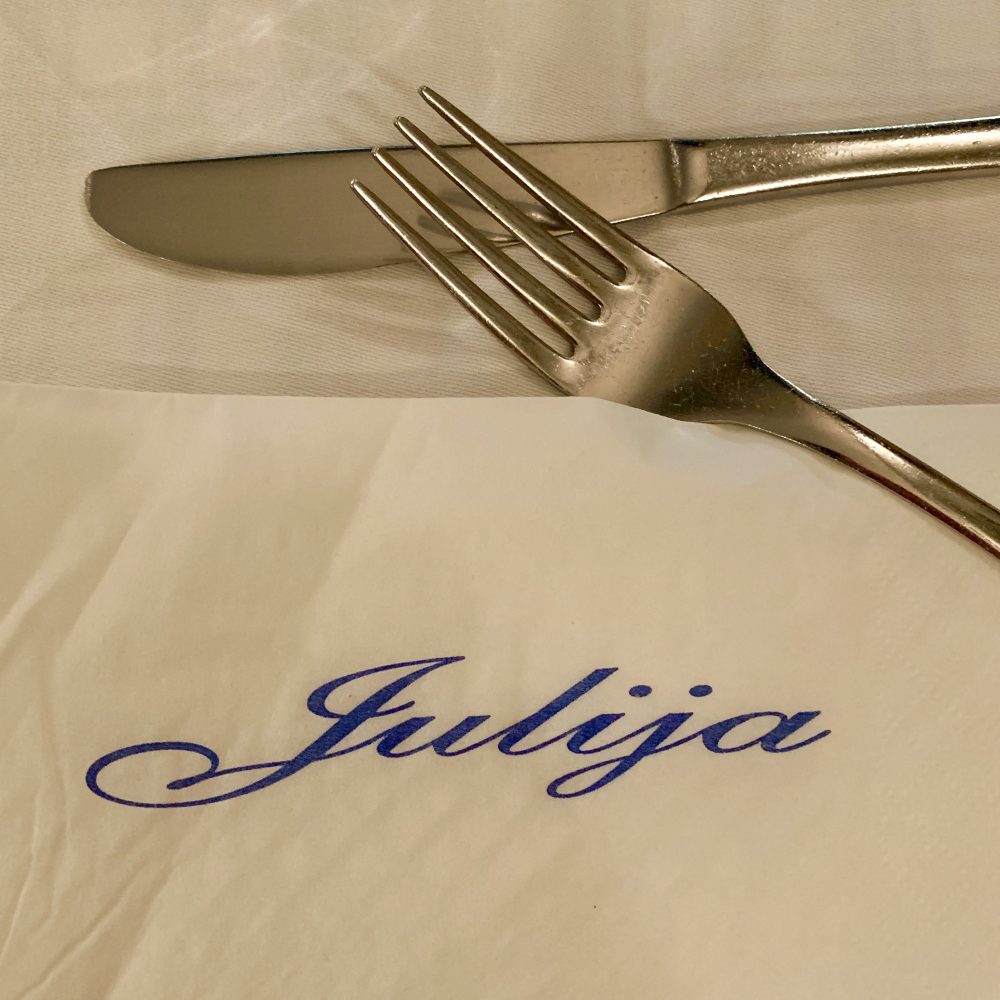
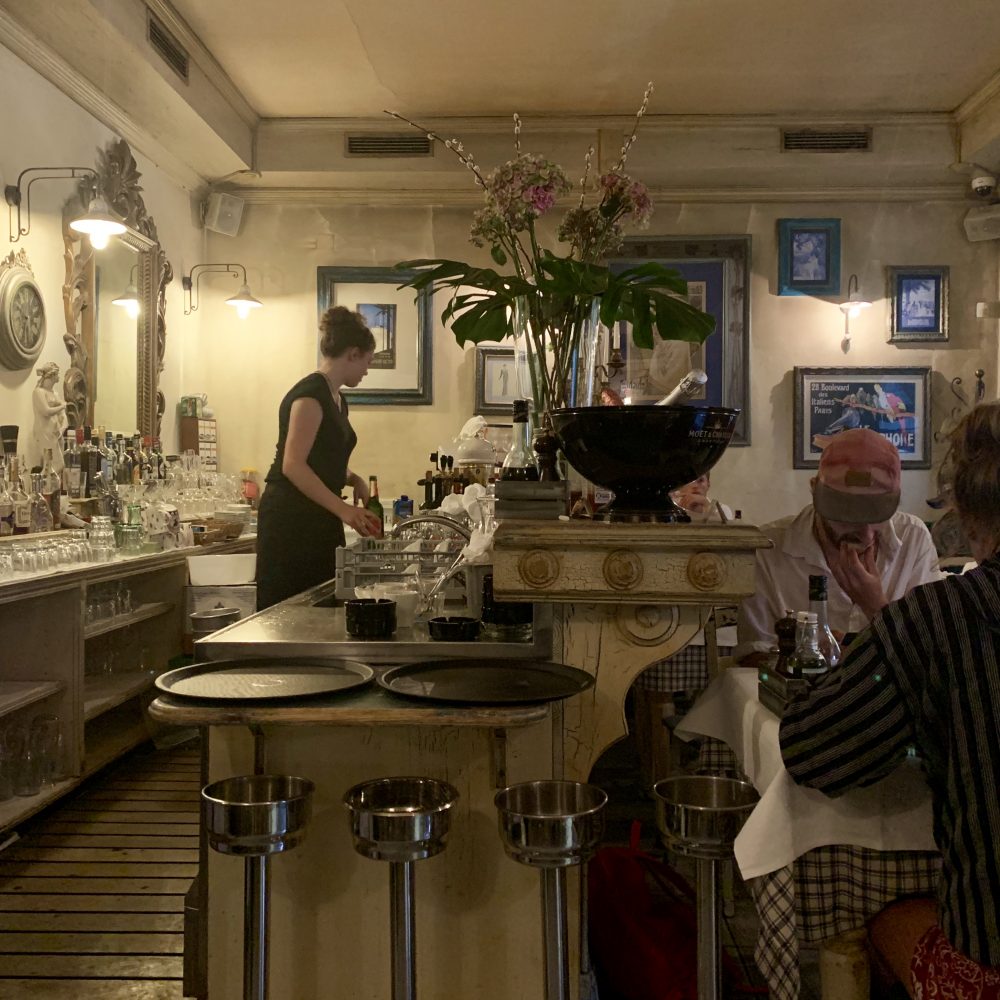
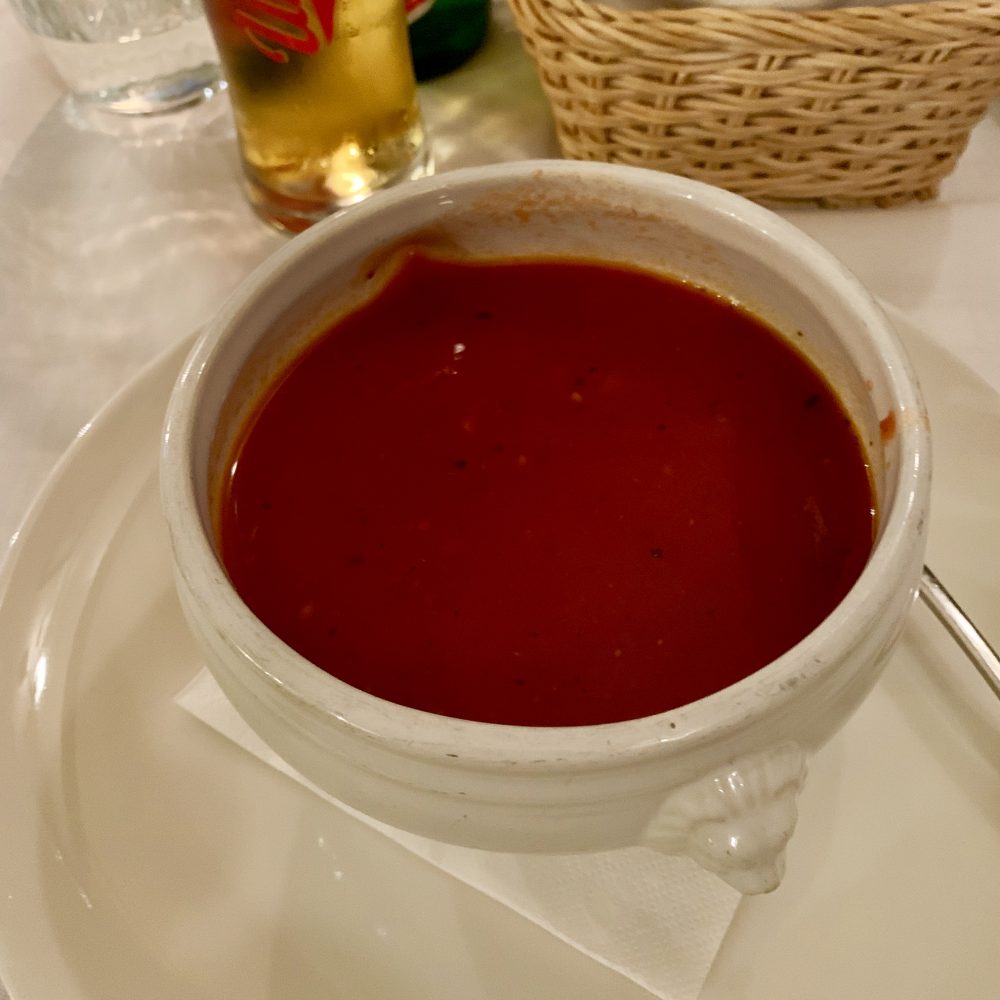
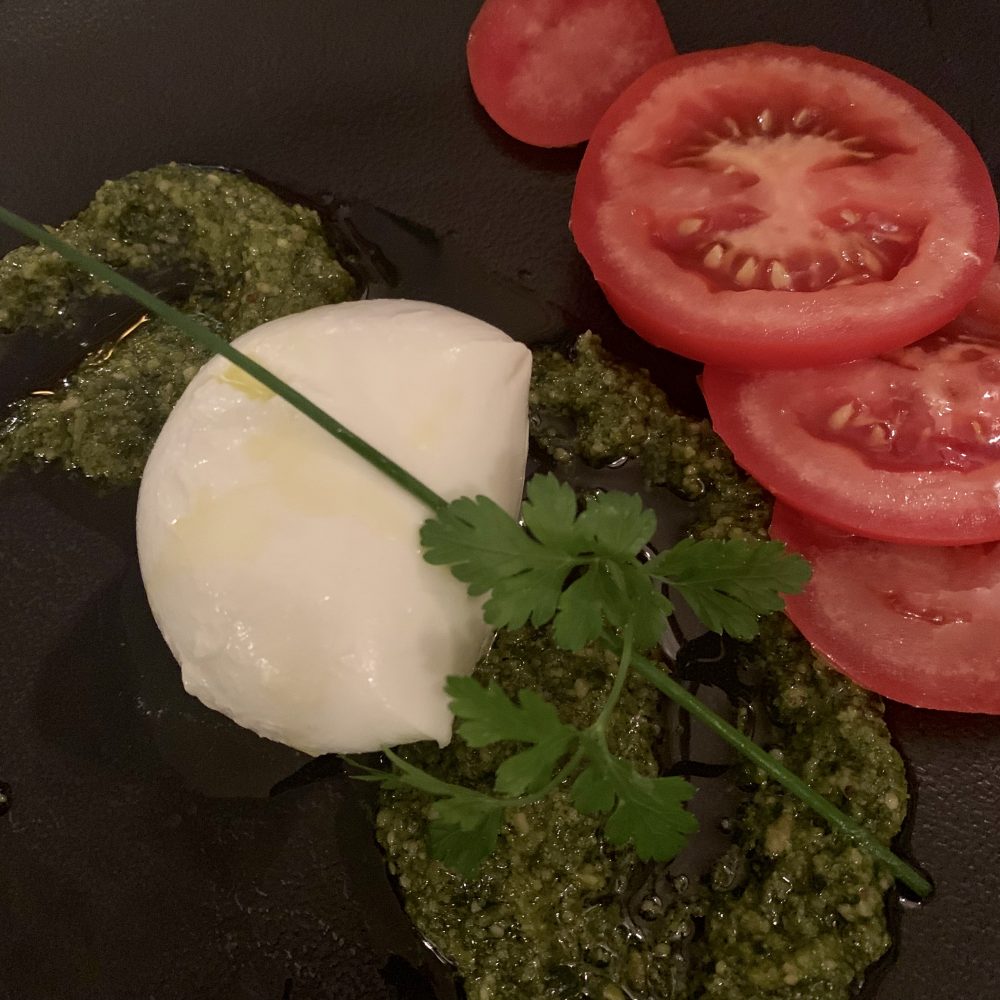
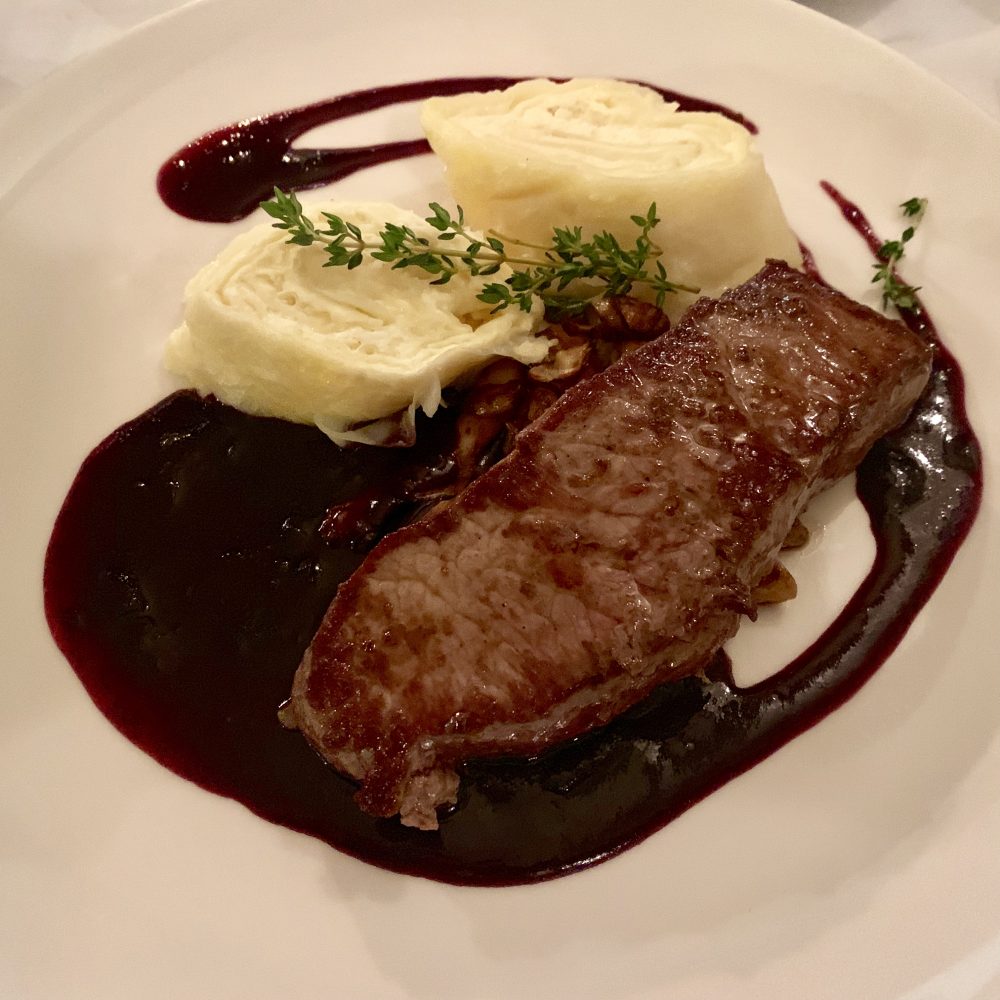
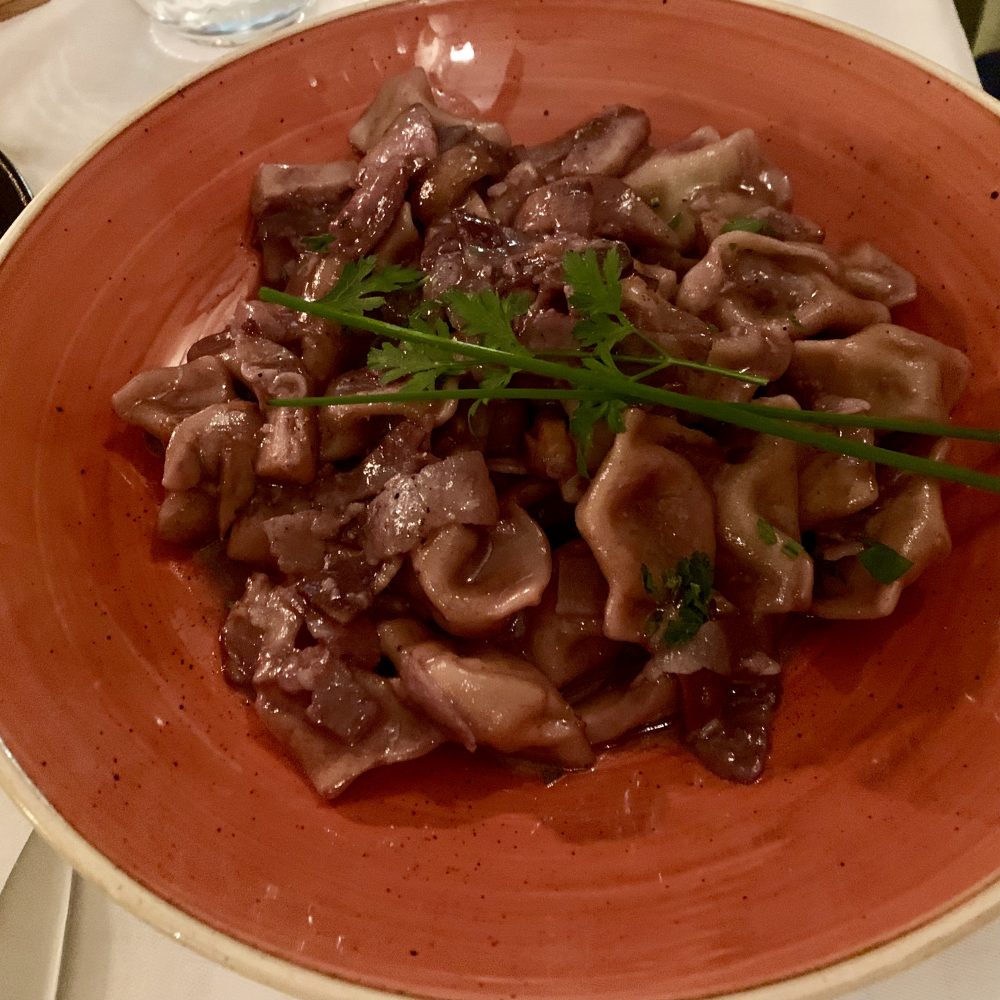
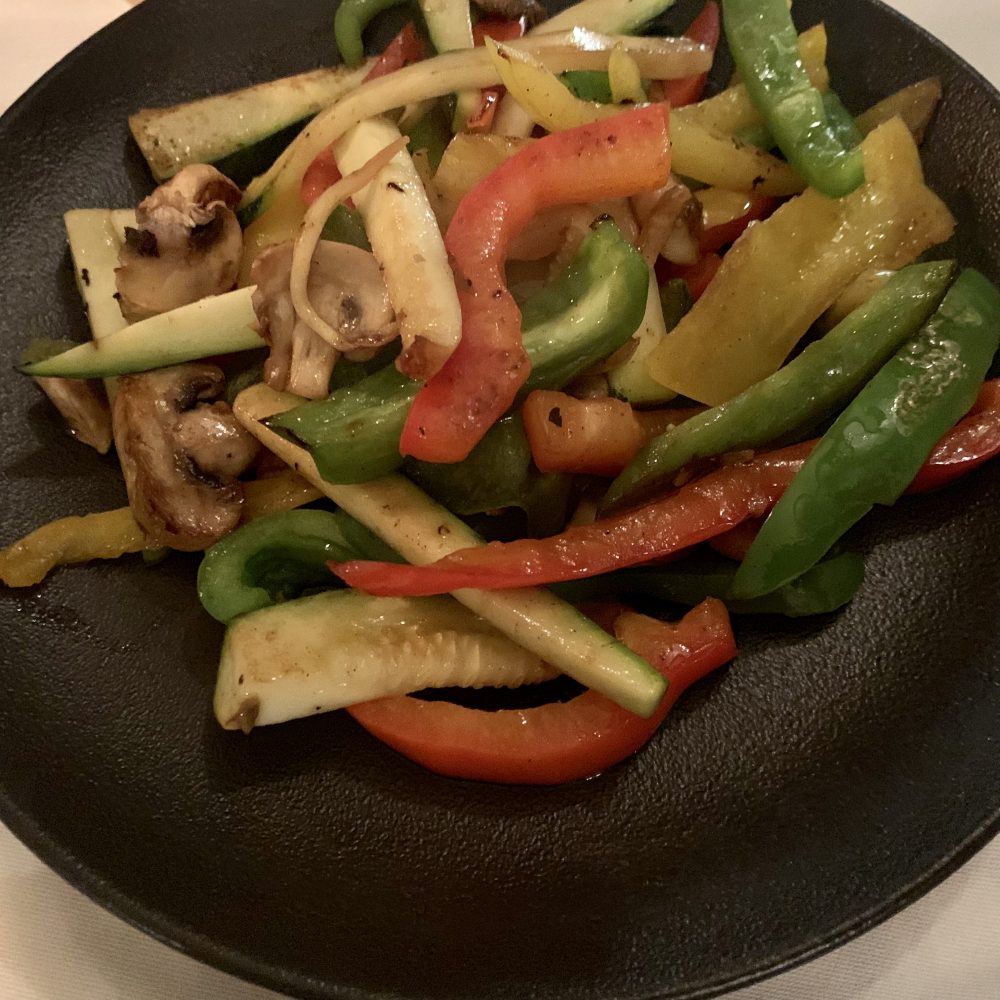
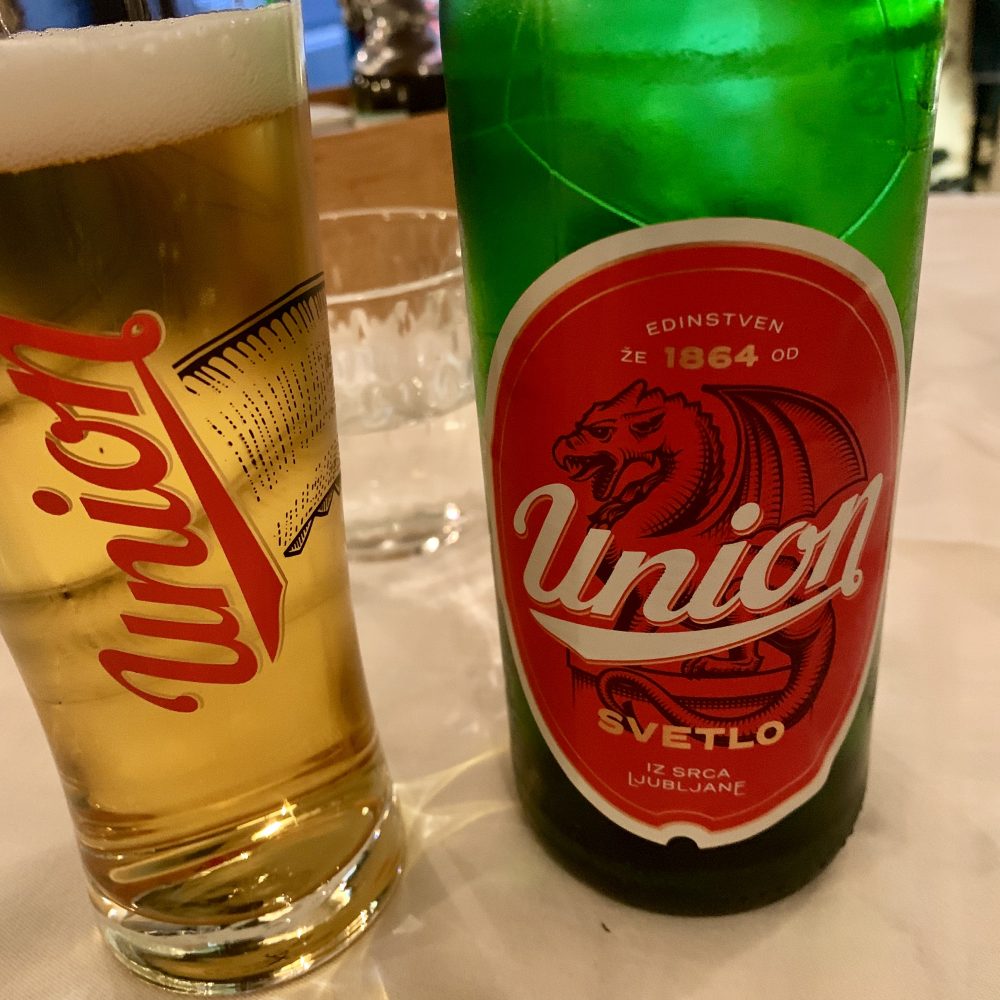
Goodbye, Slovenia
It was great to see a bit of Slovenia, but it did challenge Robert’s dyslexia, especially when adding names to the navigation apps! You try spelling Ljubljana by memory!

Love the triple bridge but not too sure how it worked. You should have included engineering drawings lol!
What a gorgeous city! You have pictures of work of its most famous architect, Jože Plečnik, like the colonnaded market. I think he did the crazy bridge too. He had a very particular version of classicism, influenced by progressive Austrian work I think. Meanwhile I see you can mangia molto bene there.
Now I went back and read the text. I see you found Plecnik. There is so much great work out there that was not included in the canon we were taught. I’m glad you are seeing some.
Yes. He seemed to be well tuned into human scale and great design.